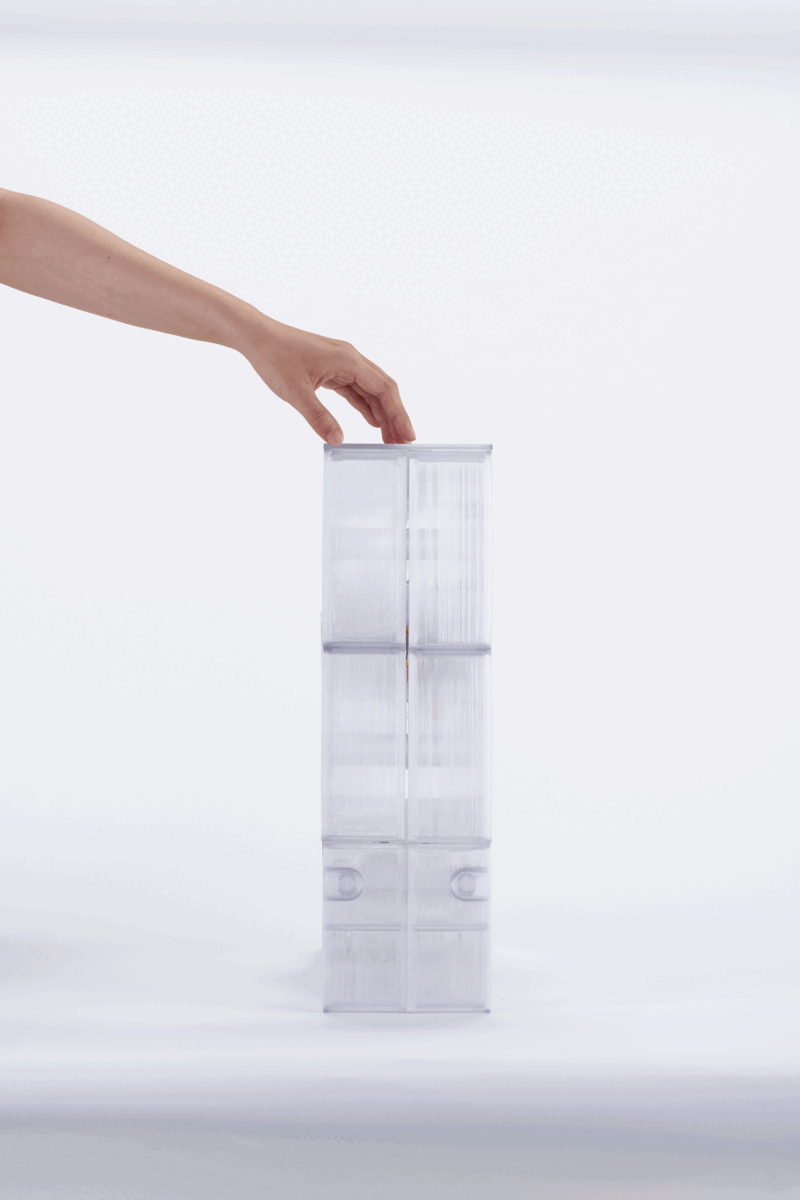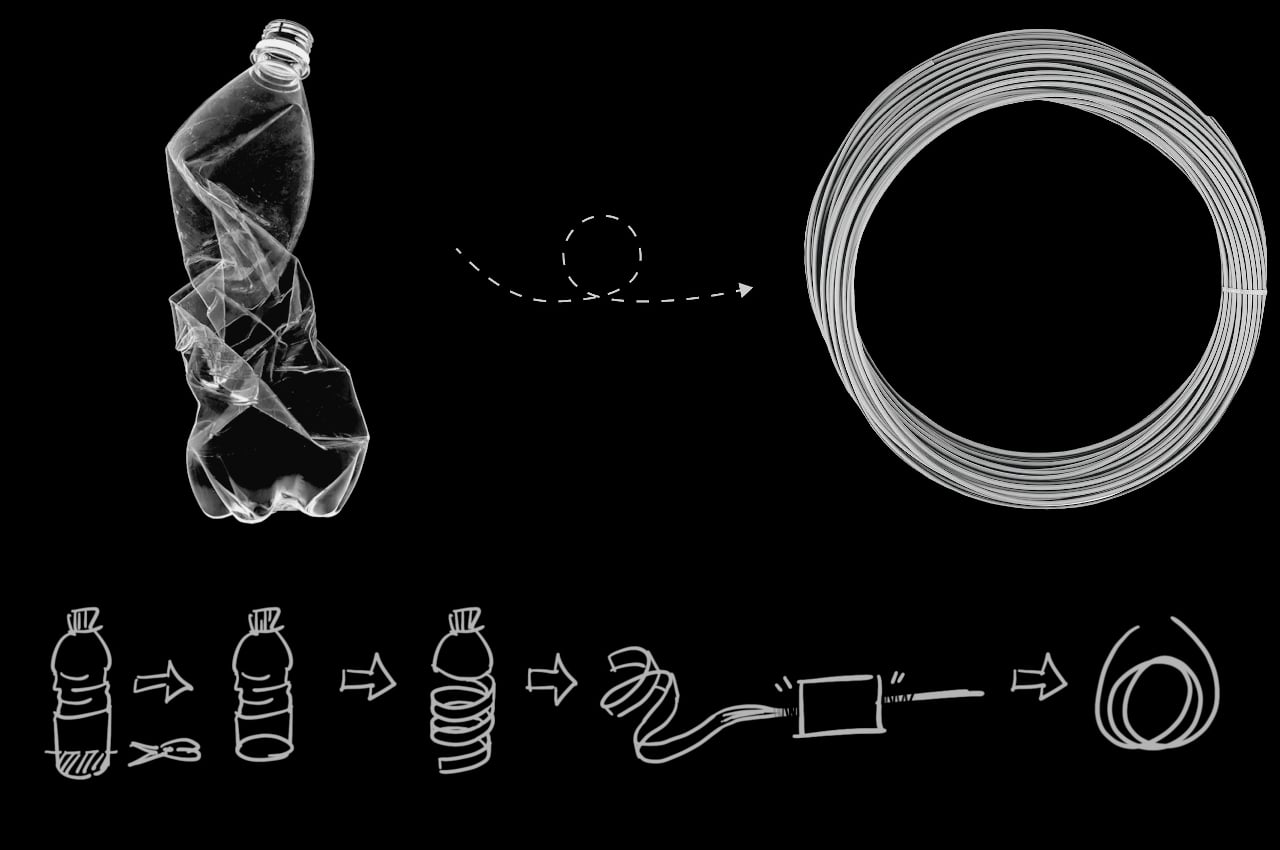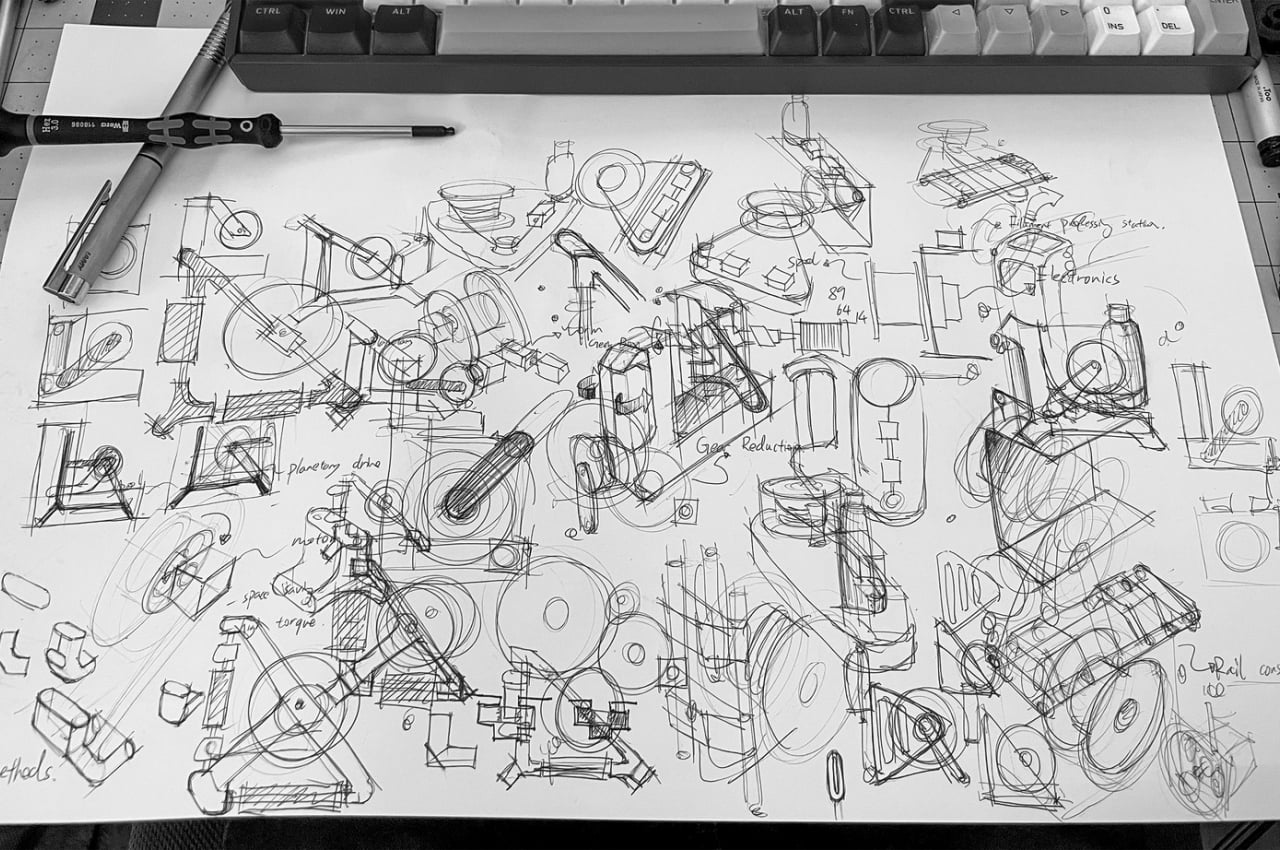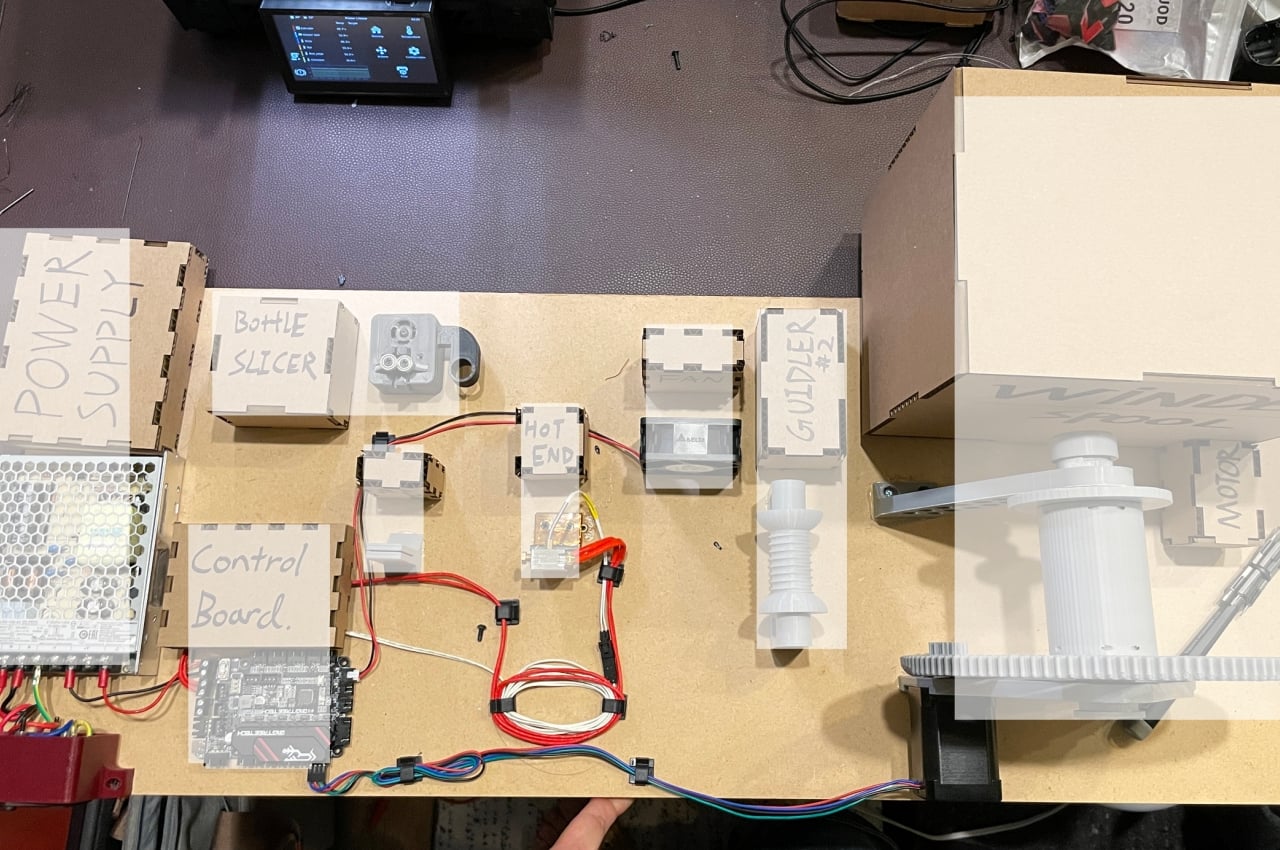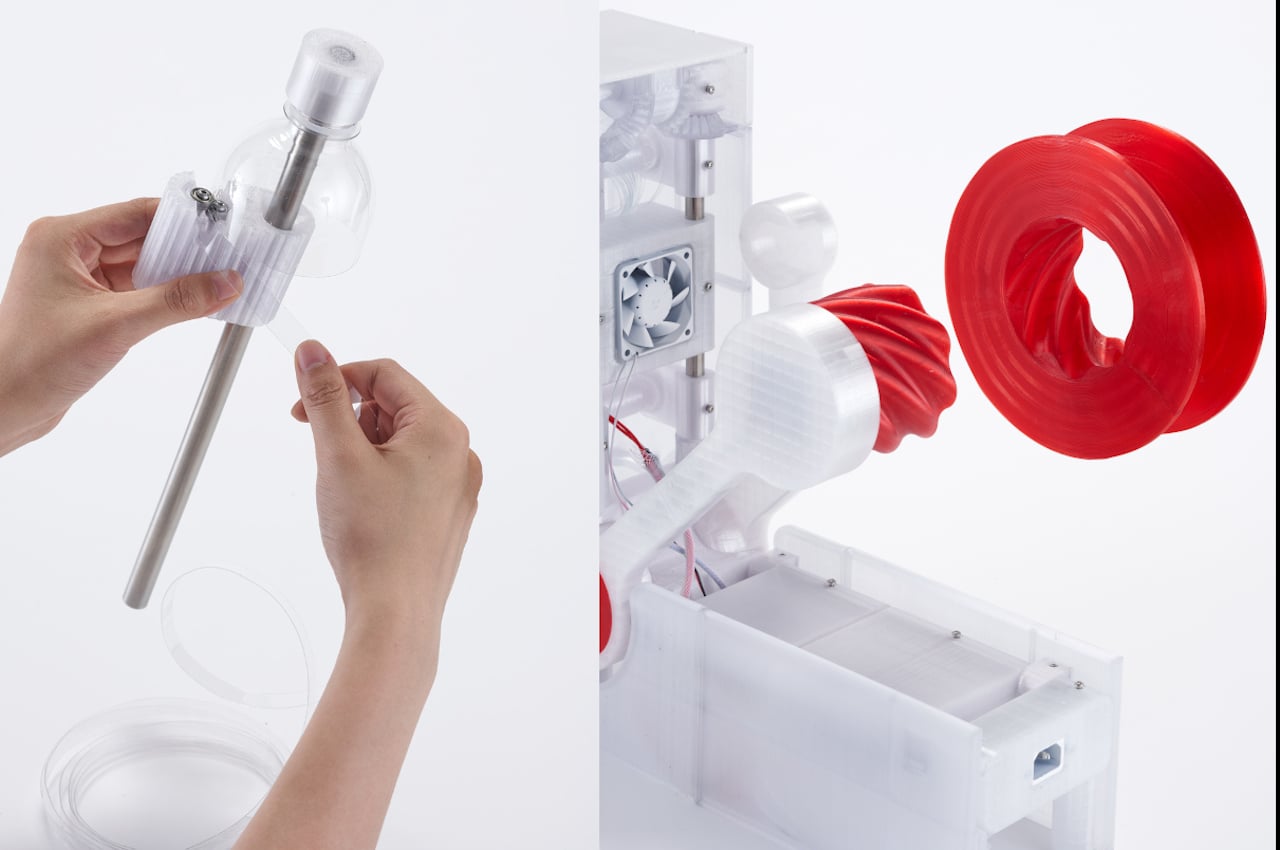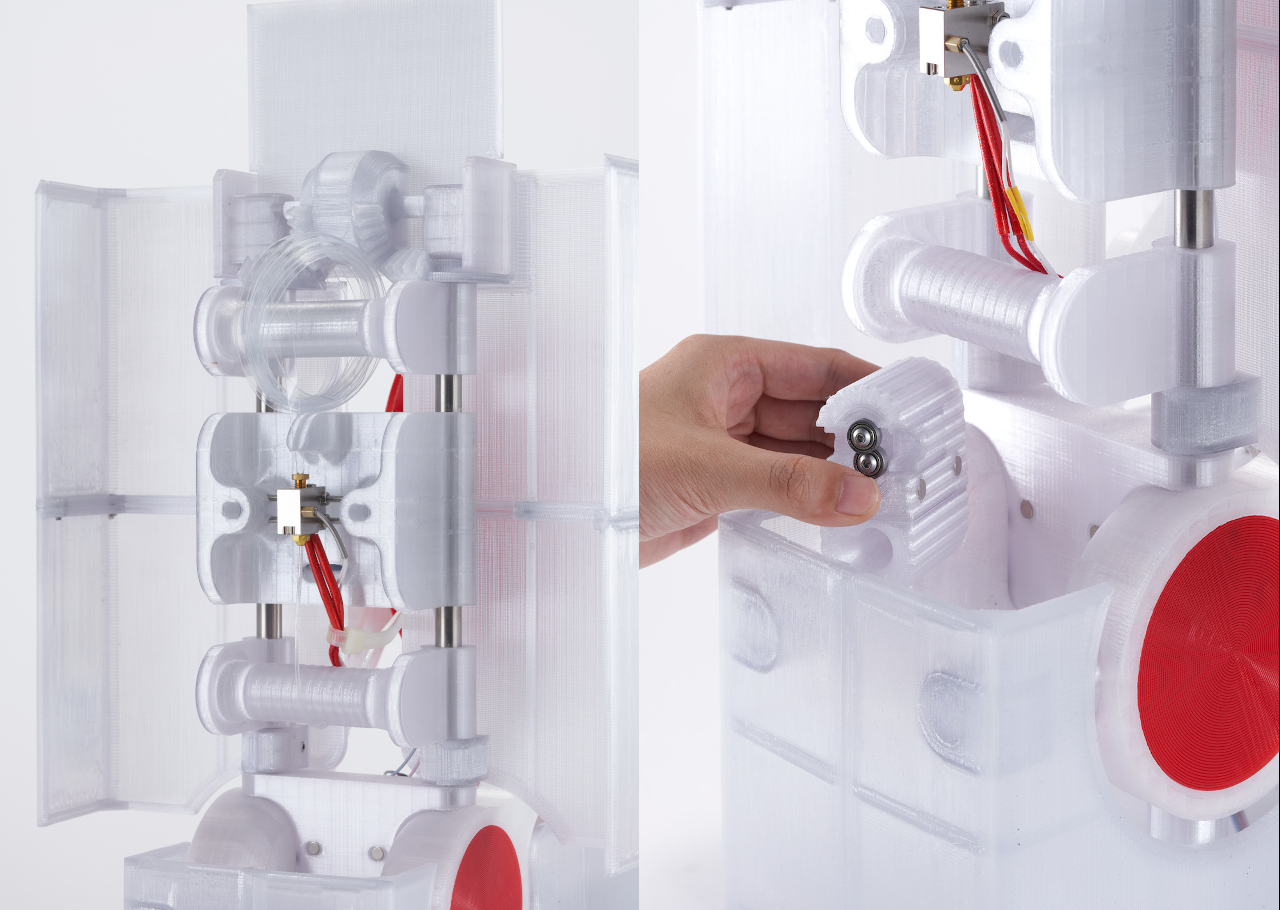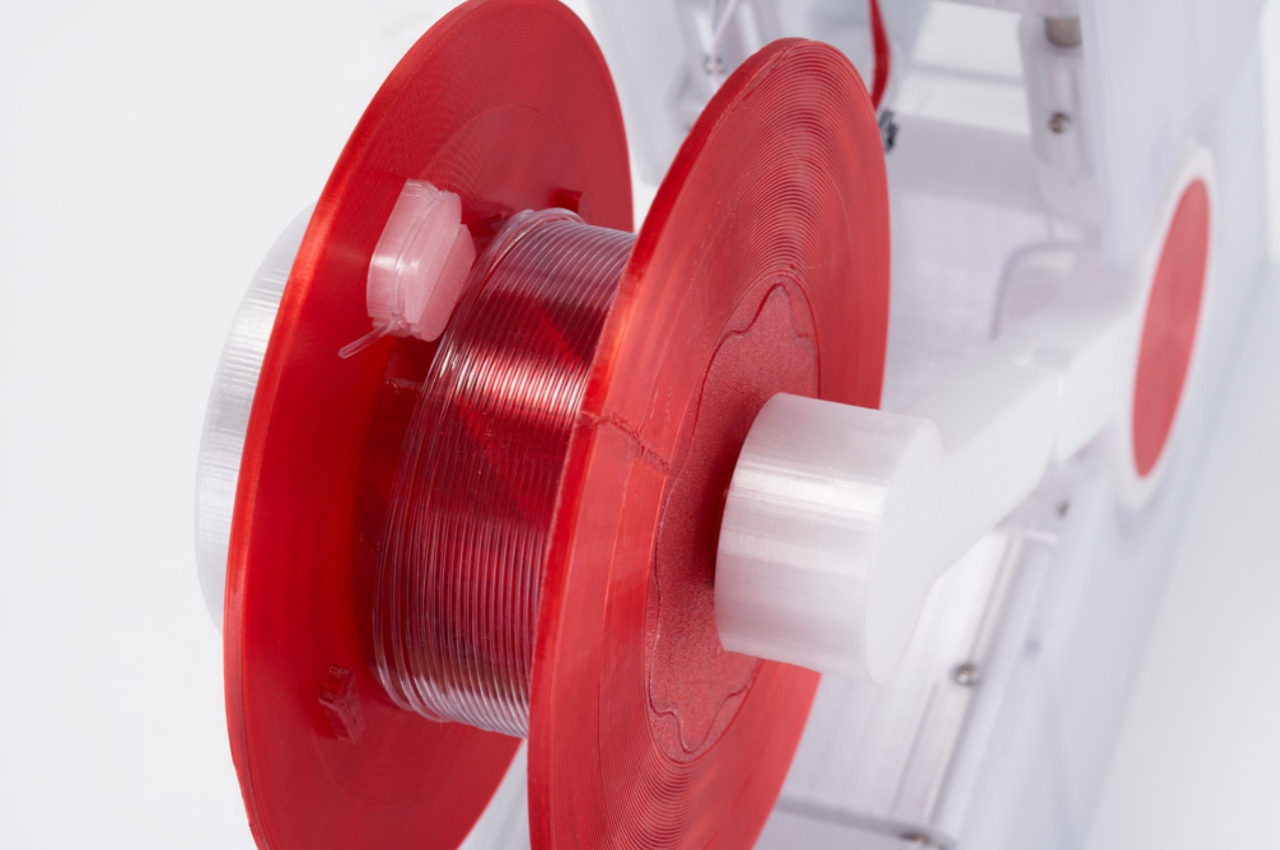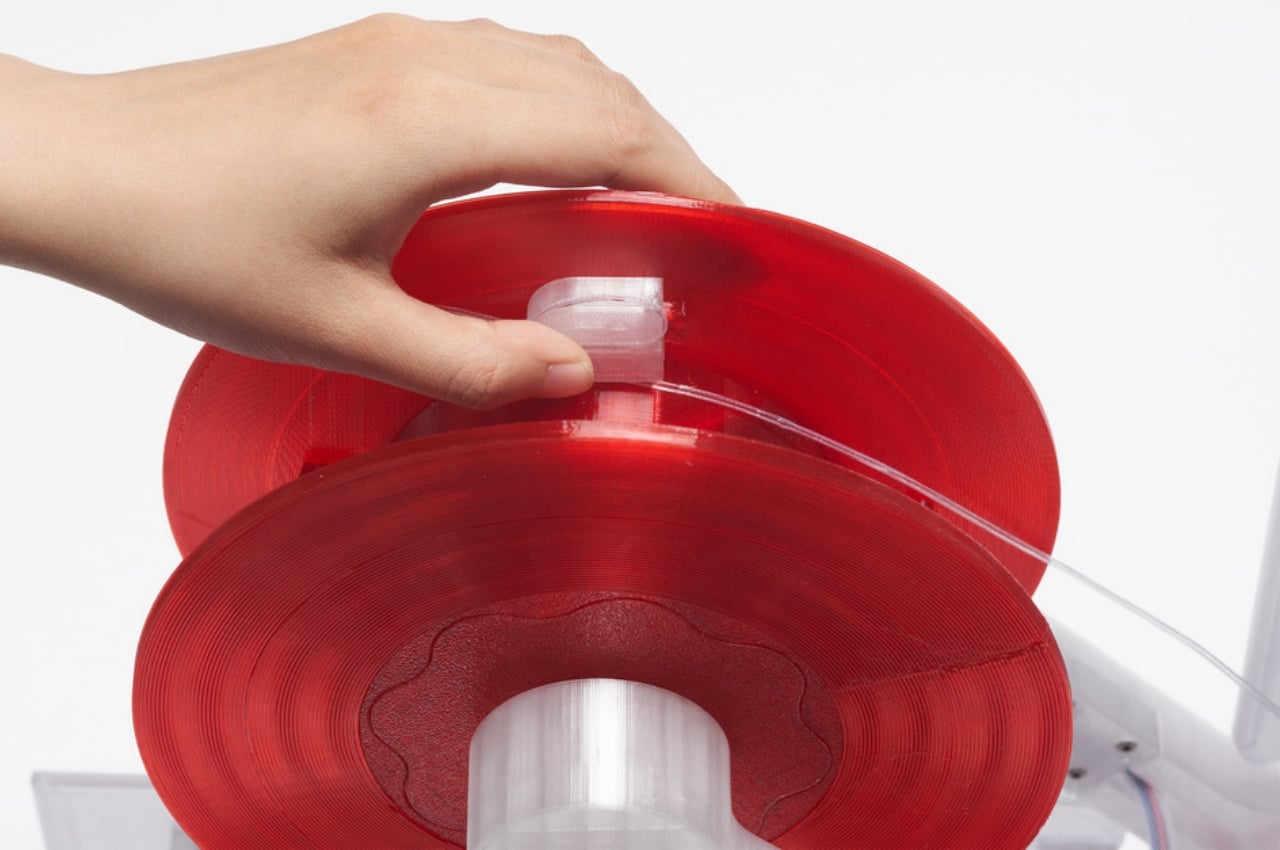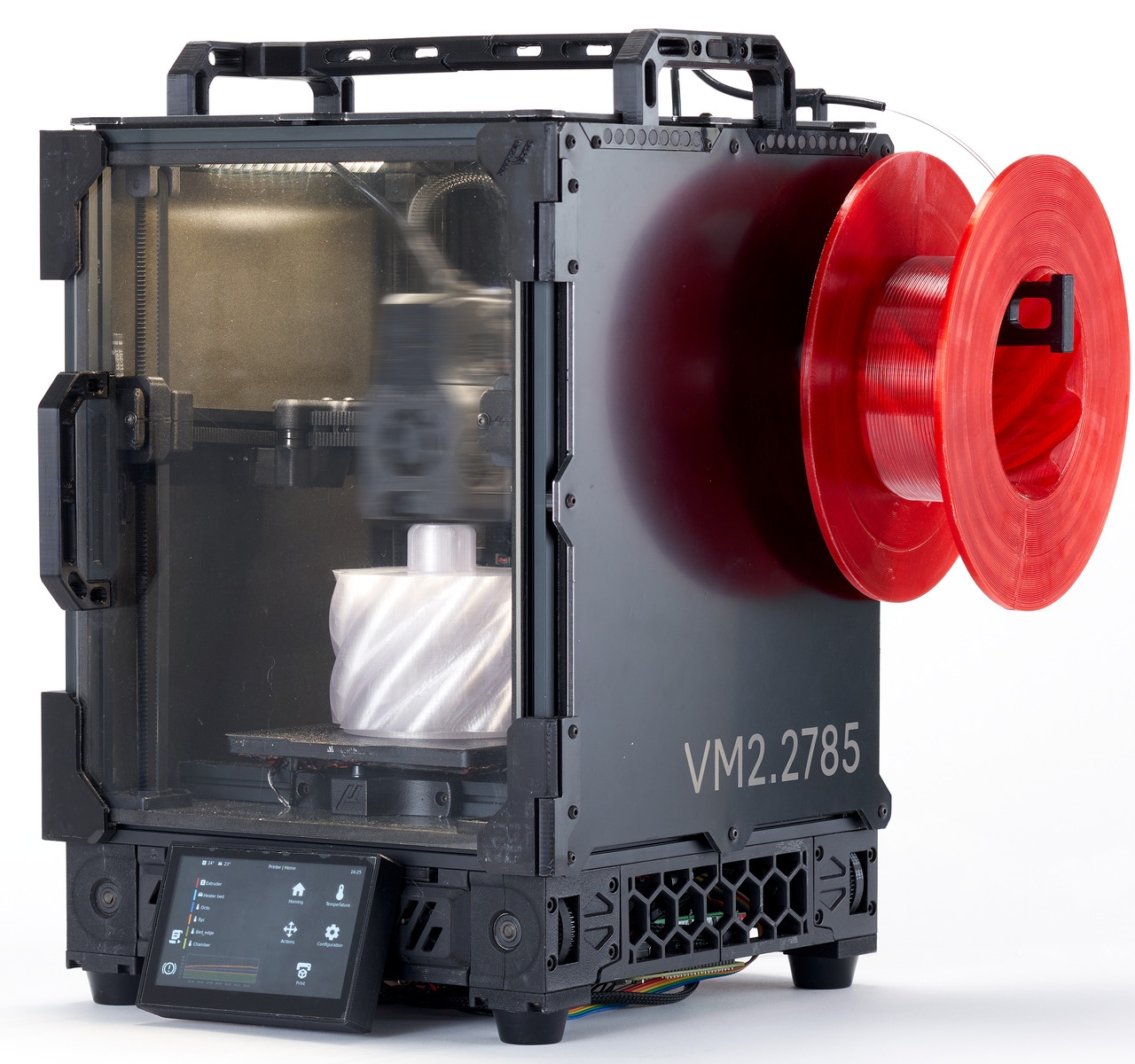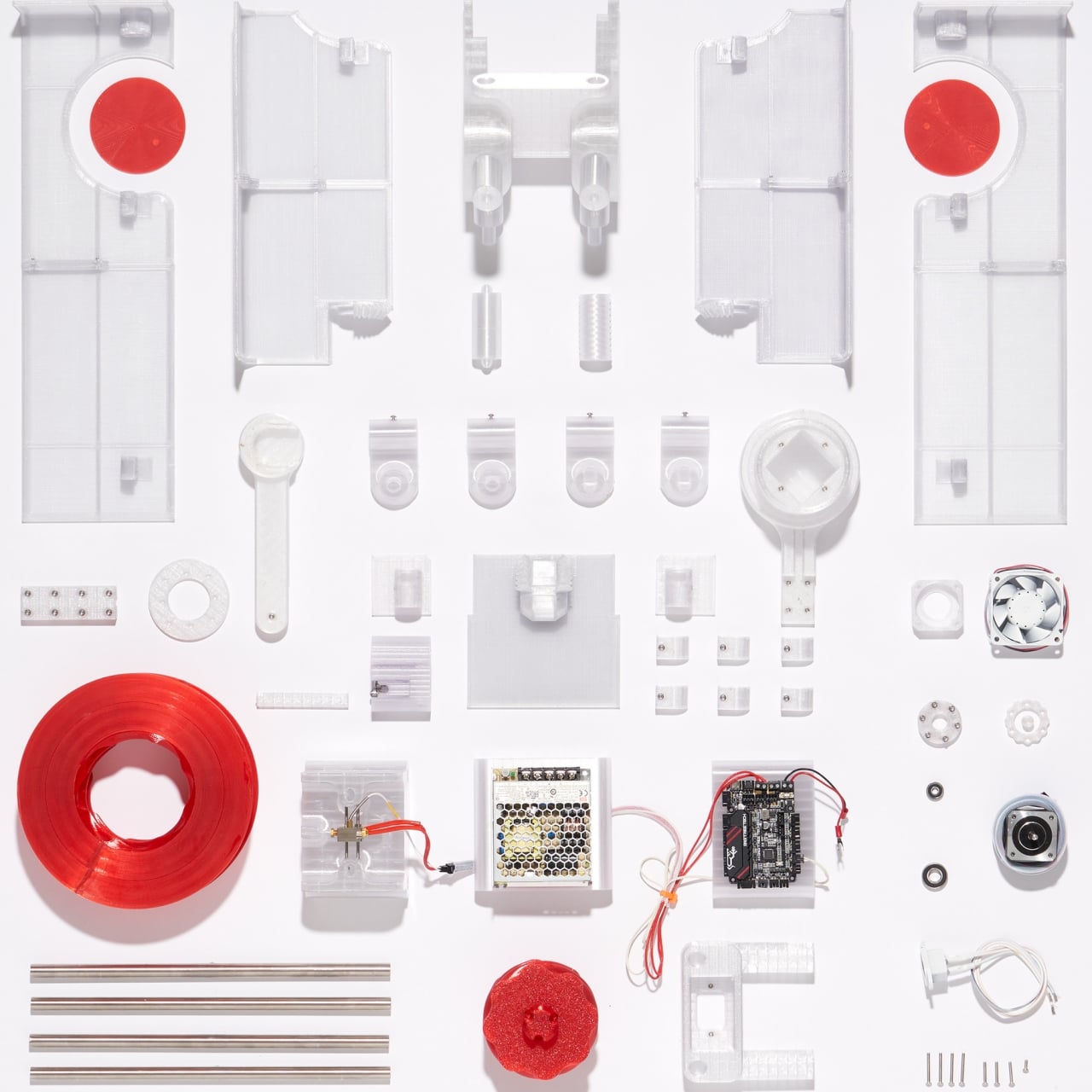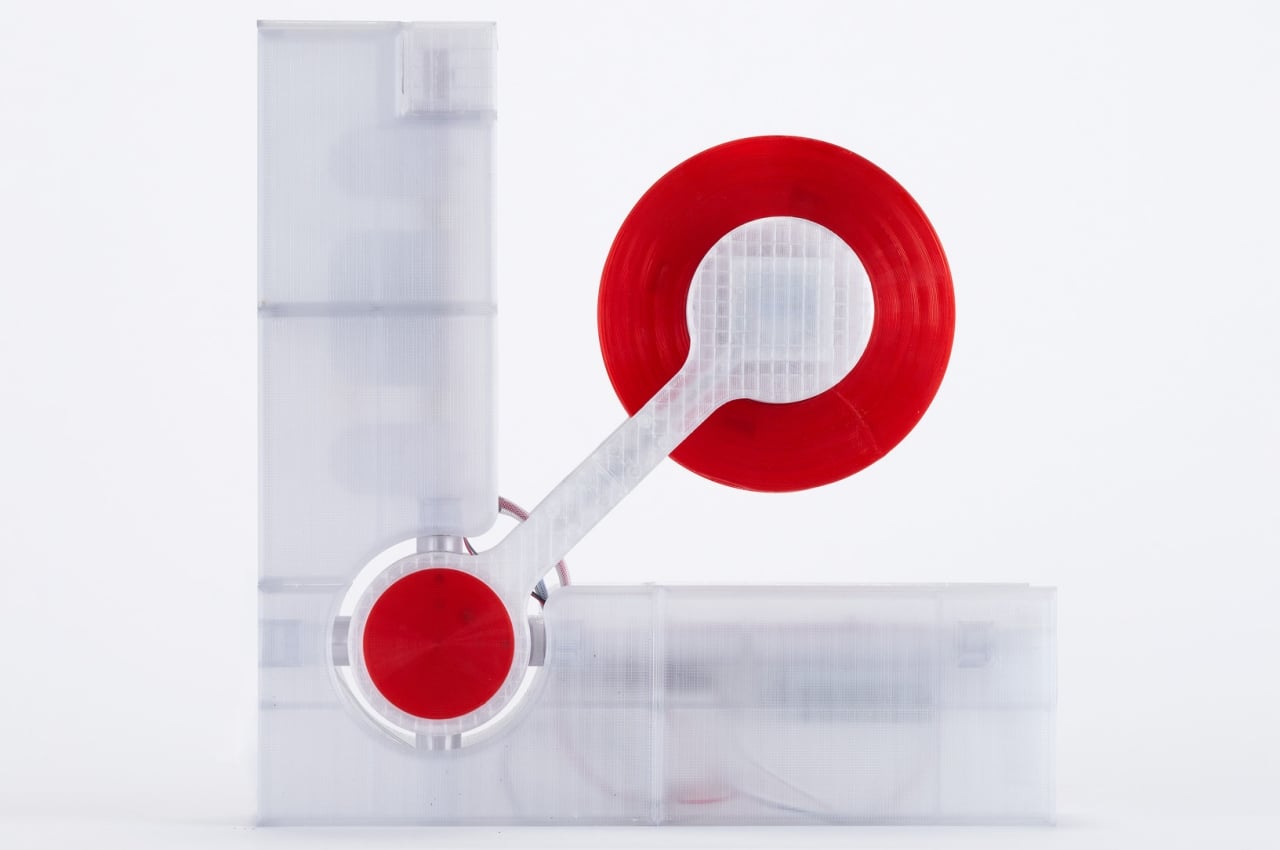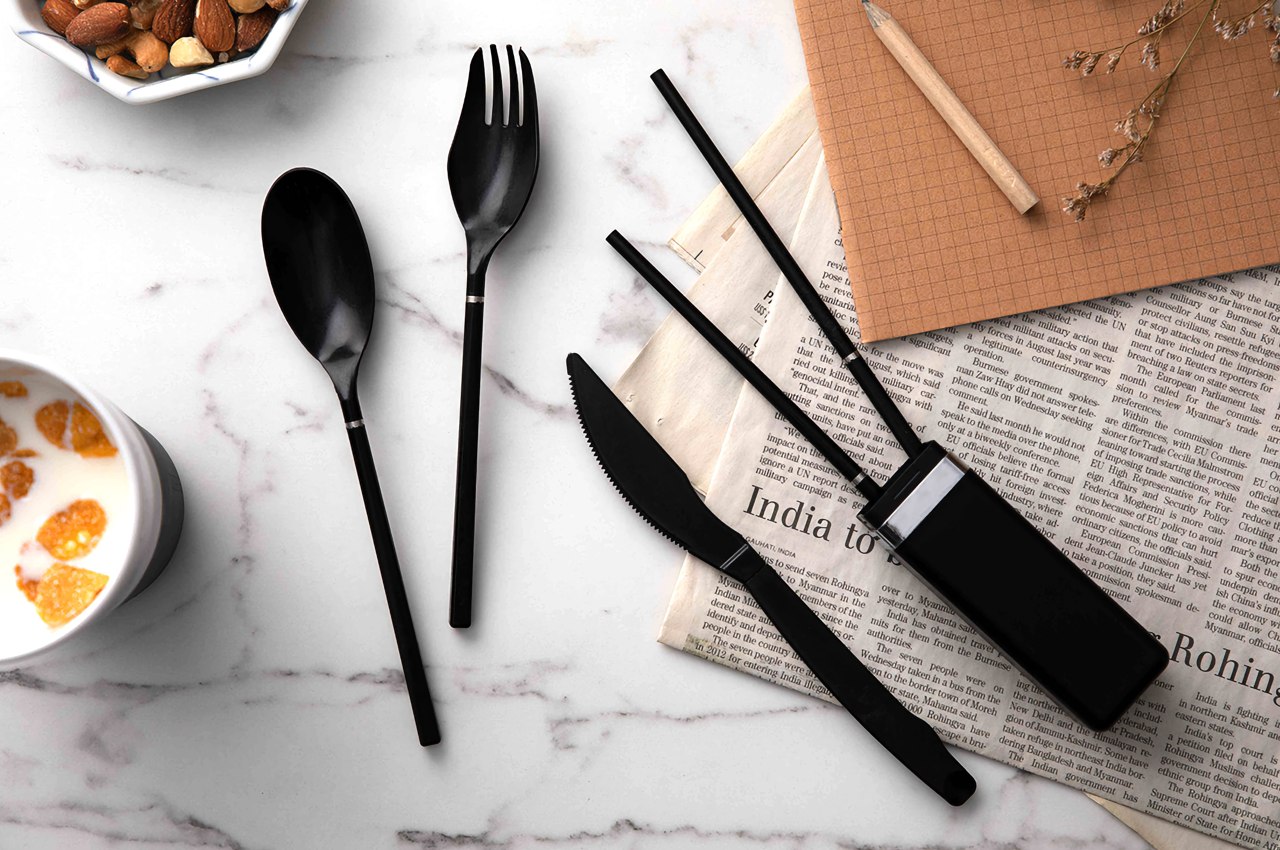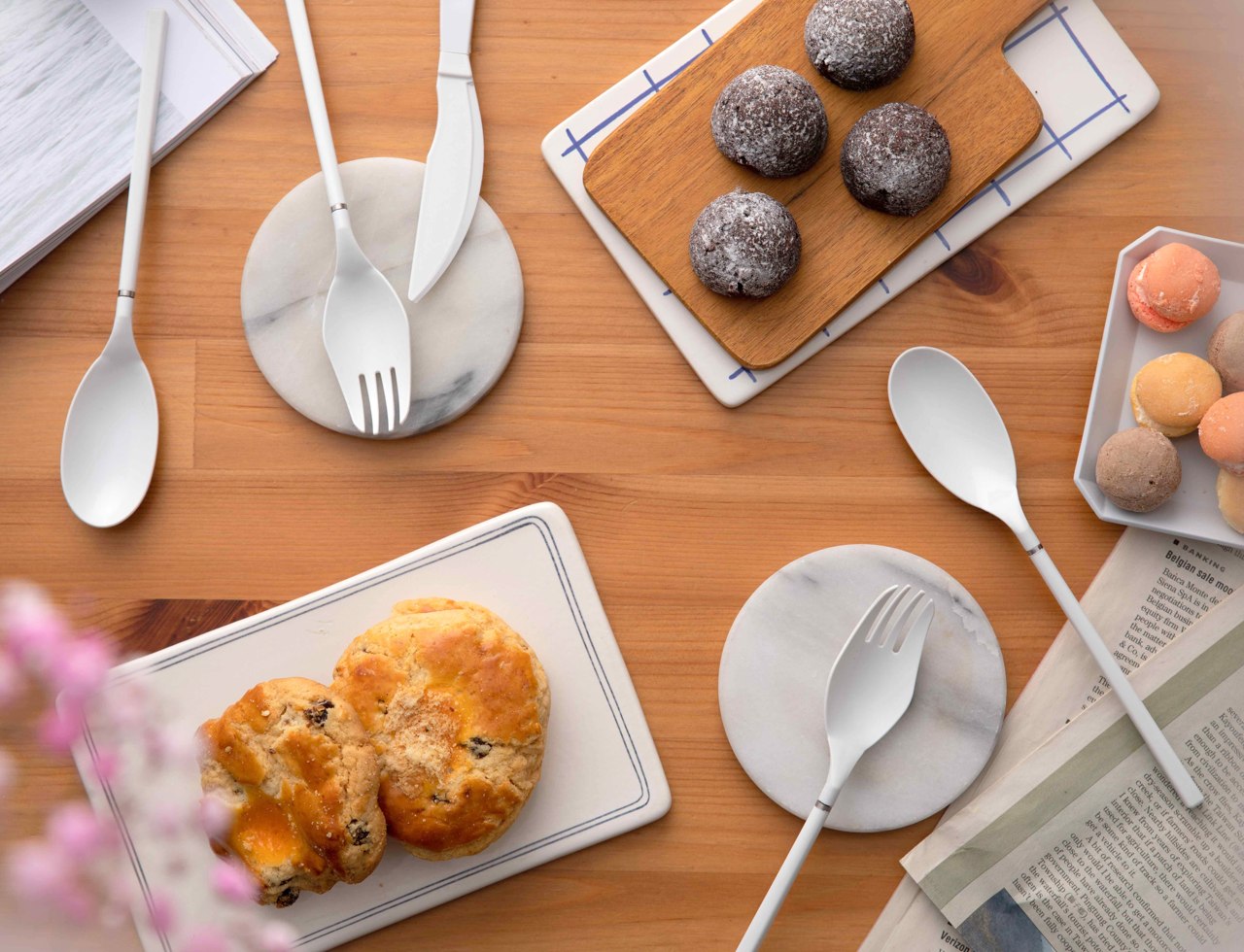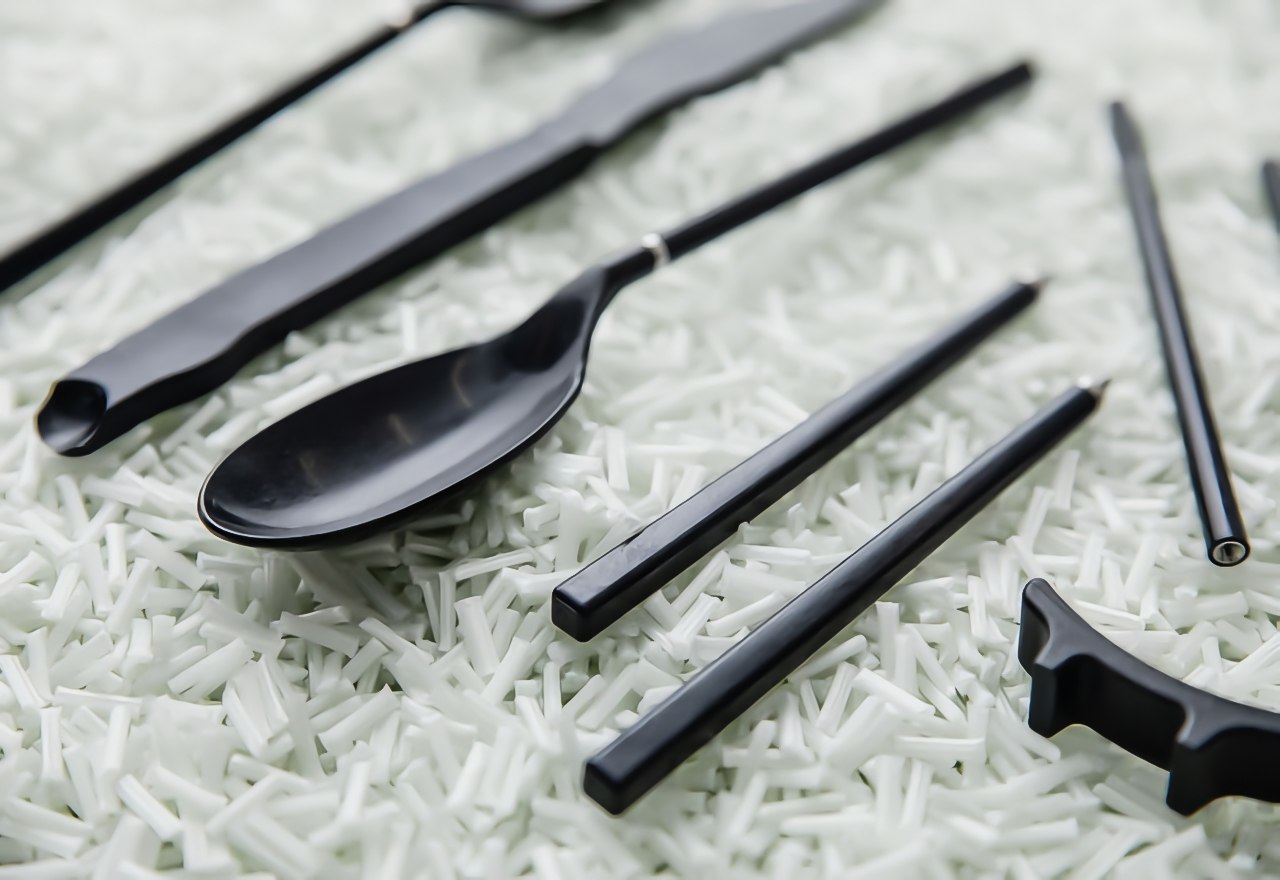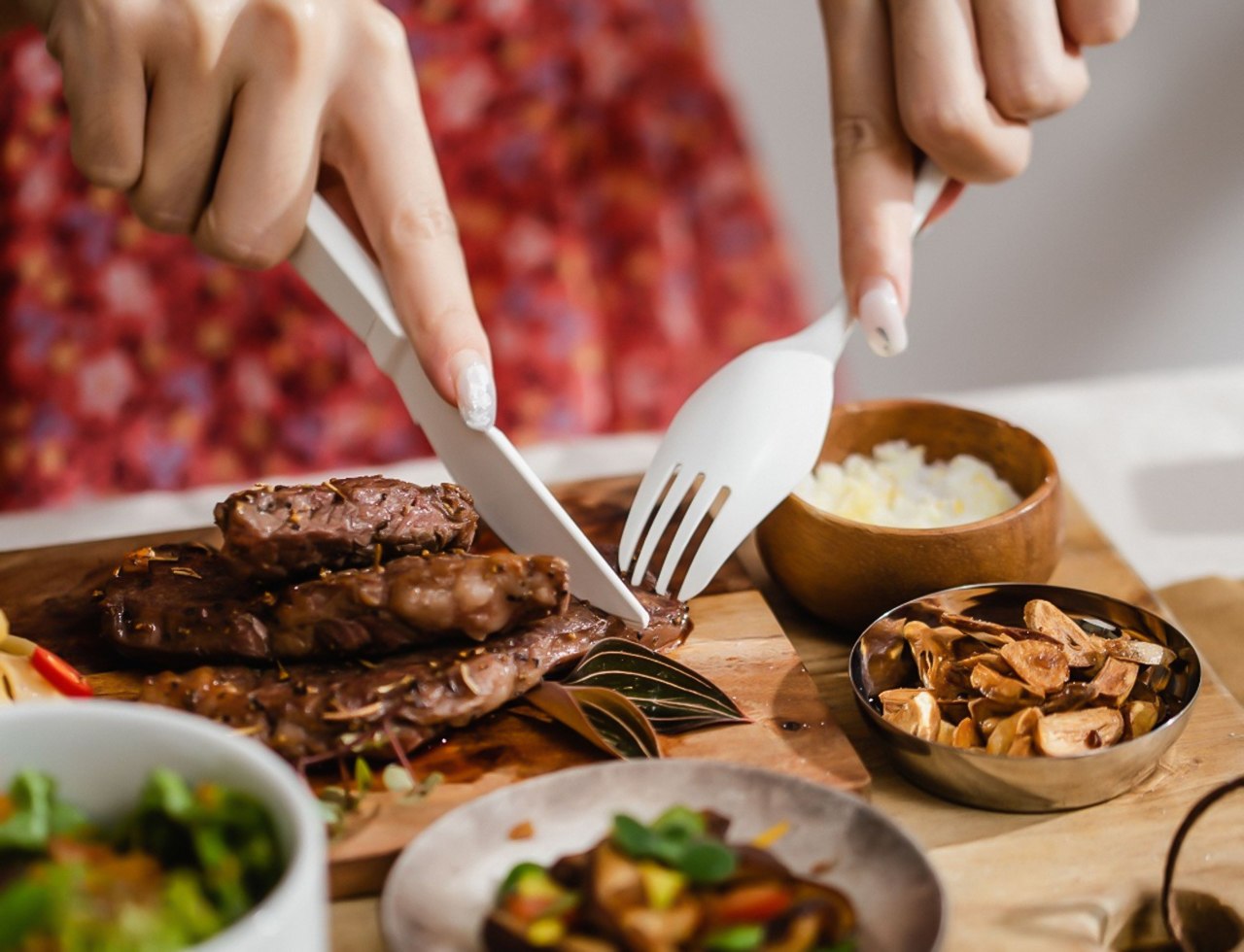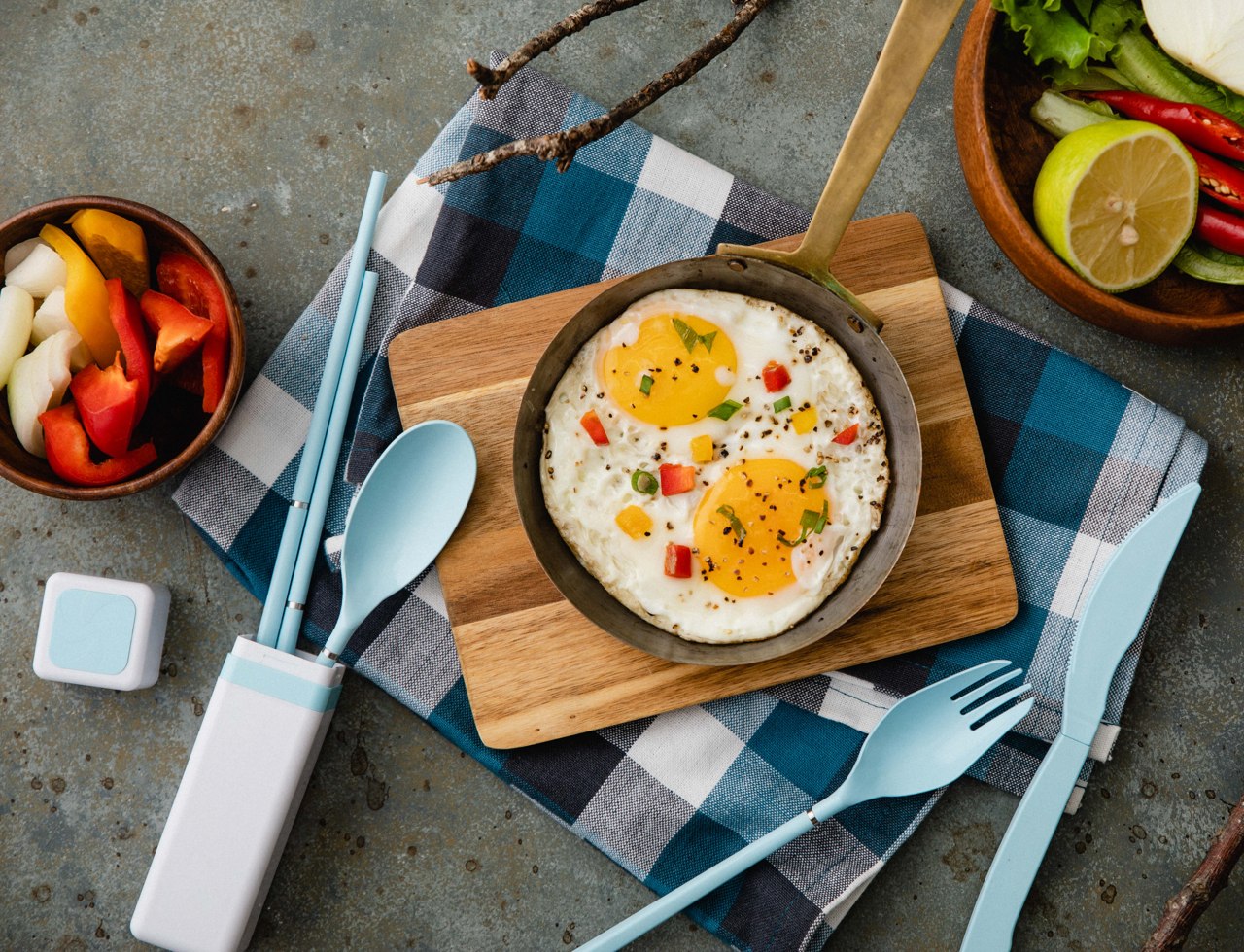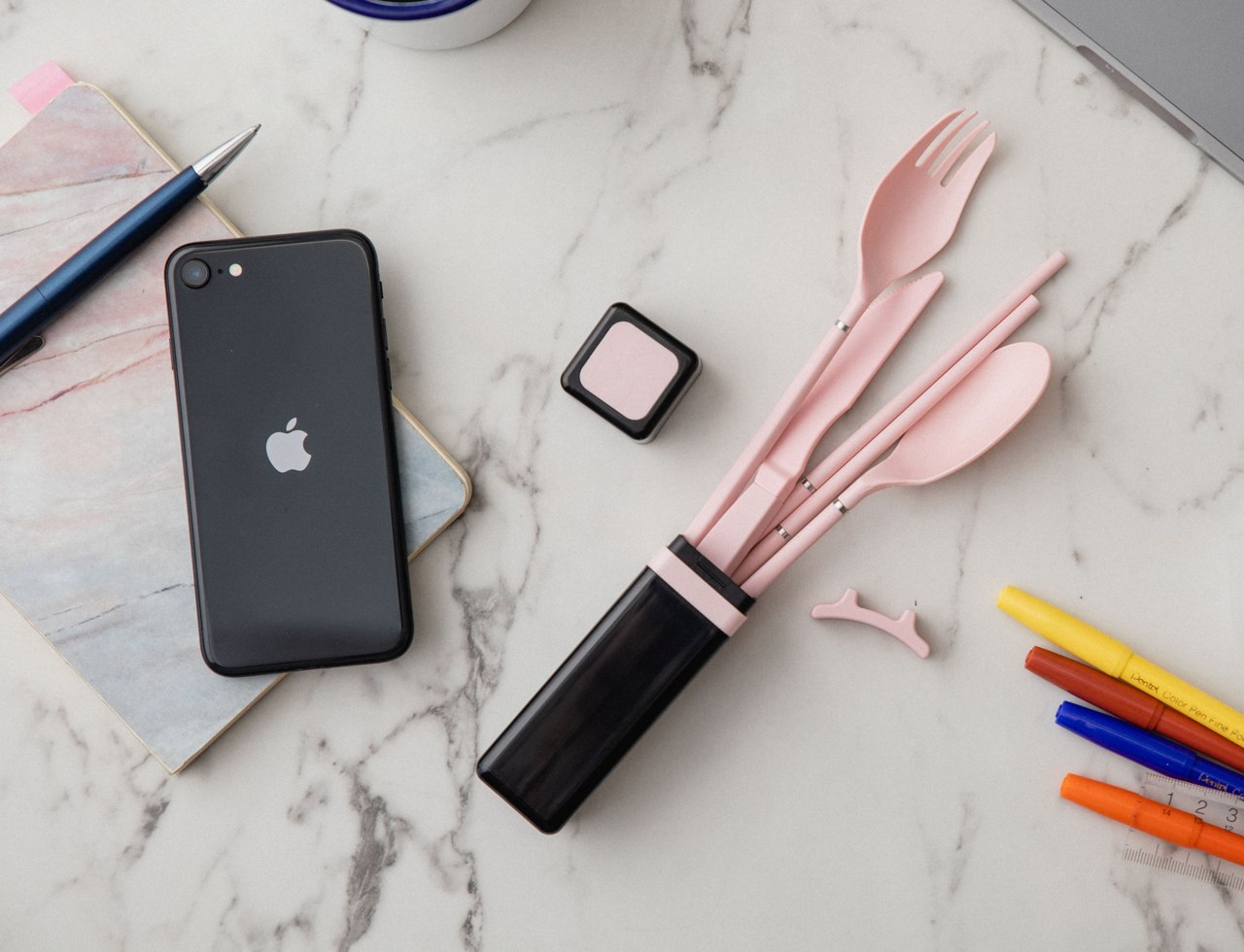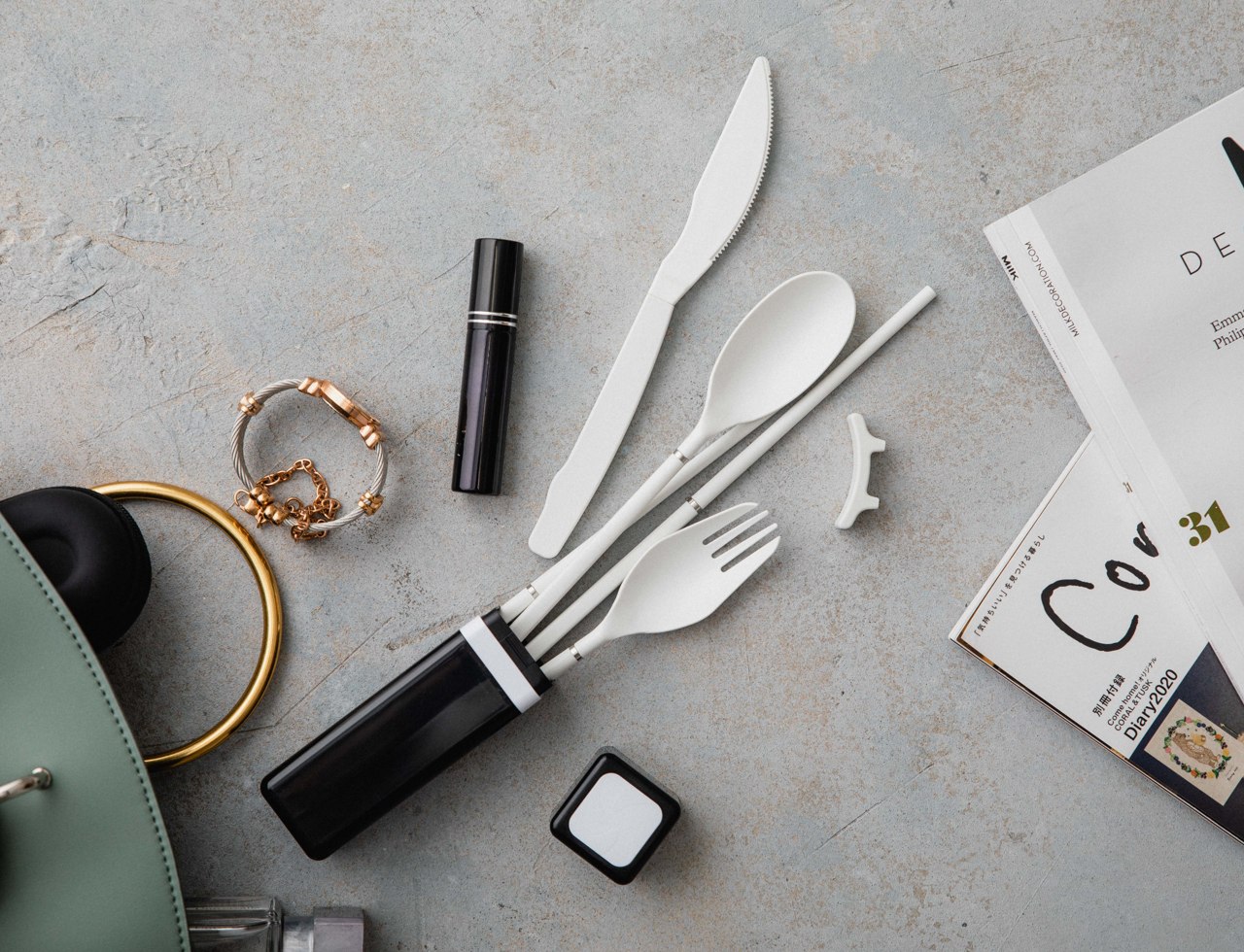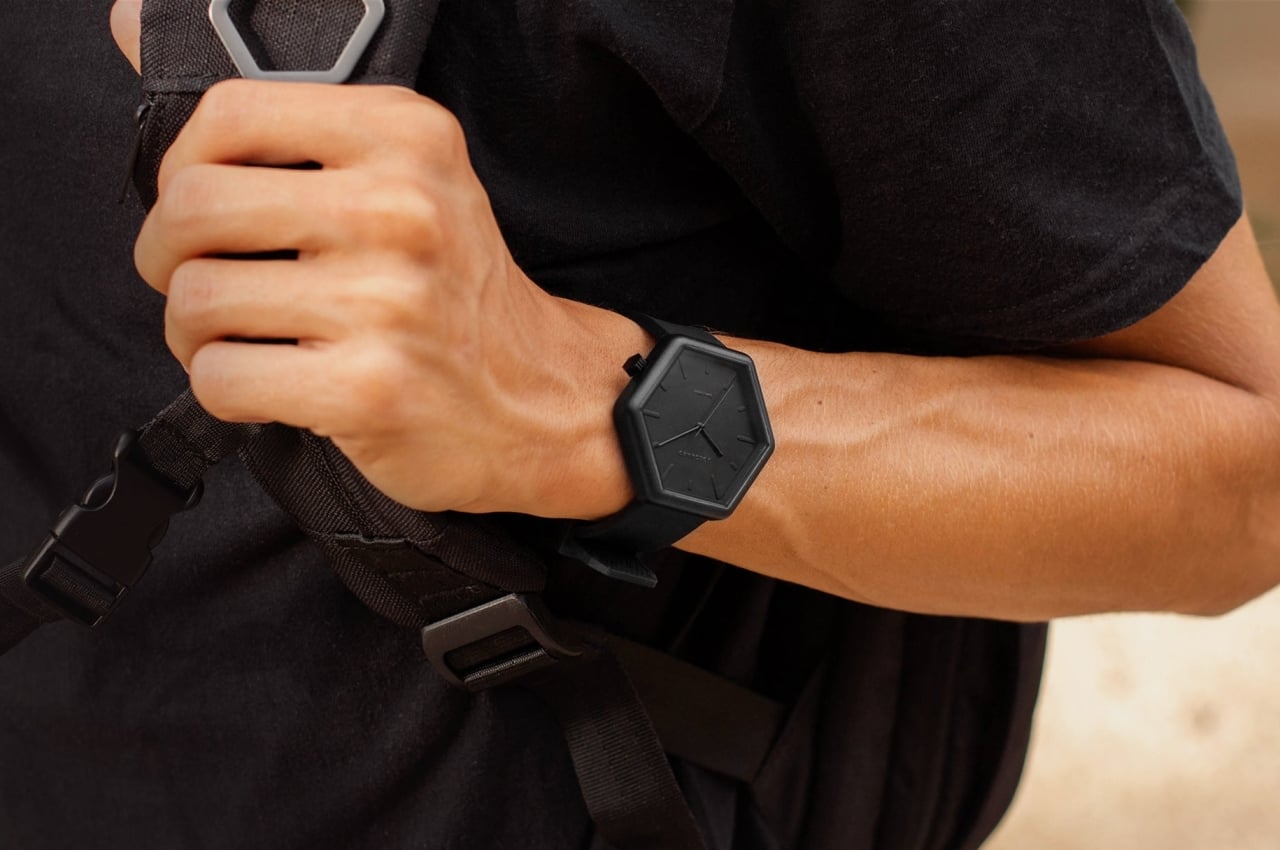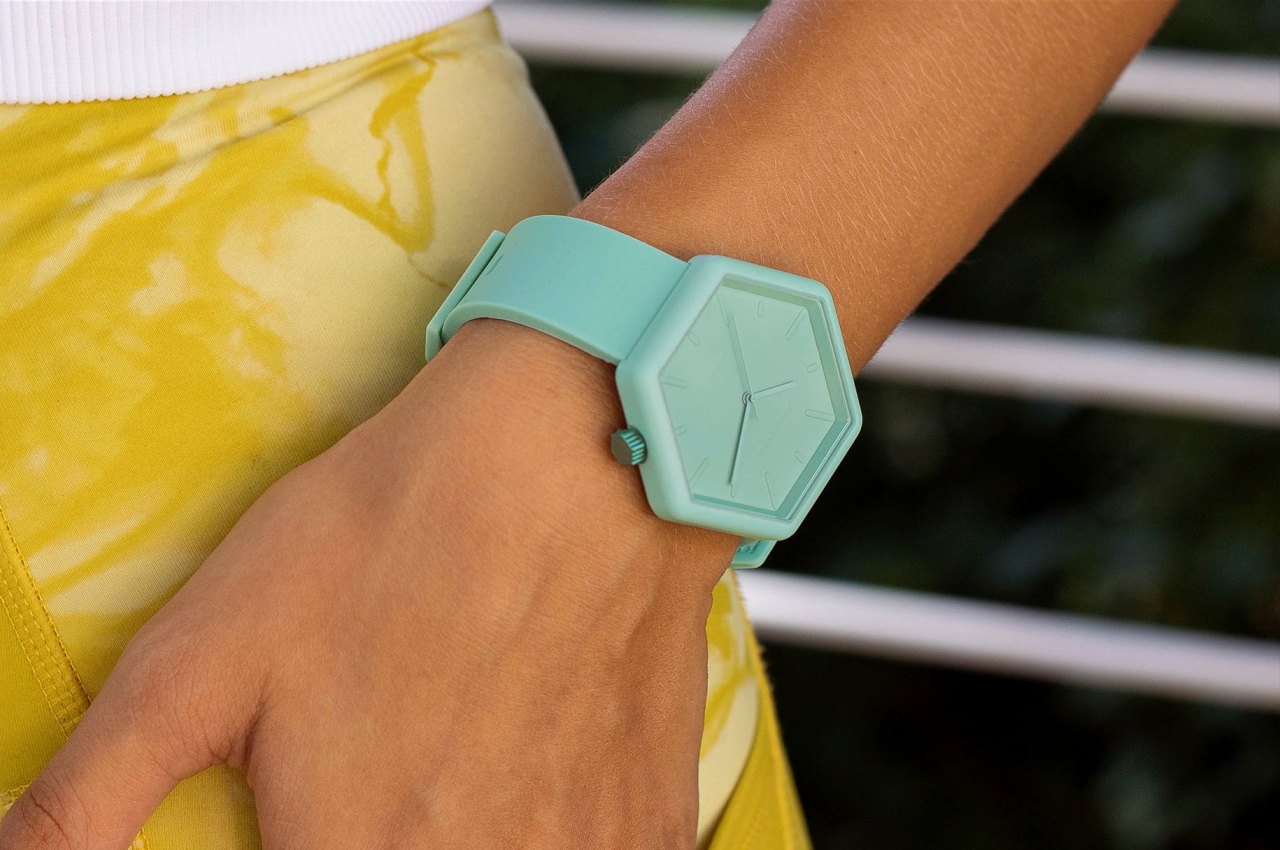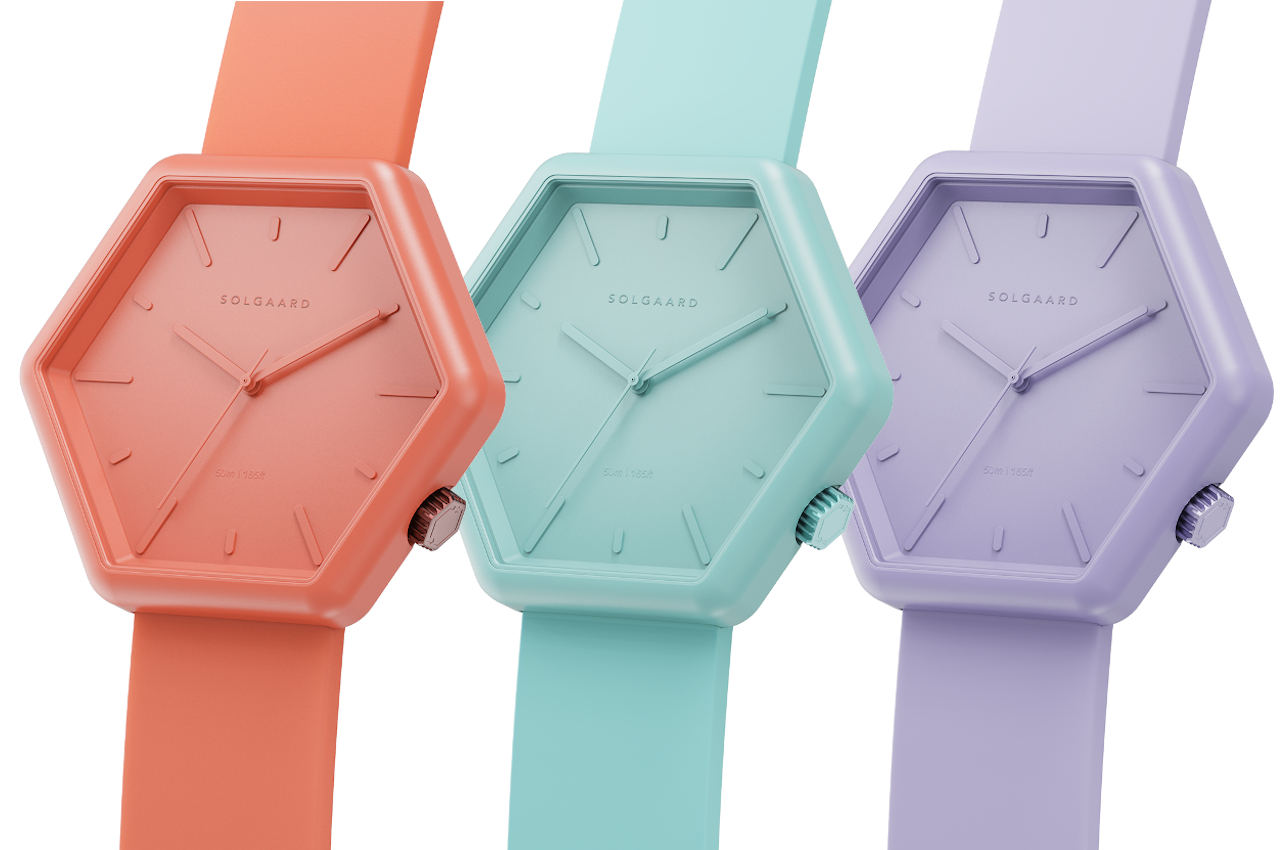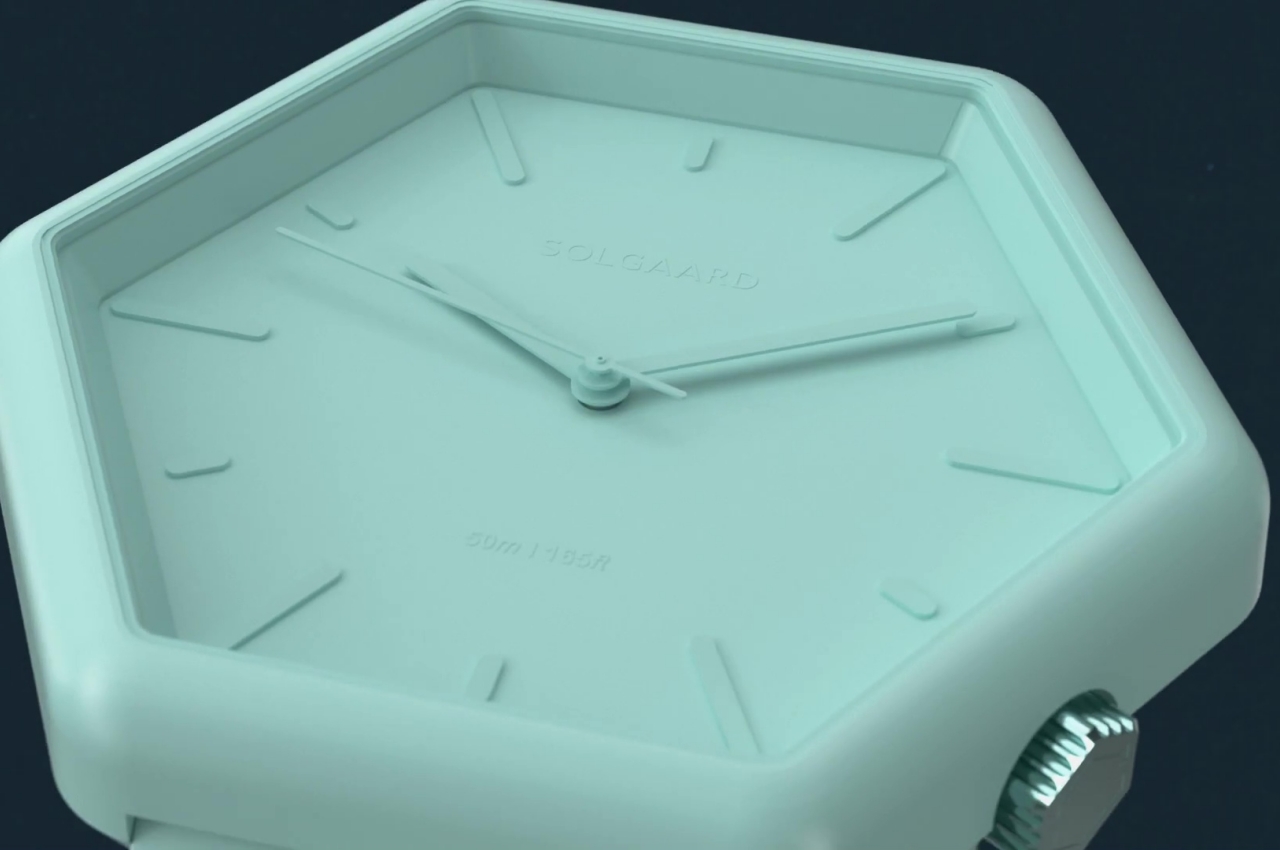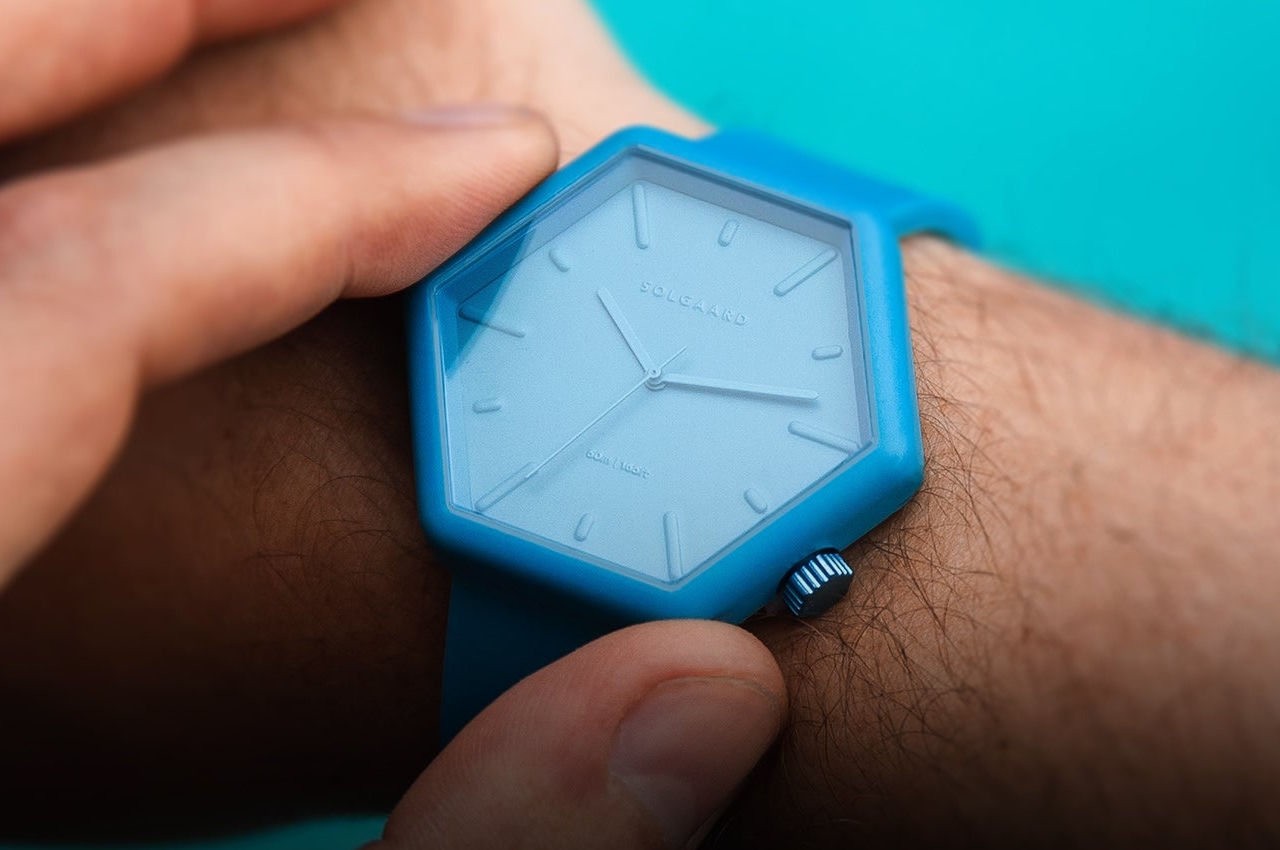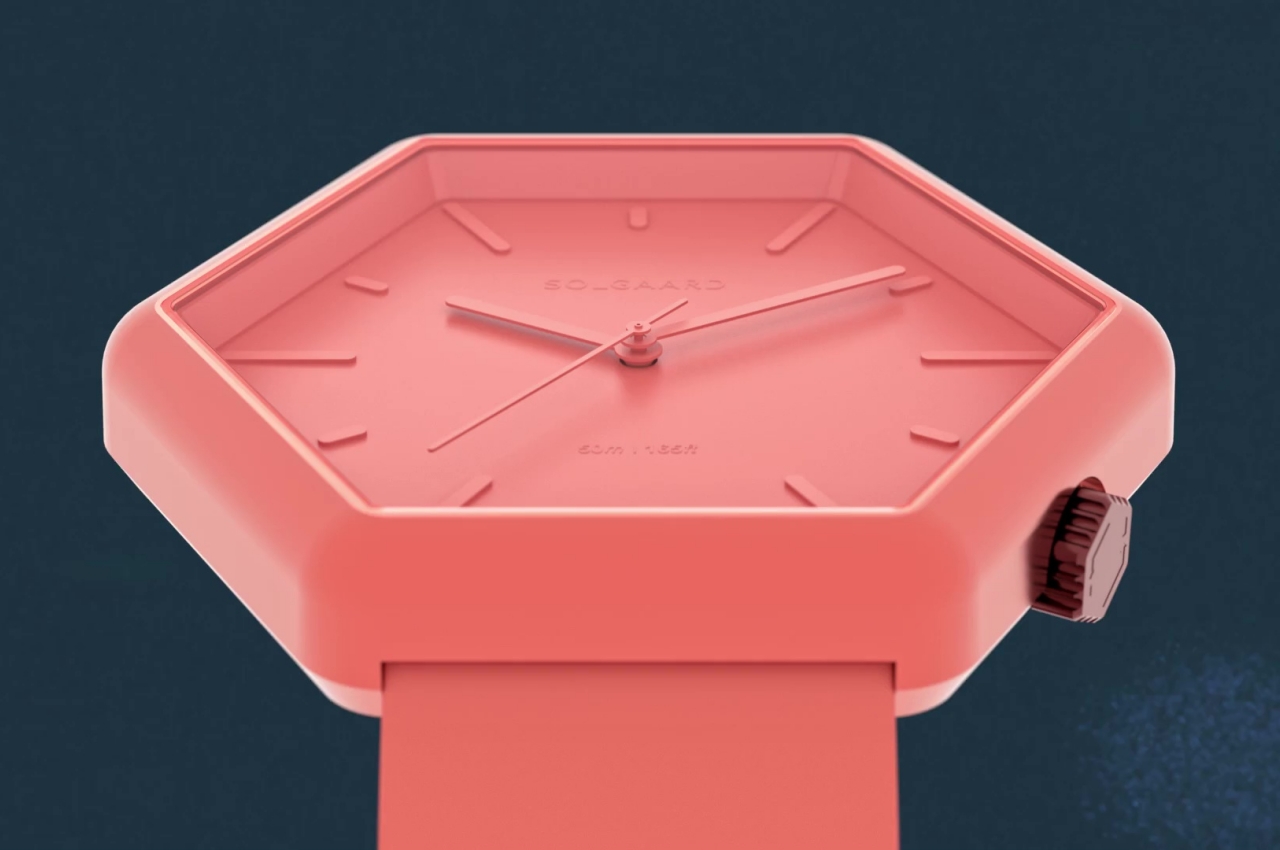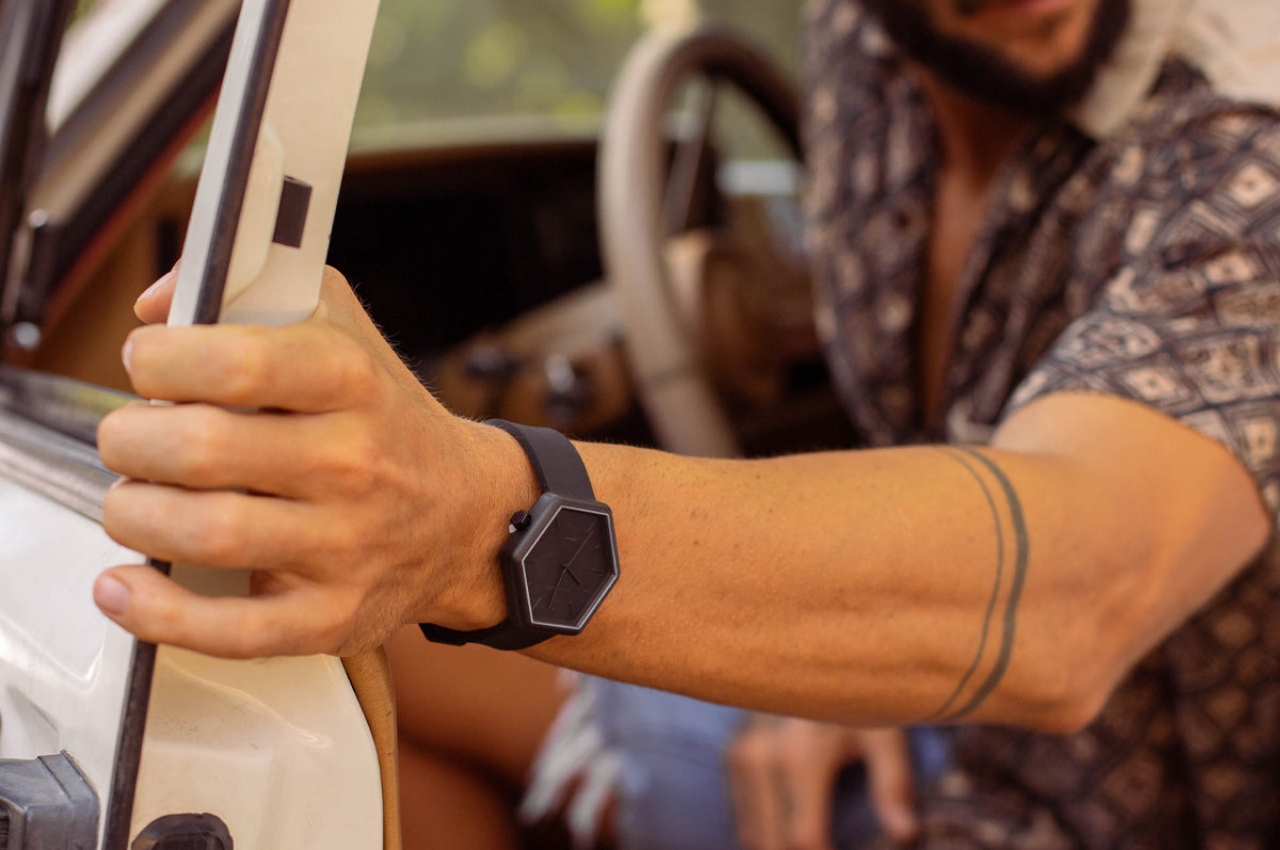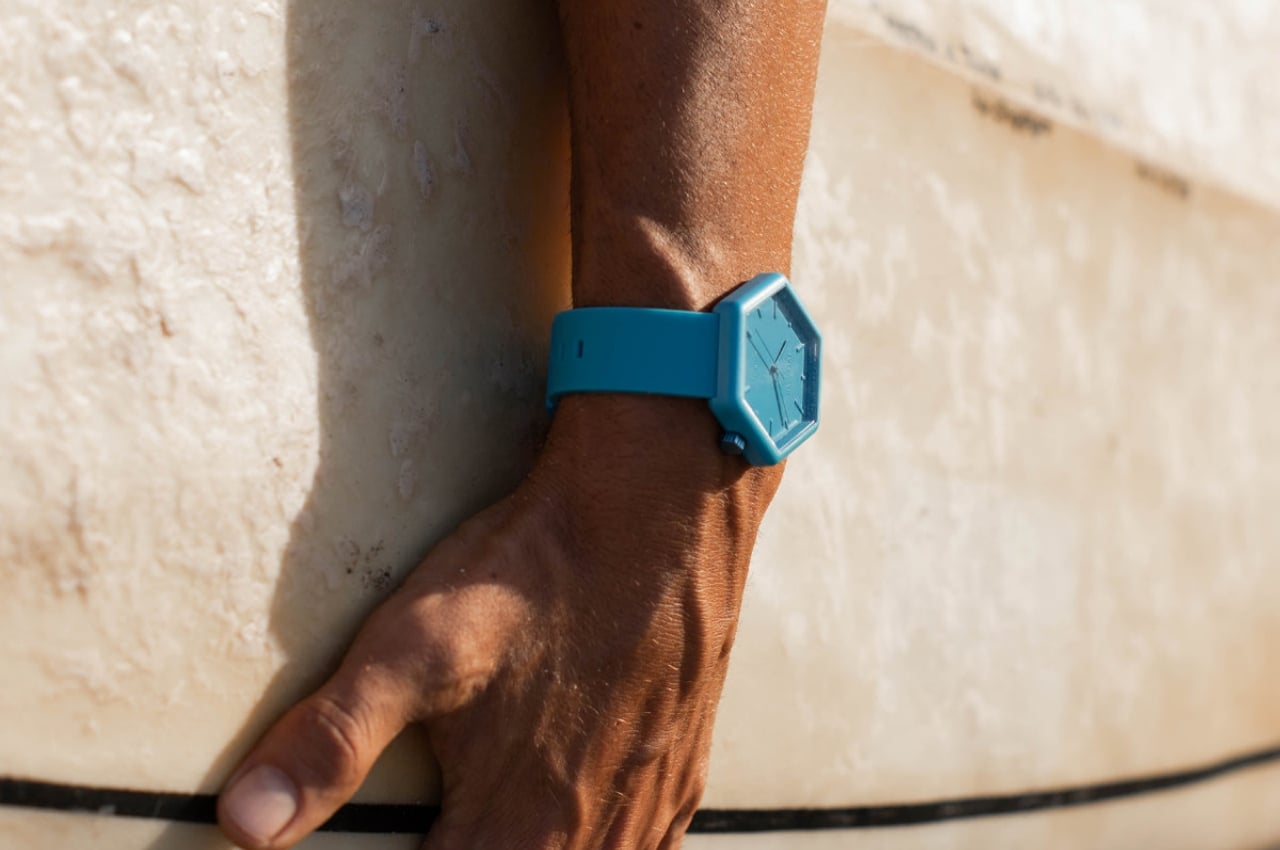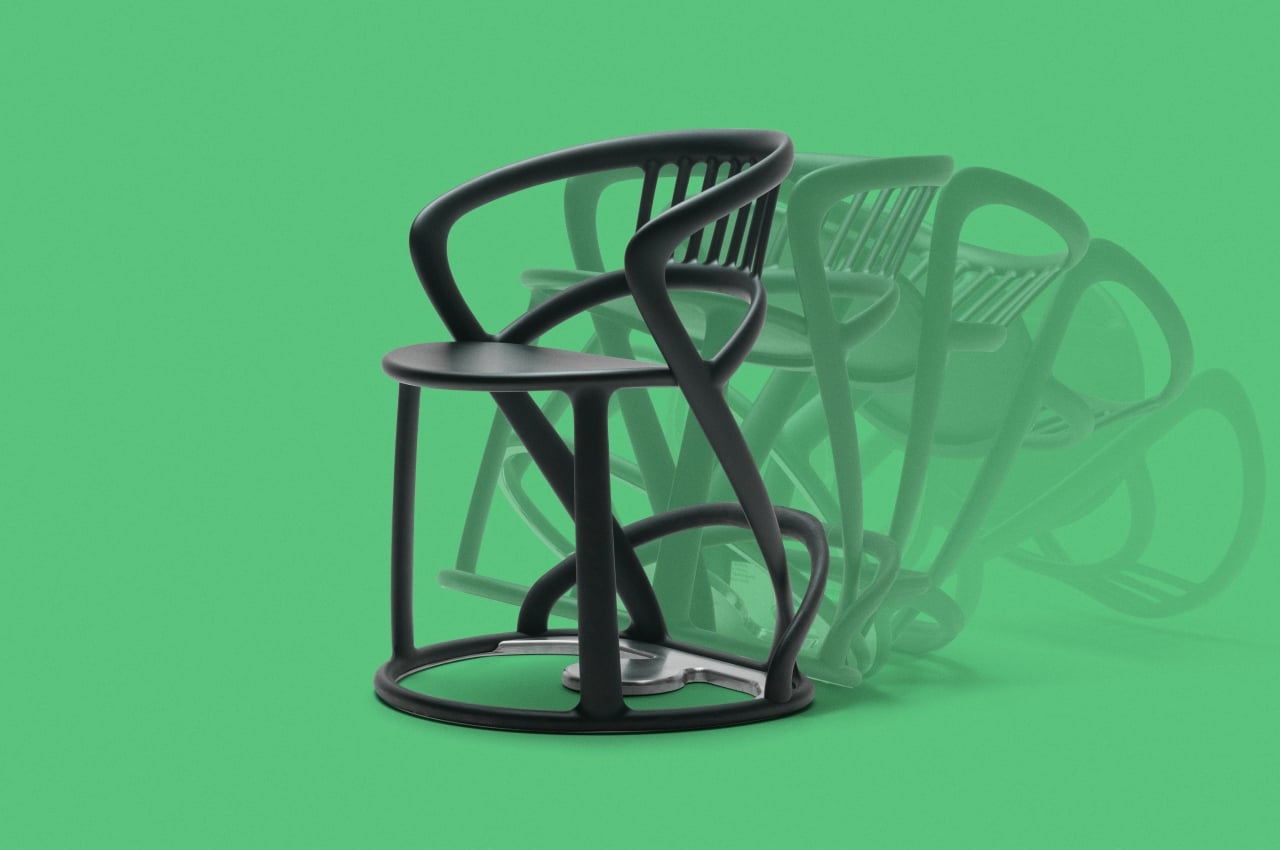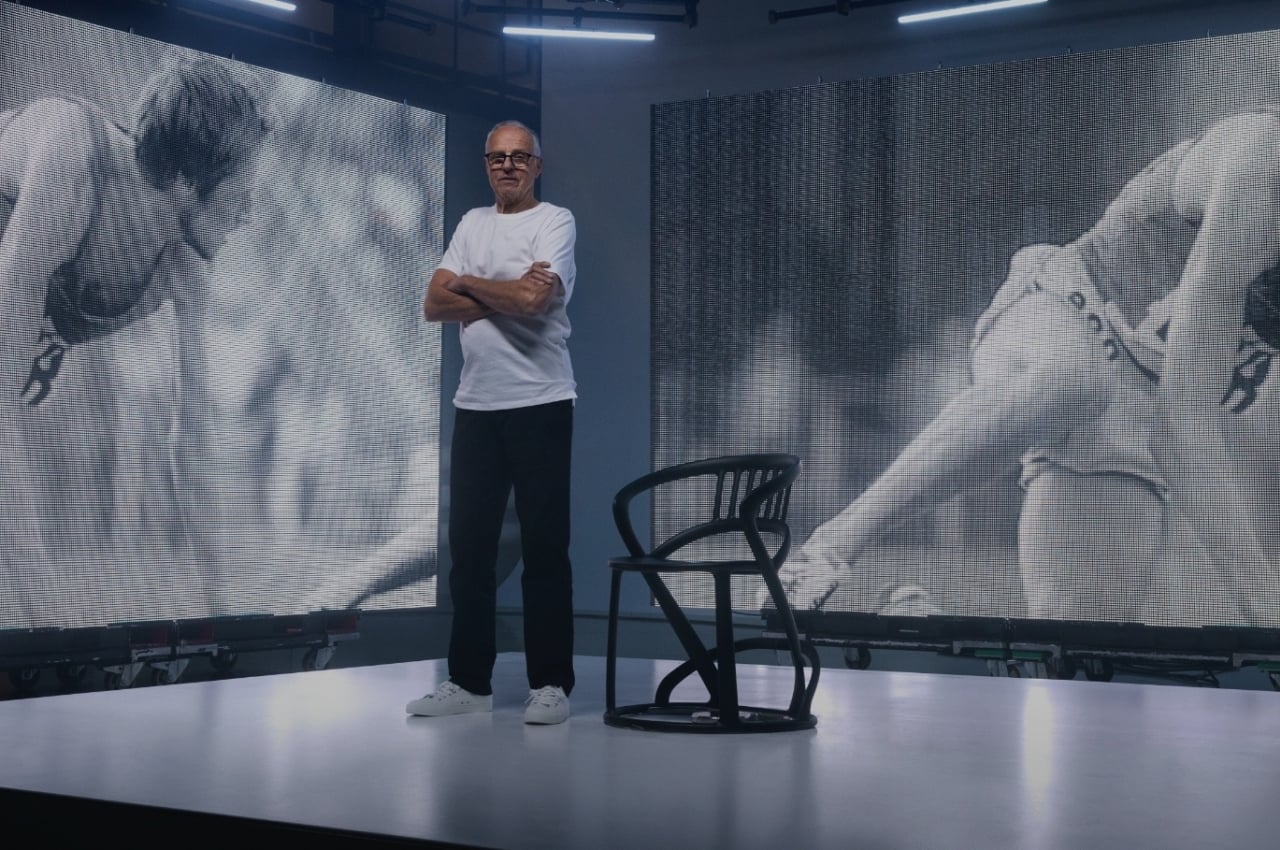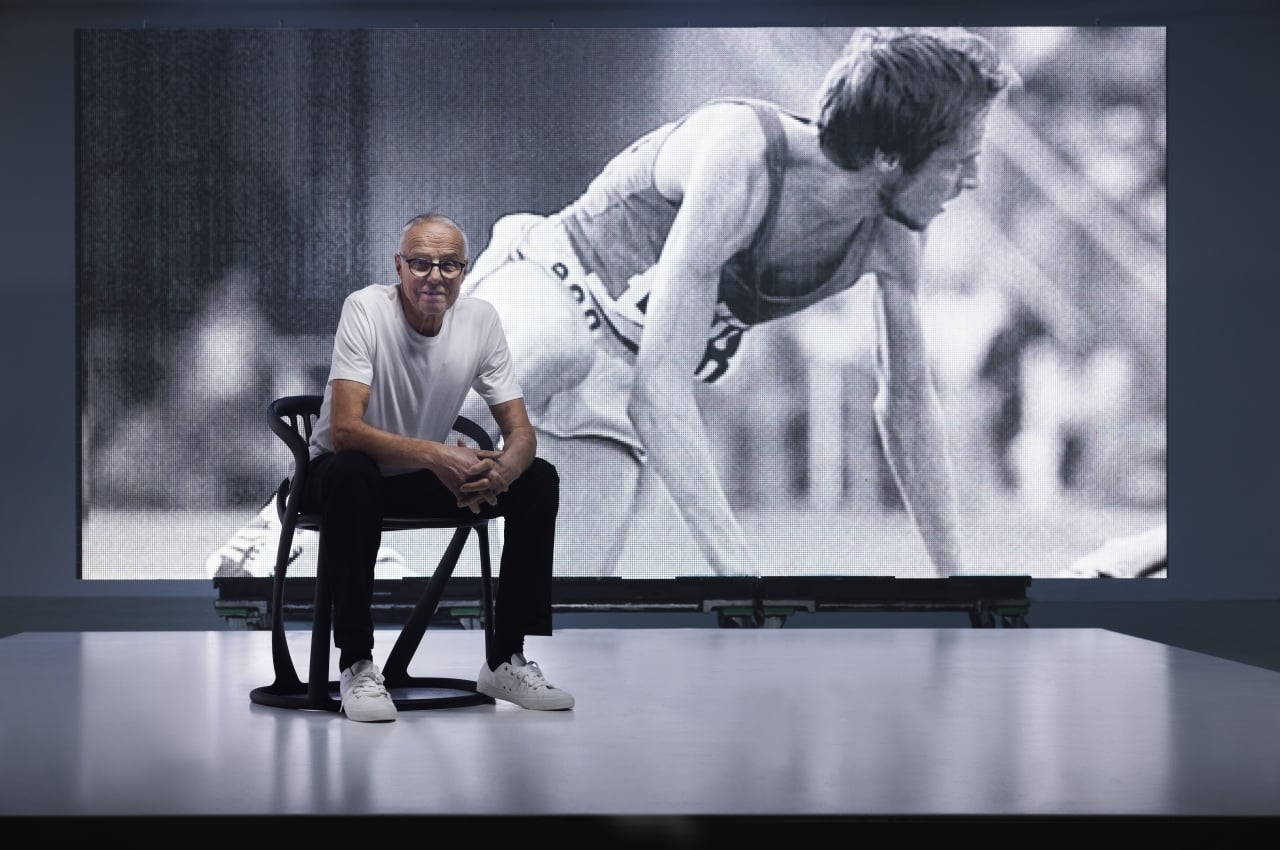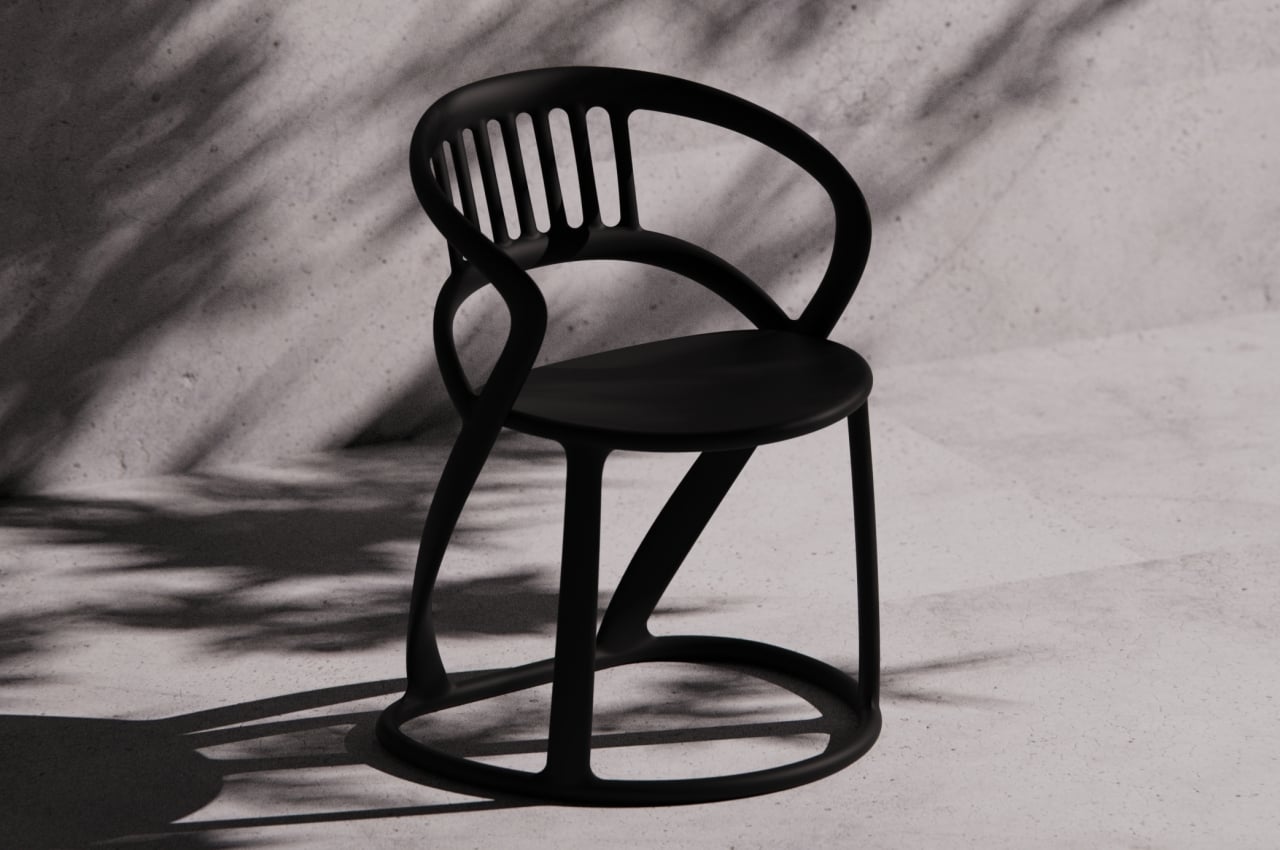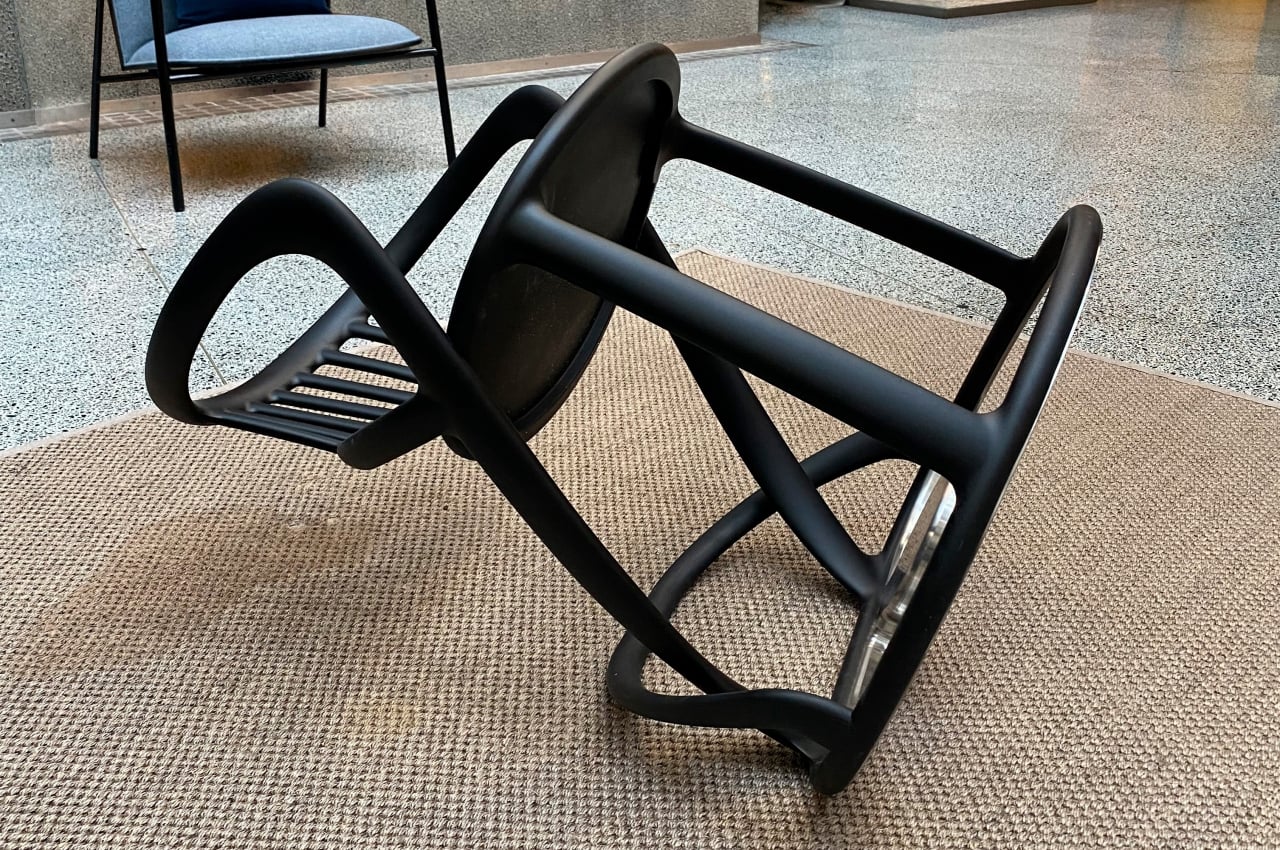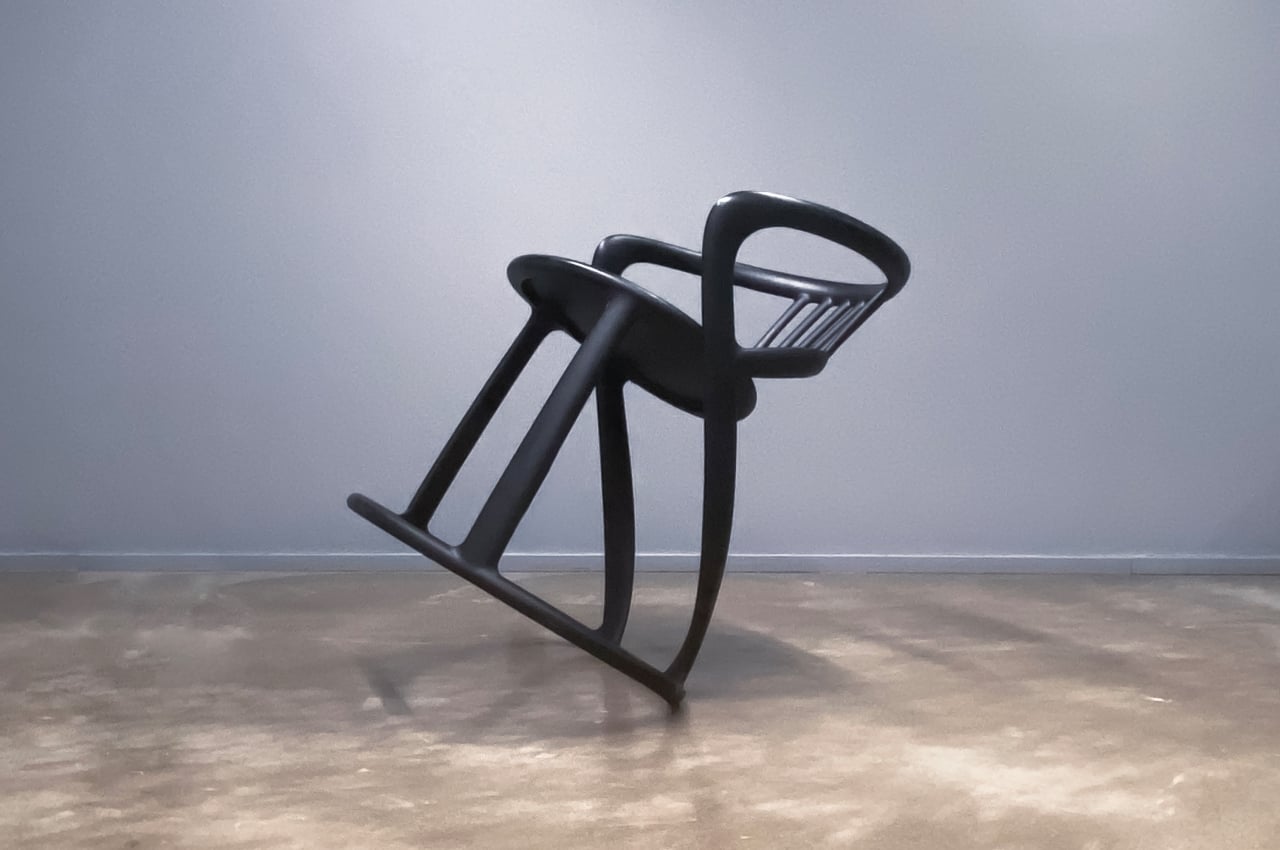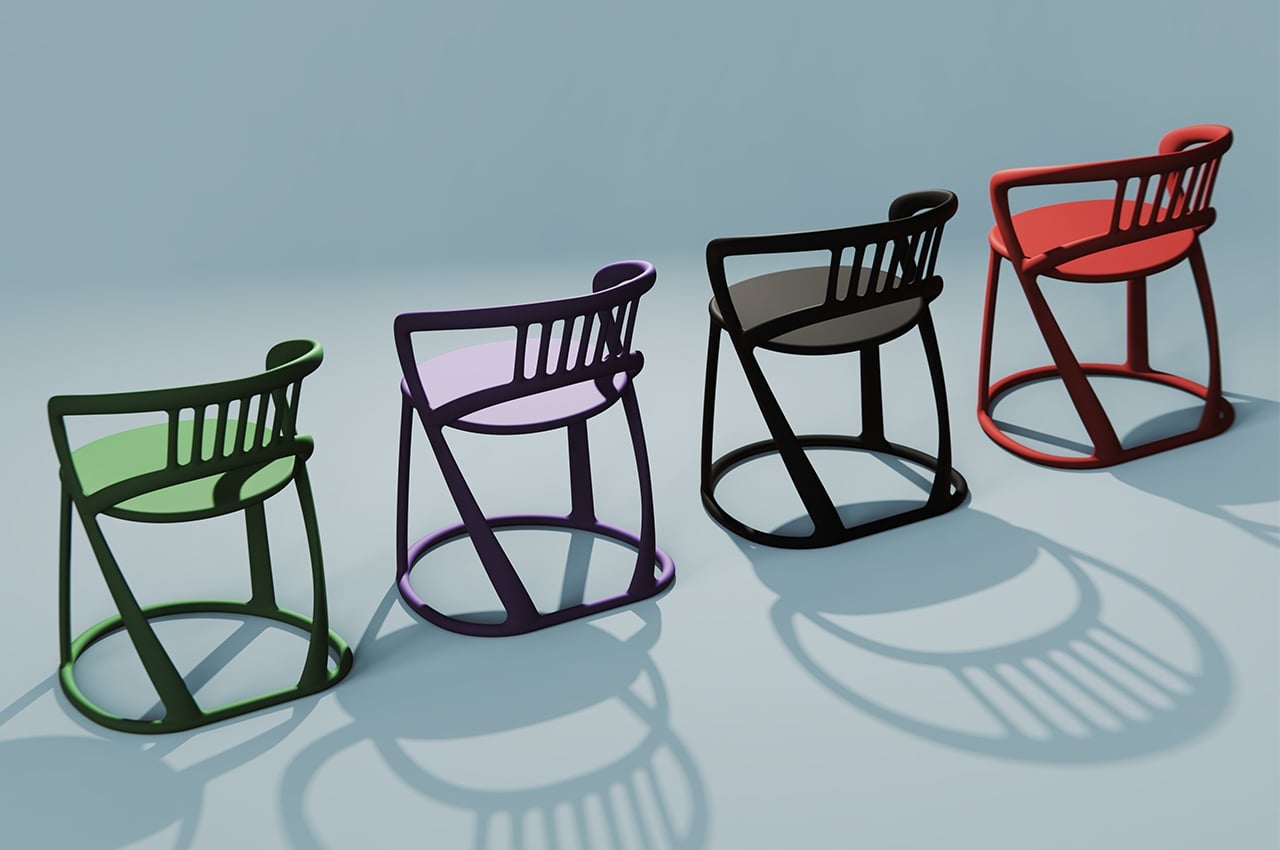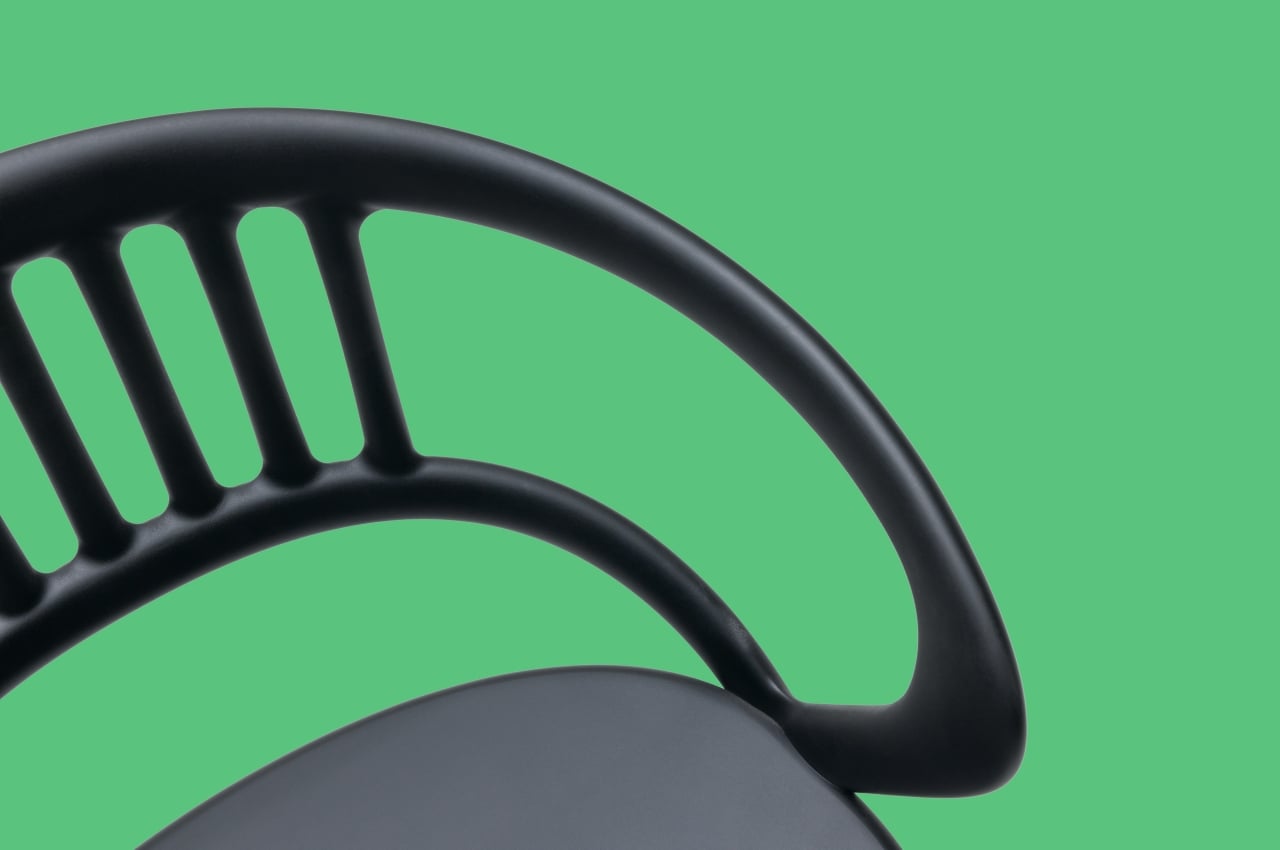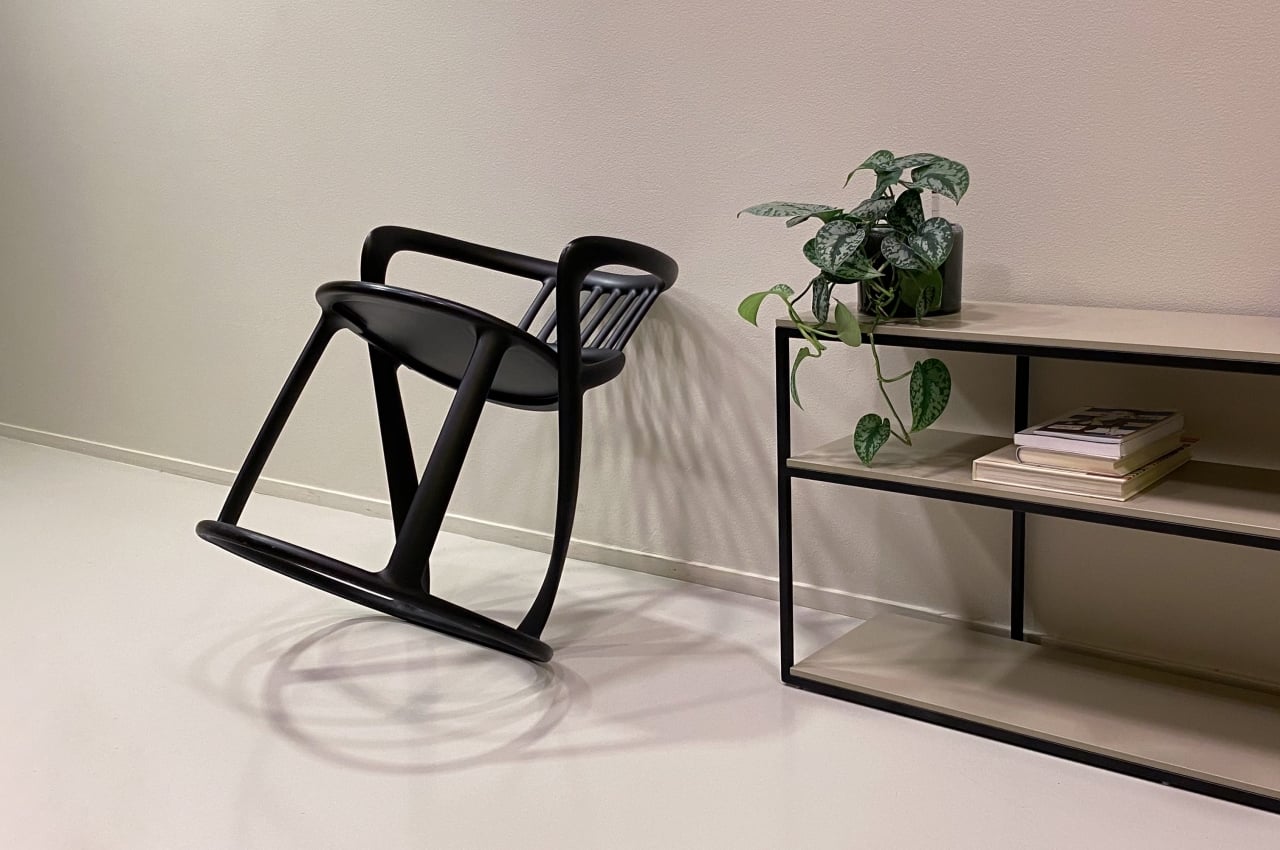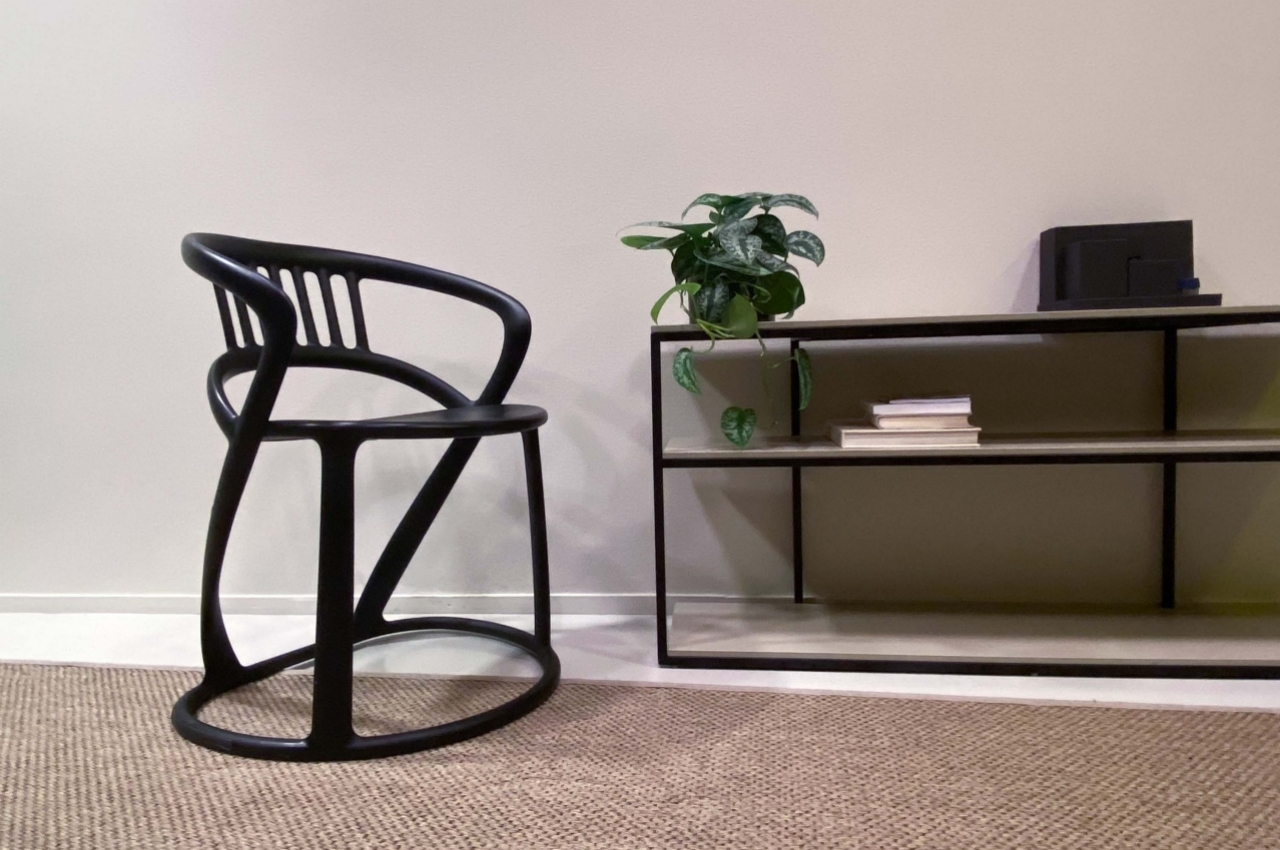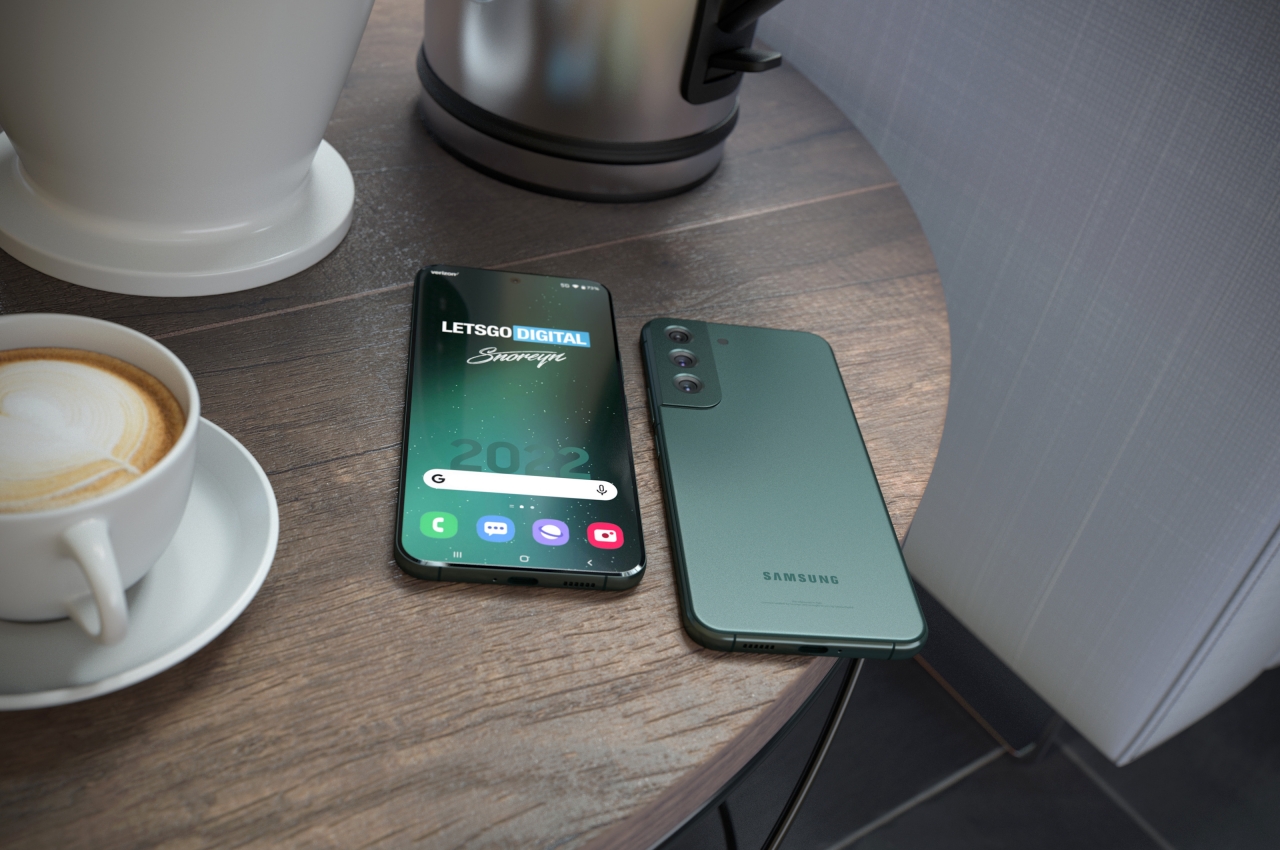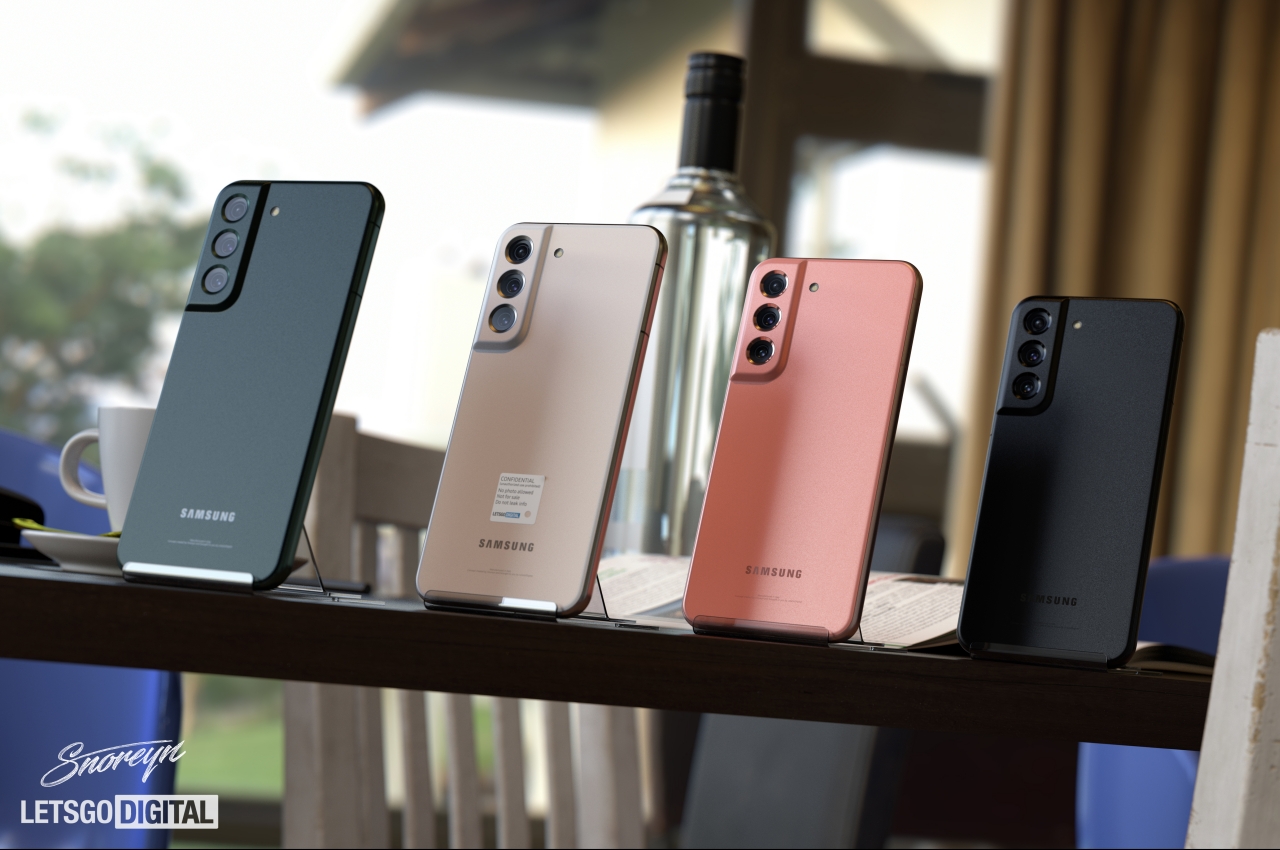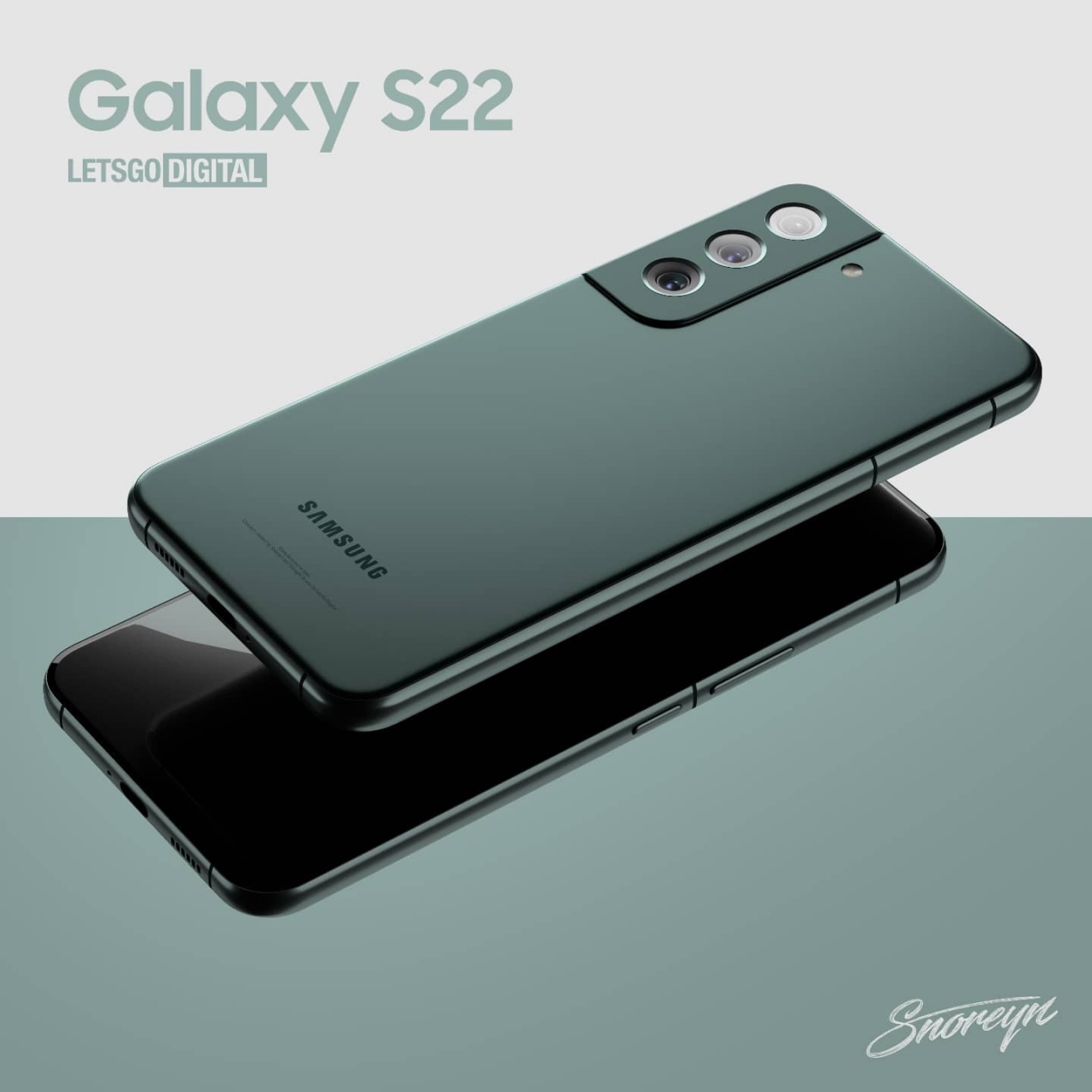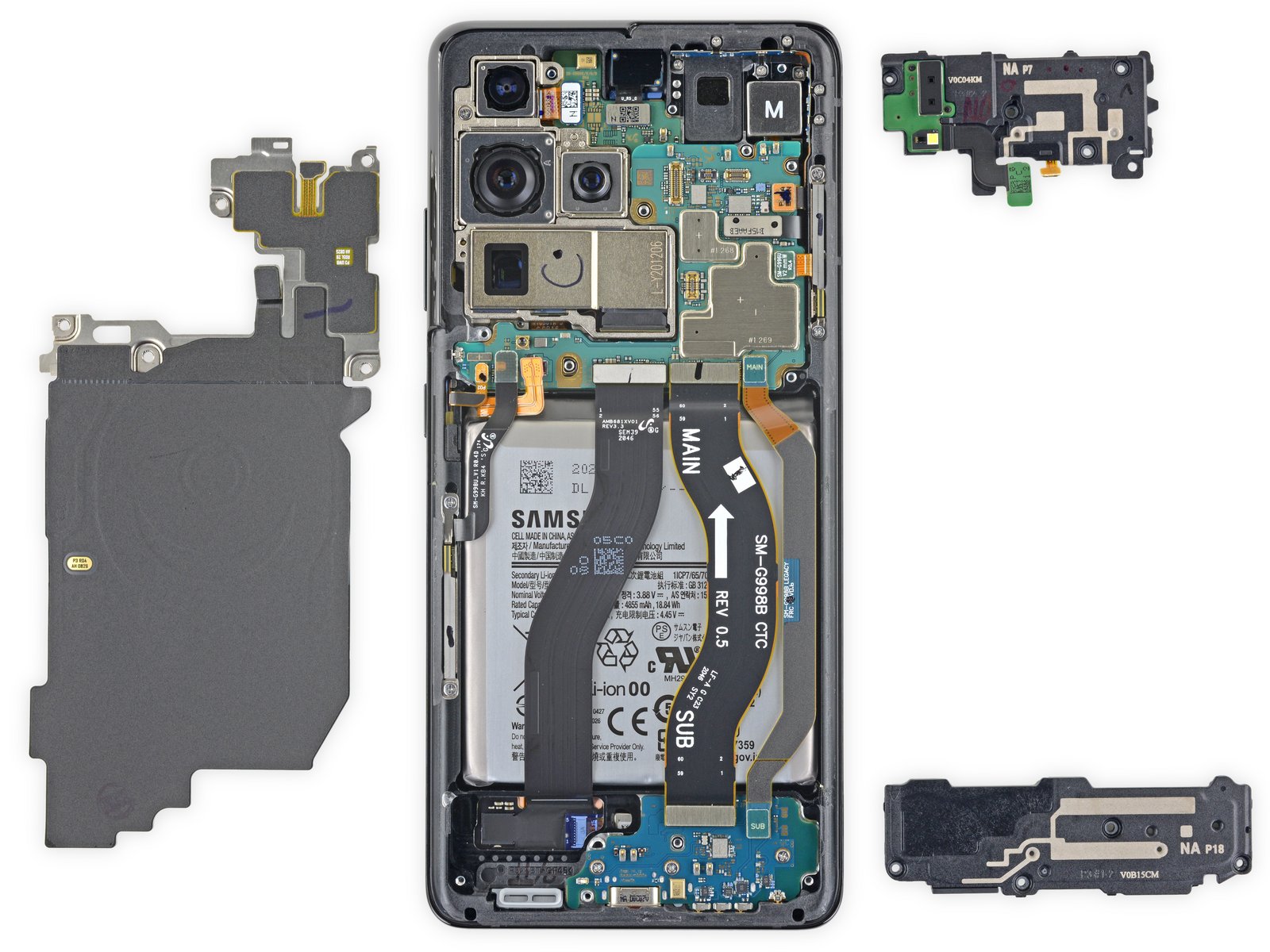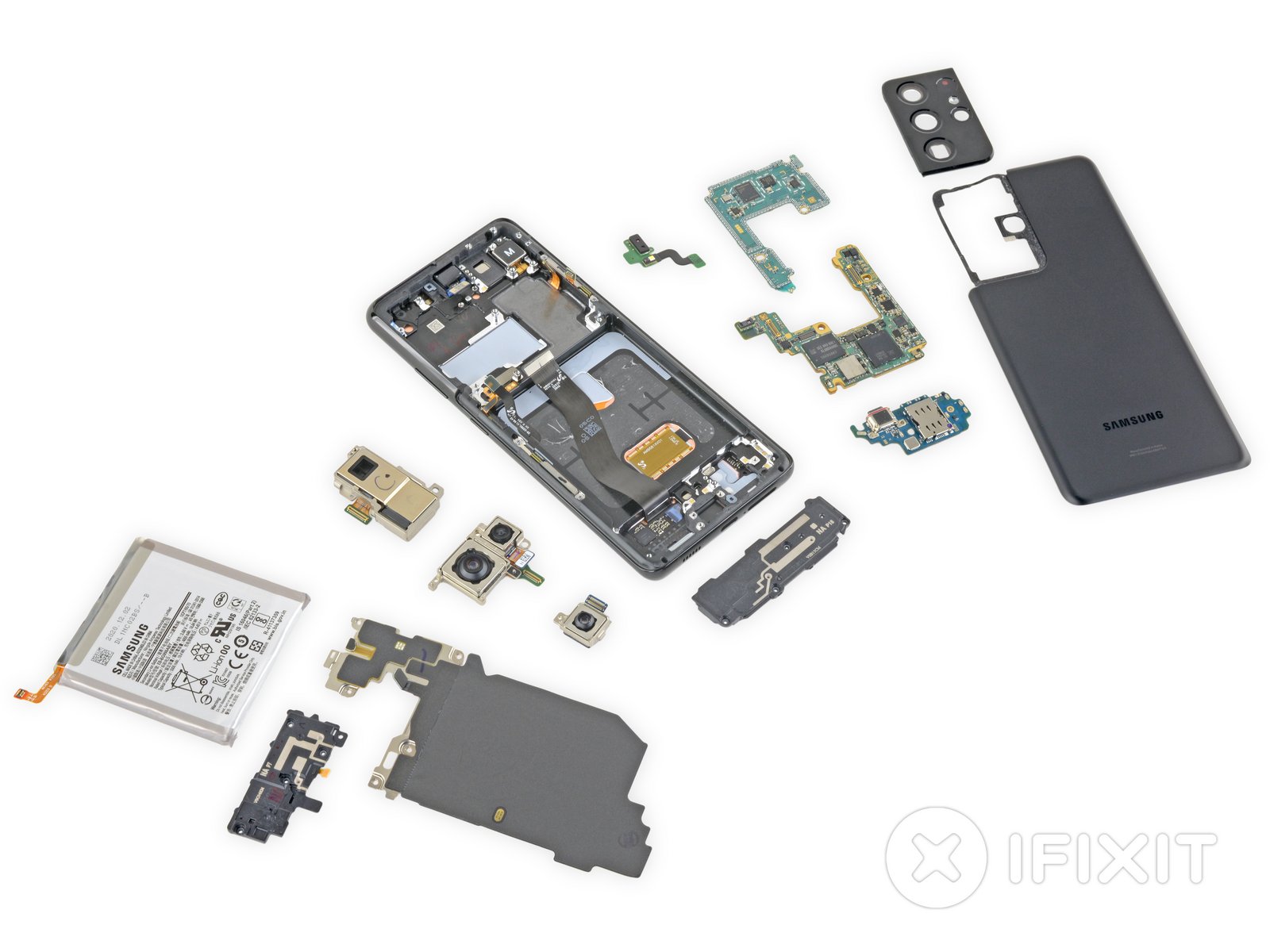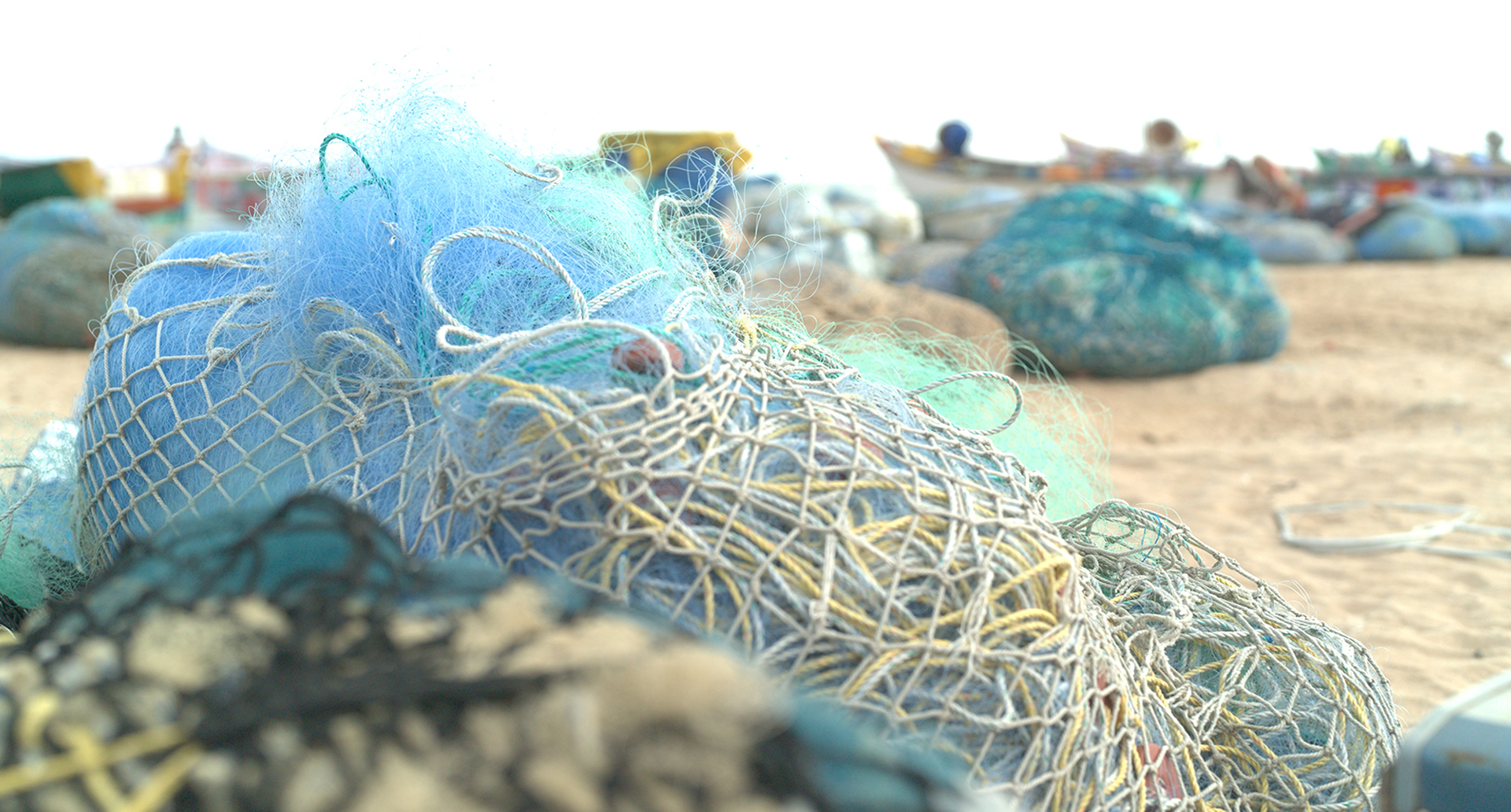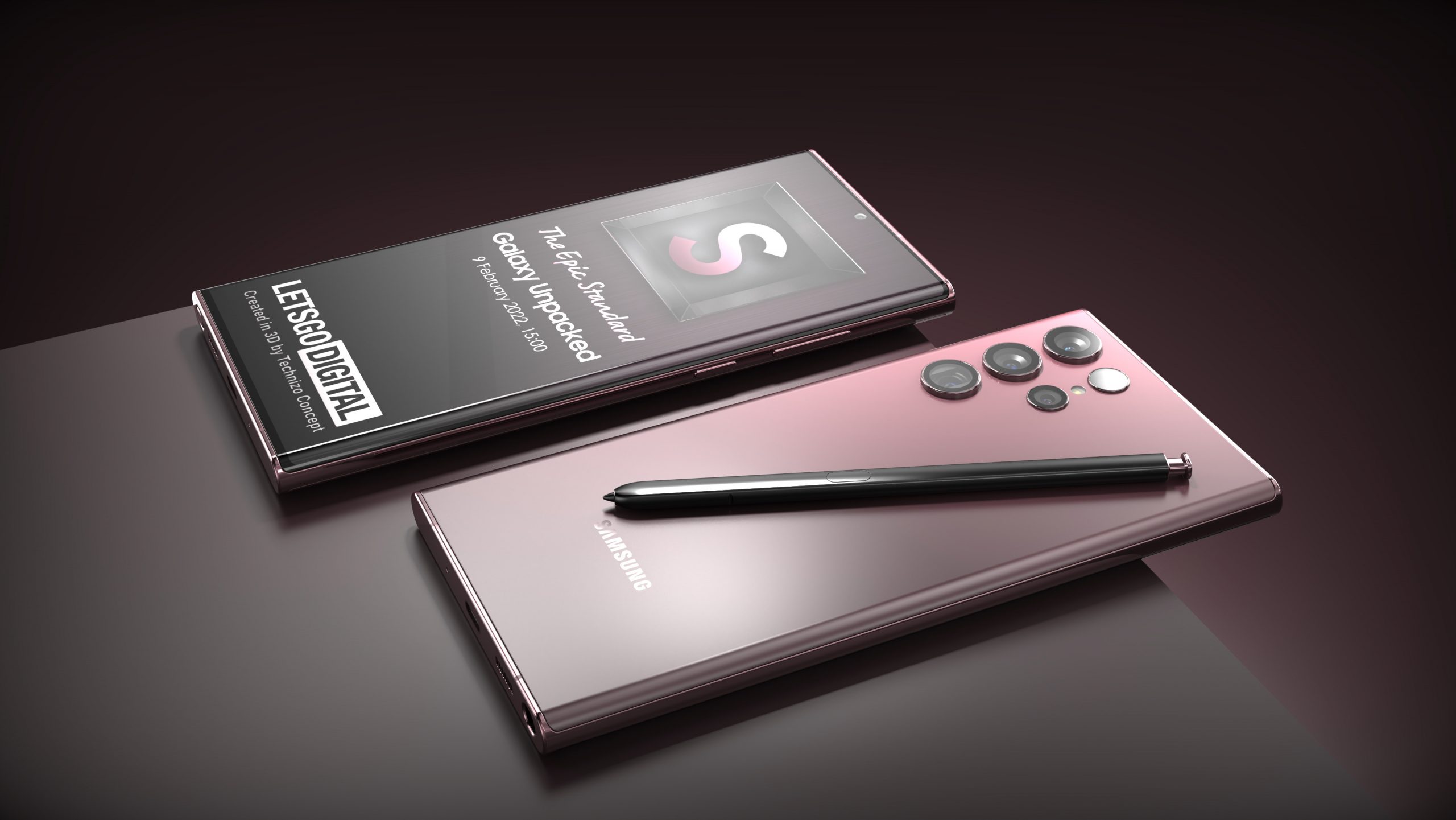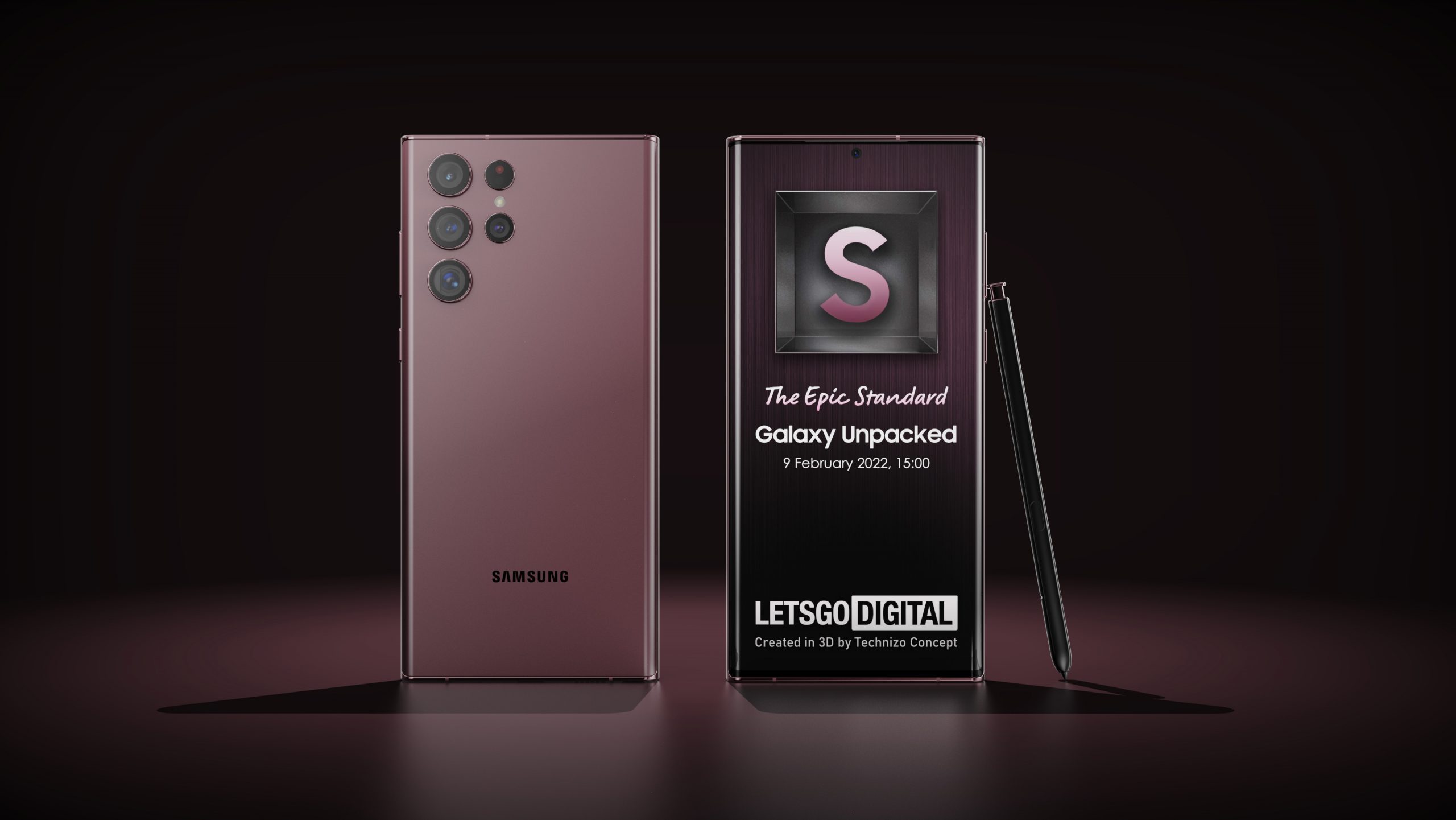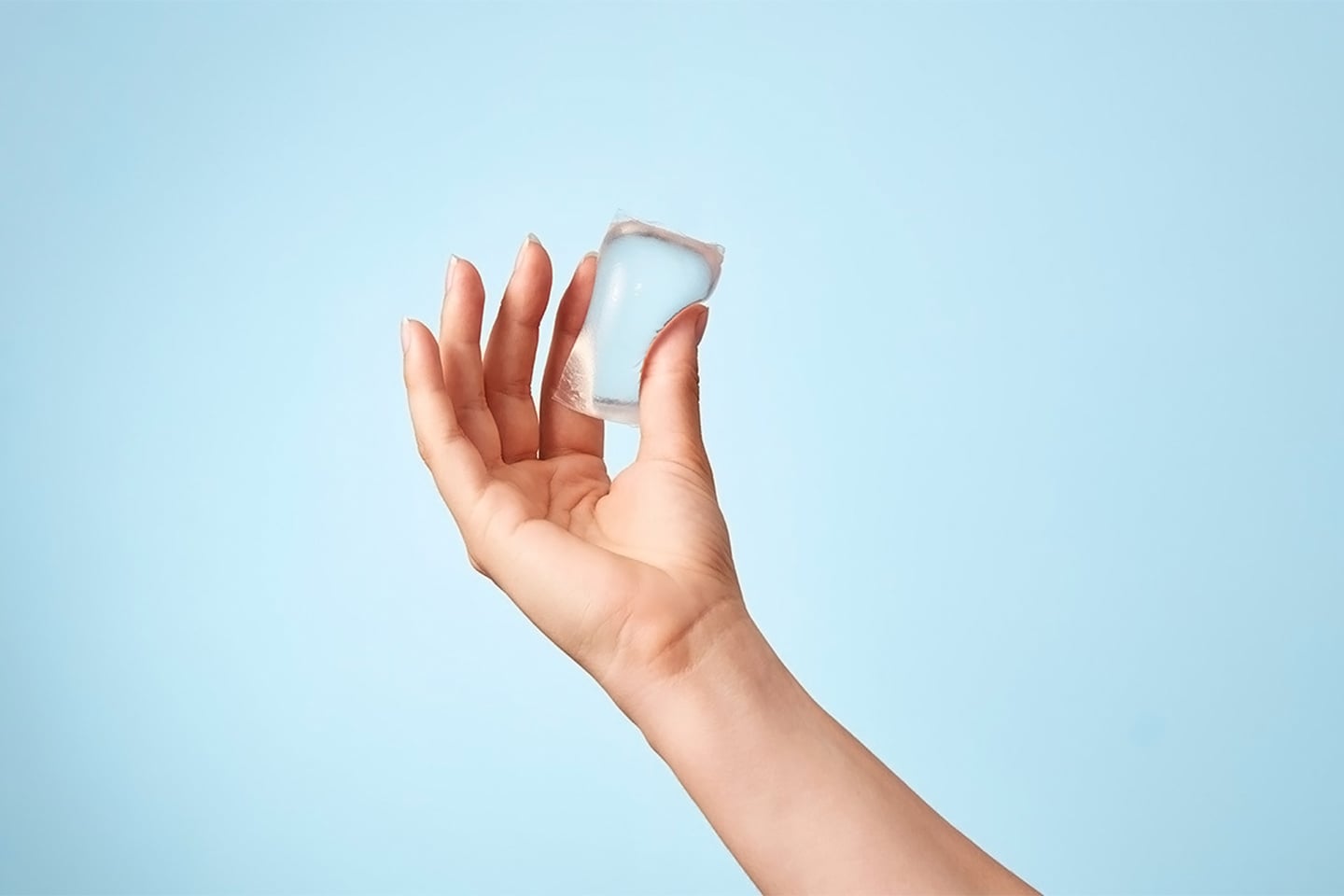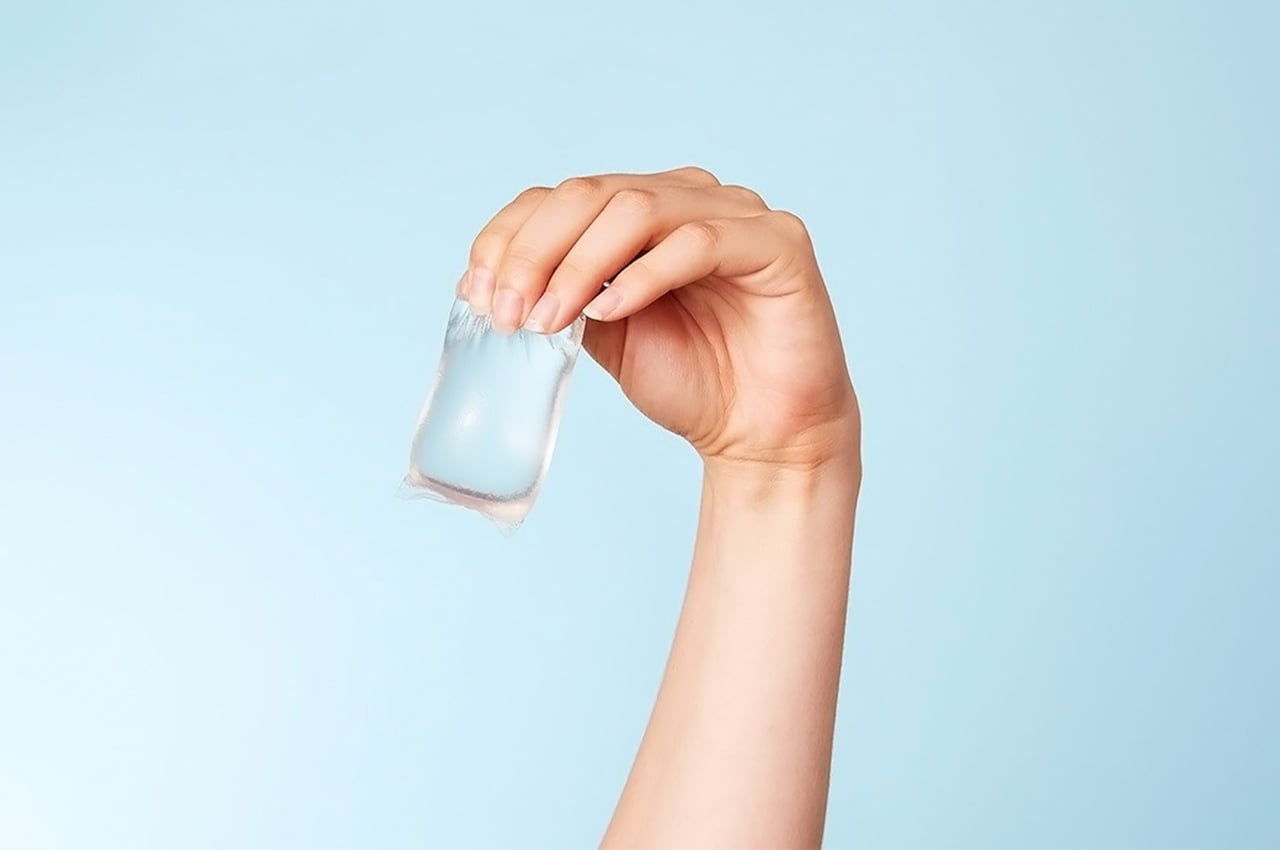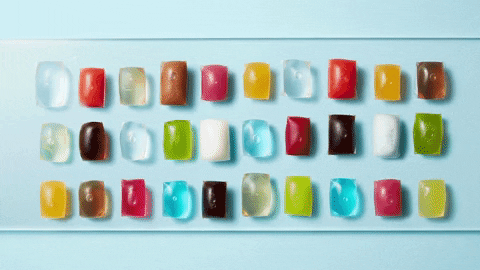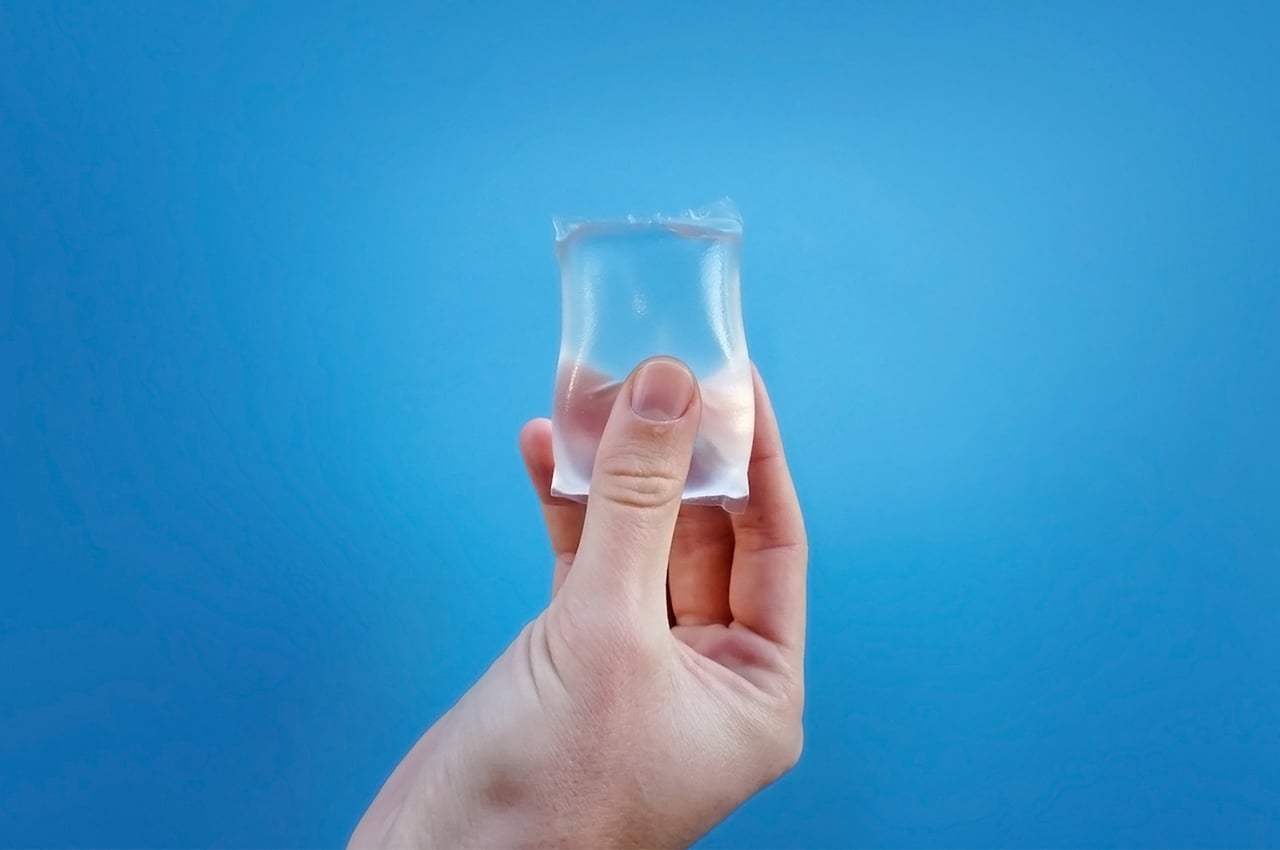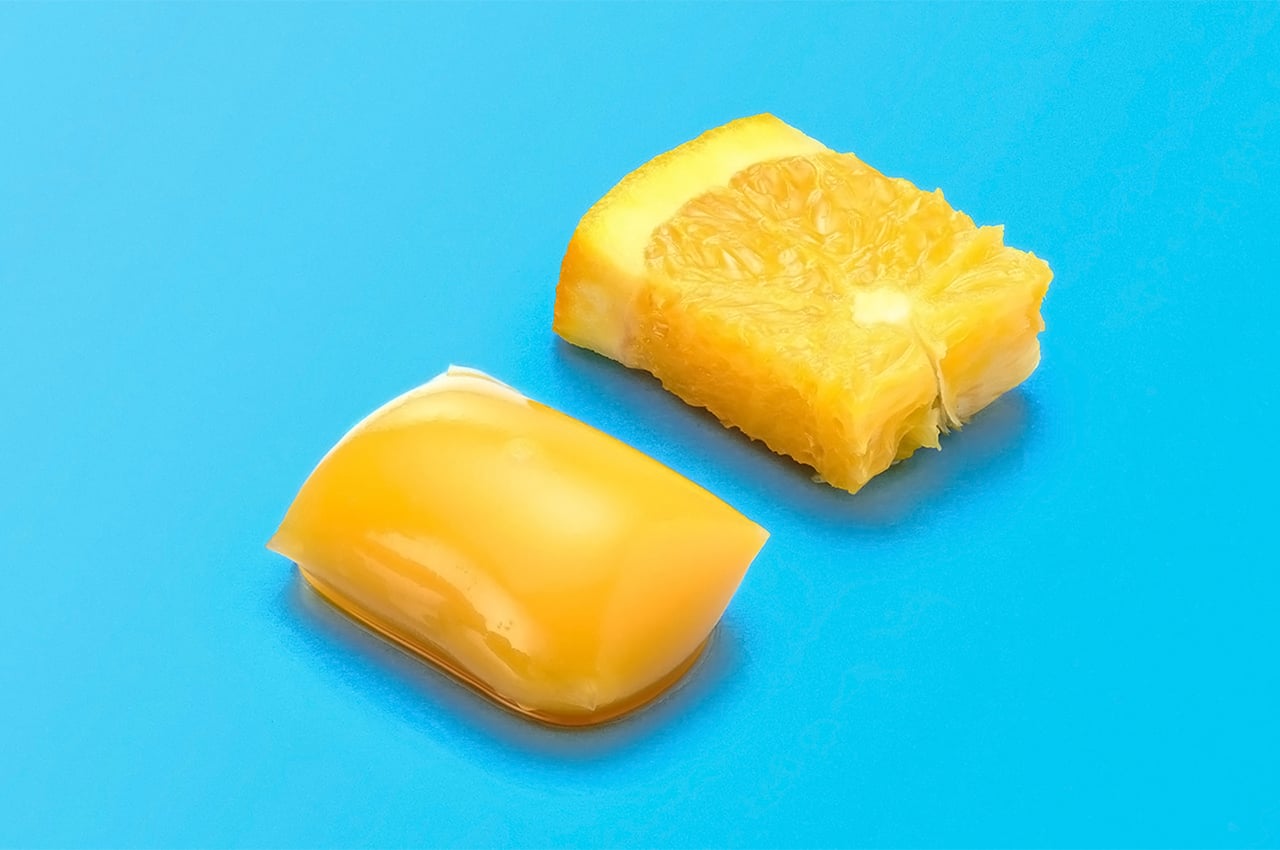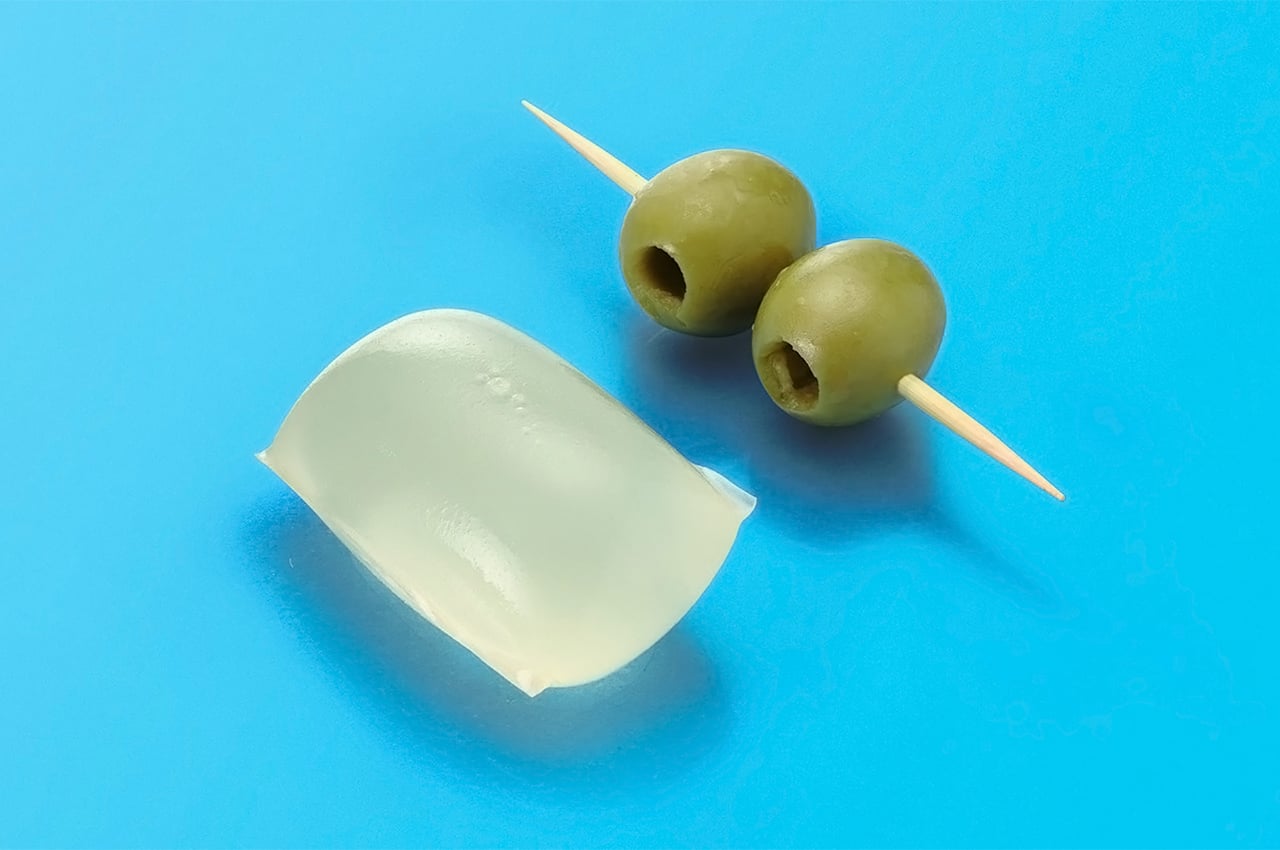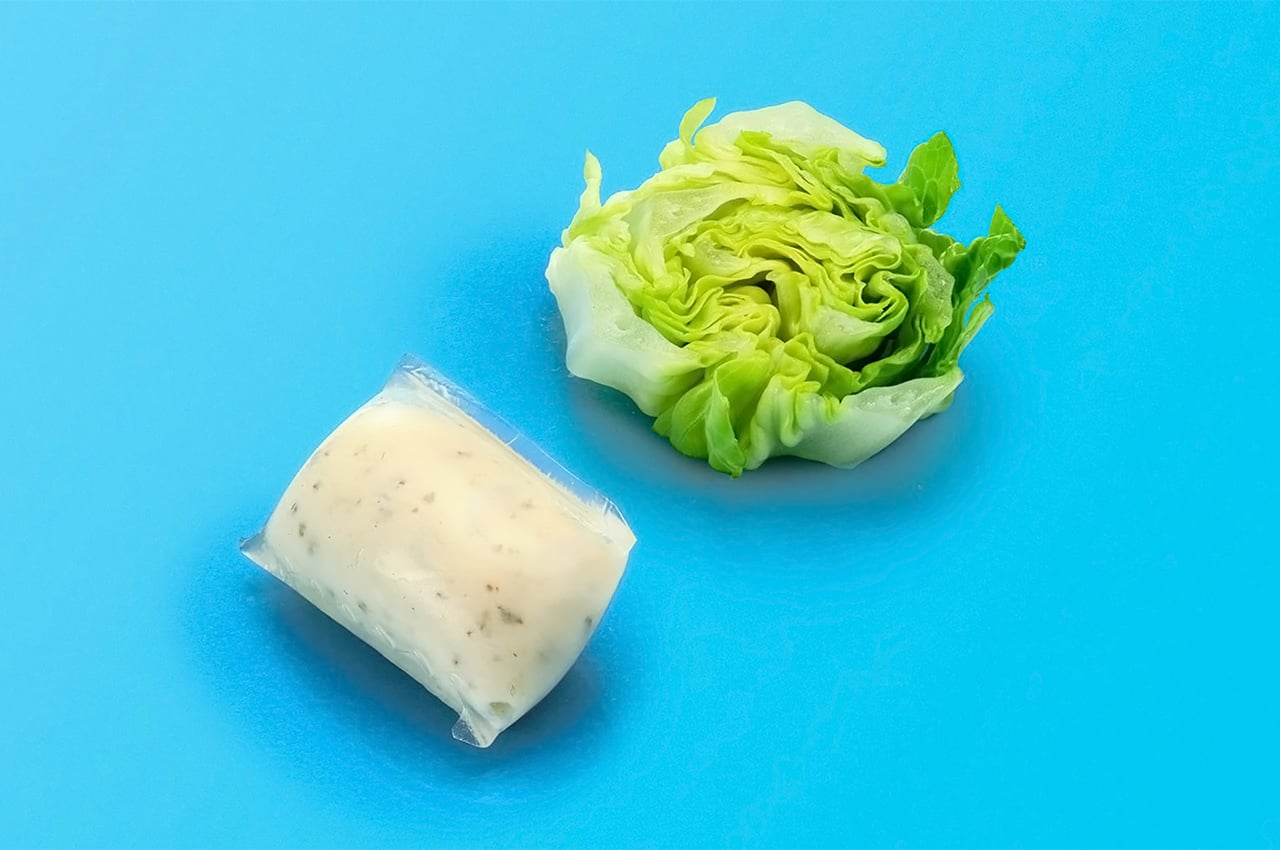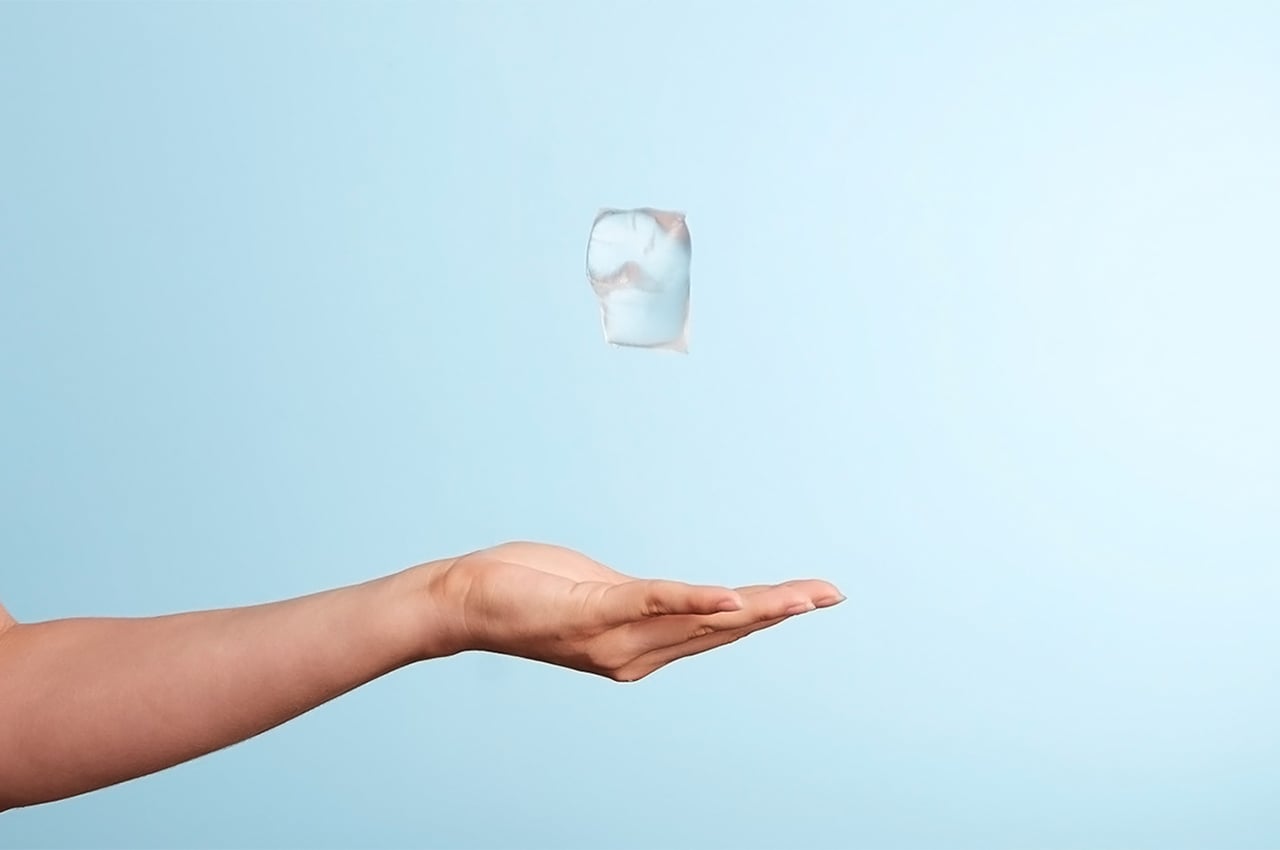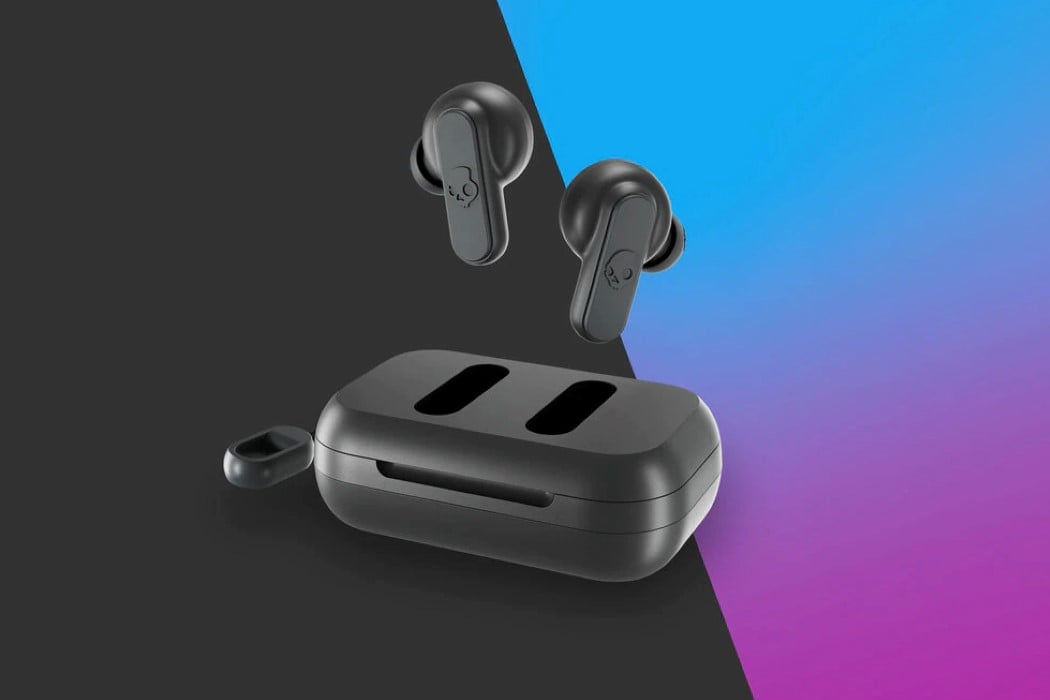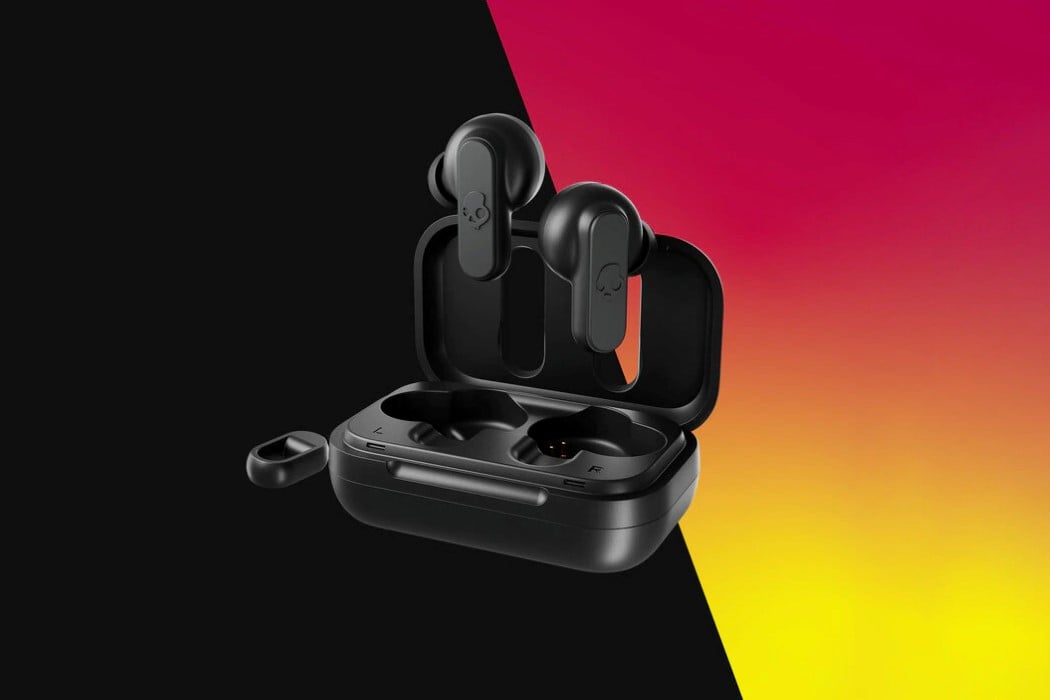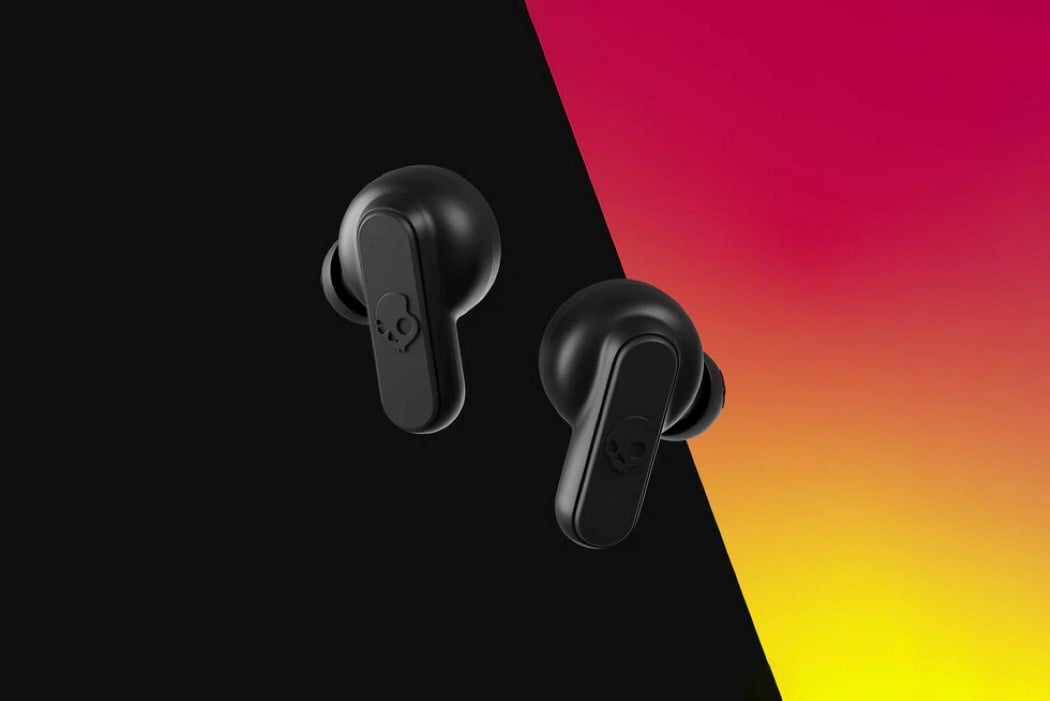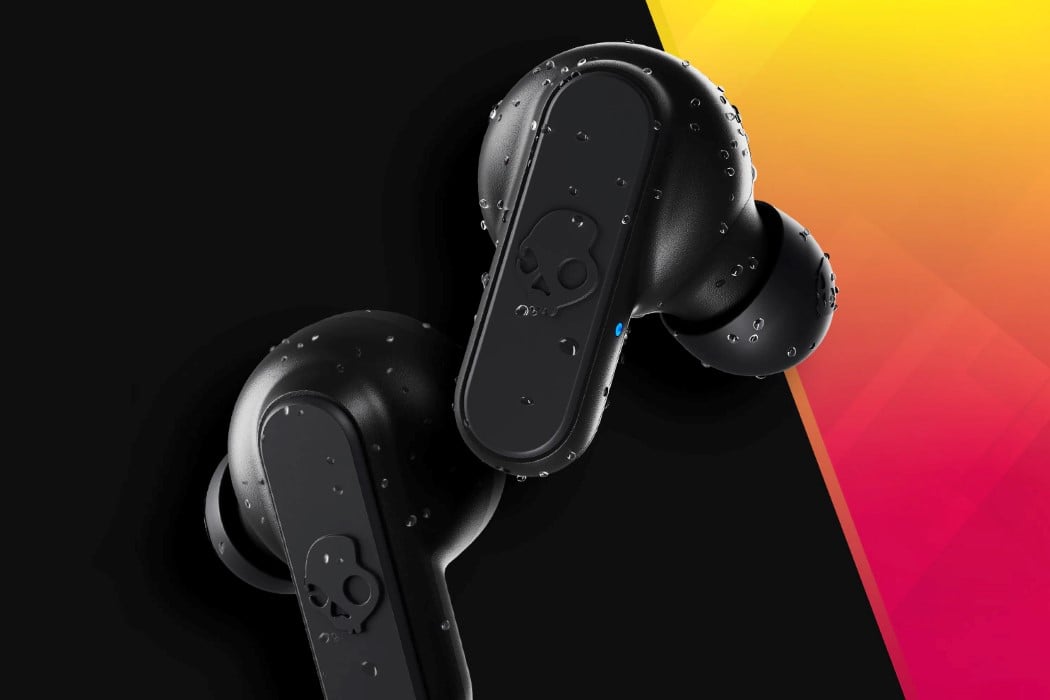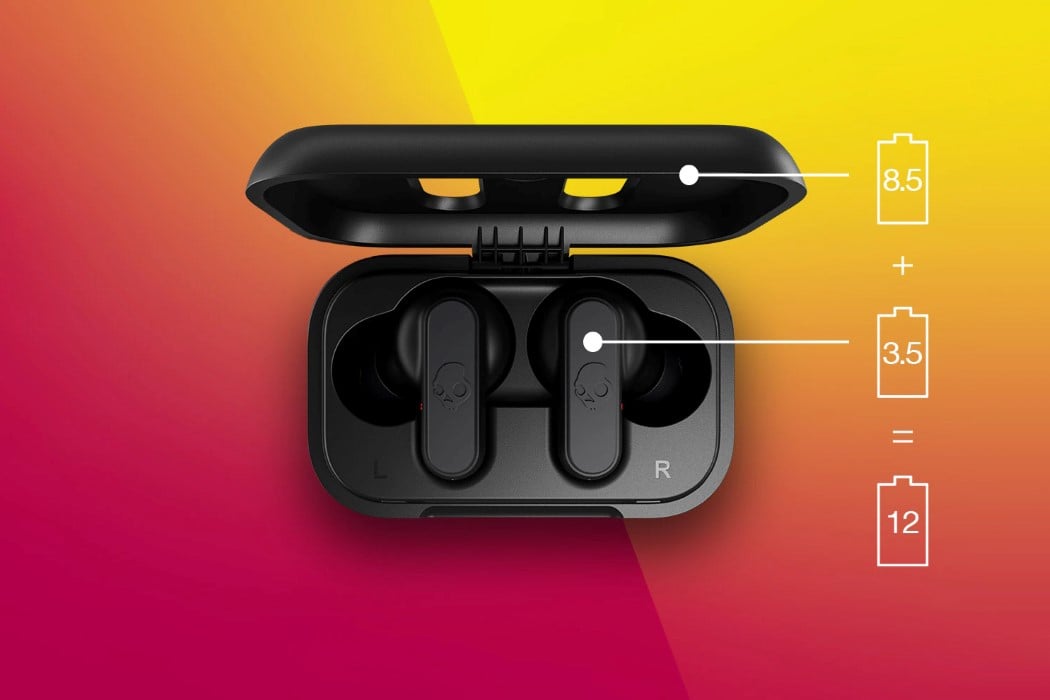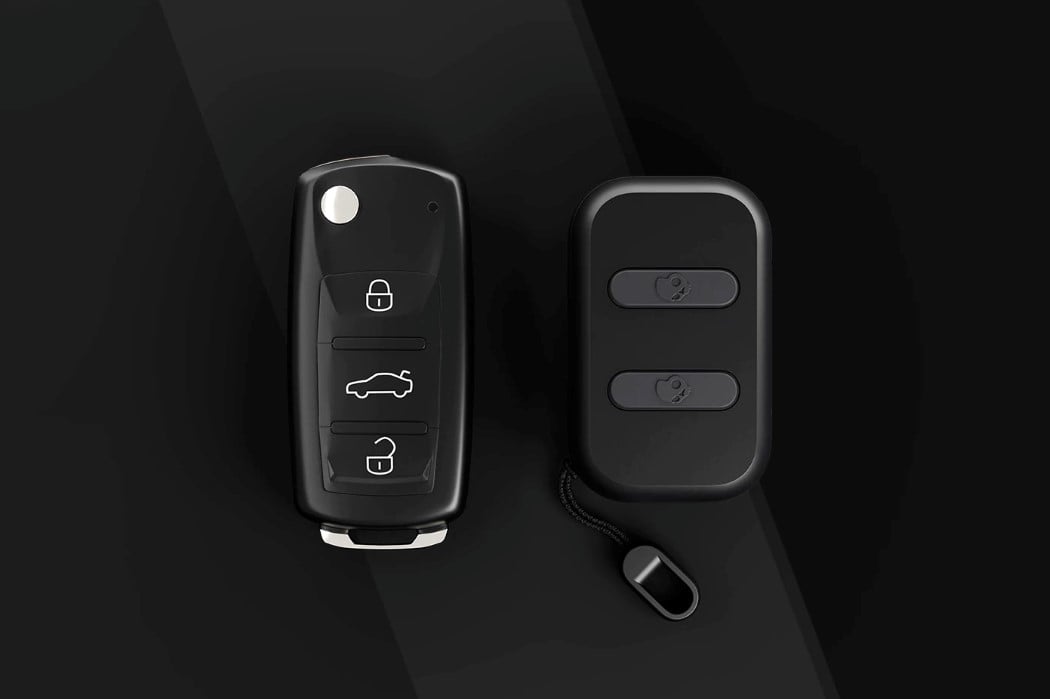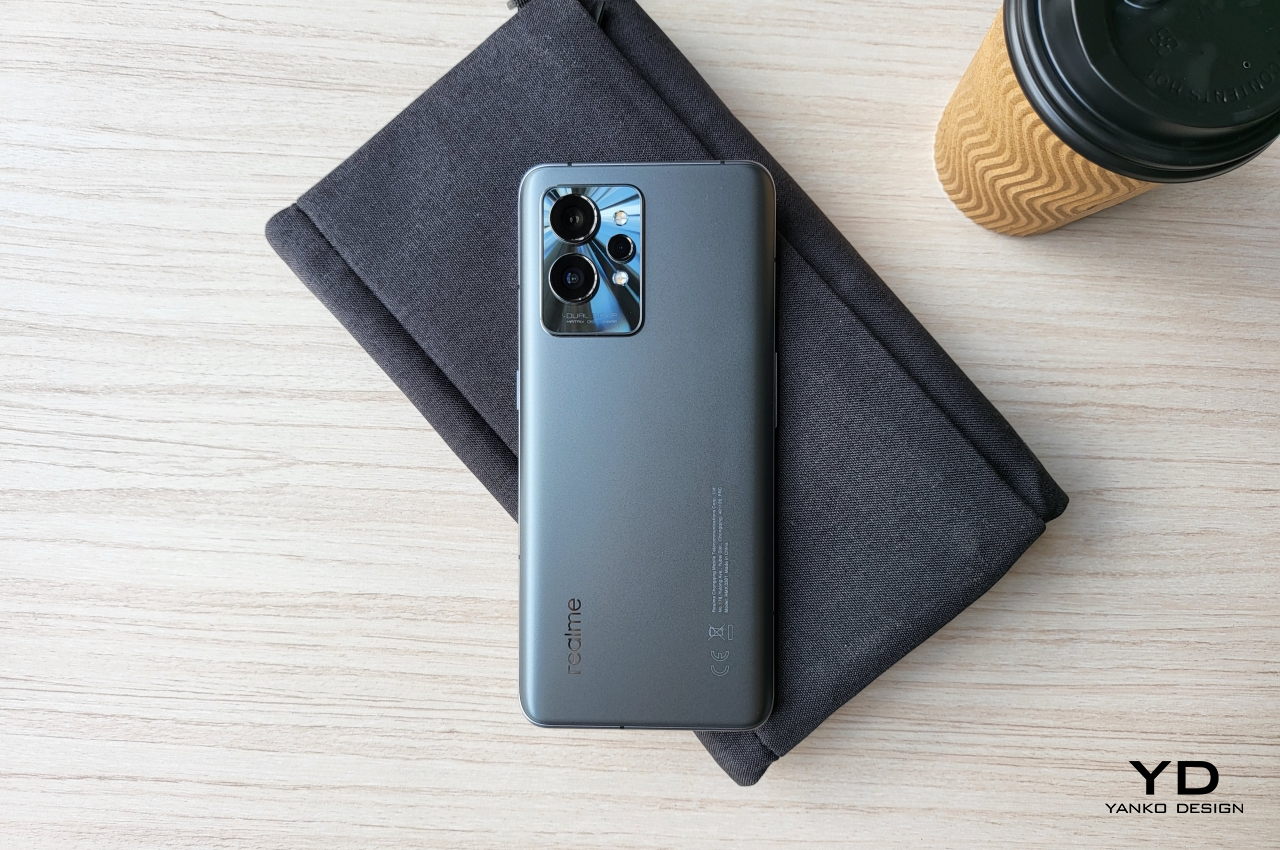
If you look at market intelligence numbers, millions of smartphones are shipped not just every year but every quarter. Given their small size and, in some cases, very affordable prices, these mobile devices have littered the planet, figuratively and literally. Although smartphones do use a lot of metal and glass, many of their parts and the processes used to create these technological wonders contribute to the deteriorating condition of our planet. It’s far too late to turn back on smartphones, tablets, and computers, so it is up to manufacturers to take steps to reduce the negative impact their products make on the environment. Many phone makers have started taking note and taking action, but Realme makes its biggest and boldest statement this year with the Realme GT2 Pro, embodying its vision of a greener future.
Designer: Realme x Naoto Fukusawa
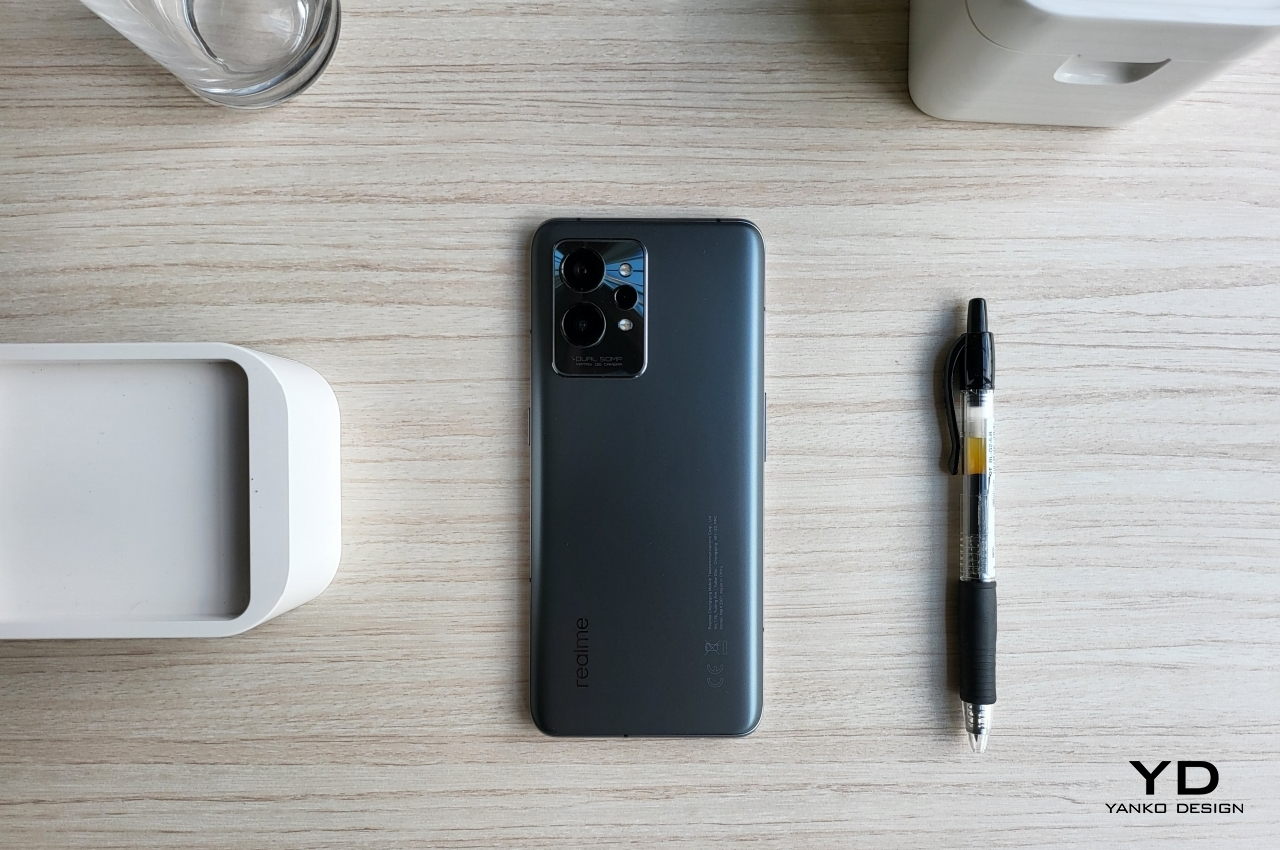
It’s like there are two editions of the Realme GT2 Pro. There are the “normal” ones that come in Steel Black and Titanium Blue colors, while the most notable pair are the Paper White and Paper Green variants. Our review unit is the more common Steel Black, which sadly misses out on the sustainable material used in the Paper editions. Nonetheless, this review will take into account both editions as a whole, especially considering they share almost everything in common except for that special biopolymer case.
Aesthetics
Unless you grabbed the Paper White and Paper Green colors, the Realme GT2 Pro would look pretty commonplace. In fact, you won’t even realize what makes those Paper Editions special unless you take a closer look and a closer feel. Realme has opted to stick to a familiar design language, with a rectangular camera block that sits in the corner of the phone’s back. That back is made from AG (anti-glare) frosted glass or biopolymer, depending on the edition, with an aluminum frame that’s flat on the top and bottom edges but curved on the left and right.
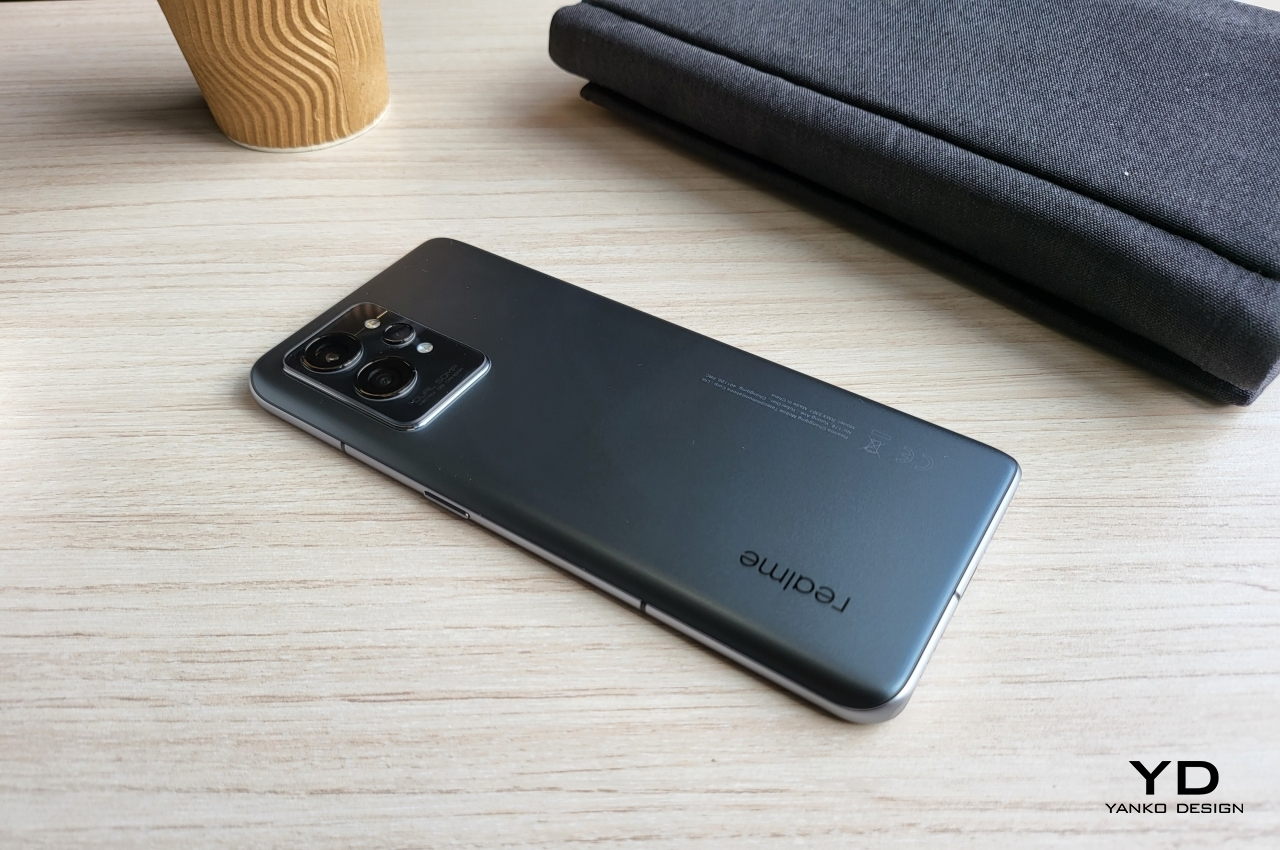
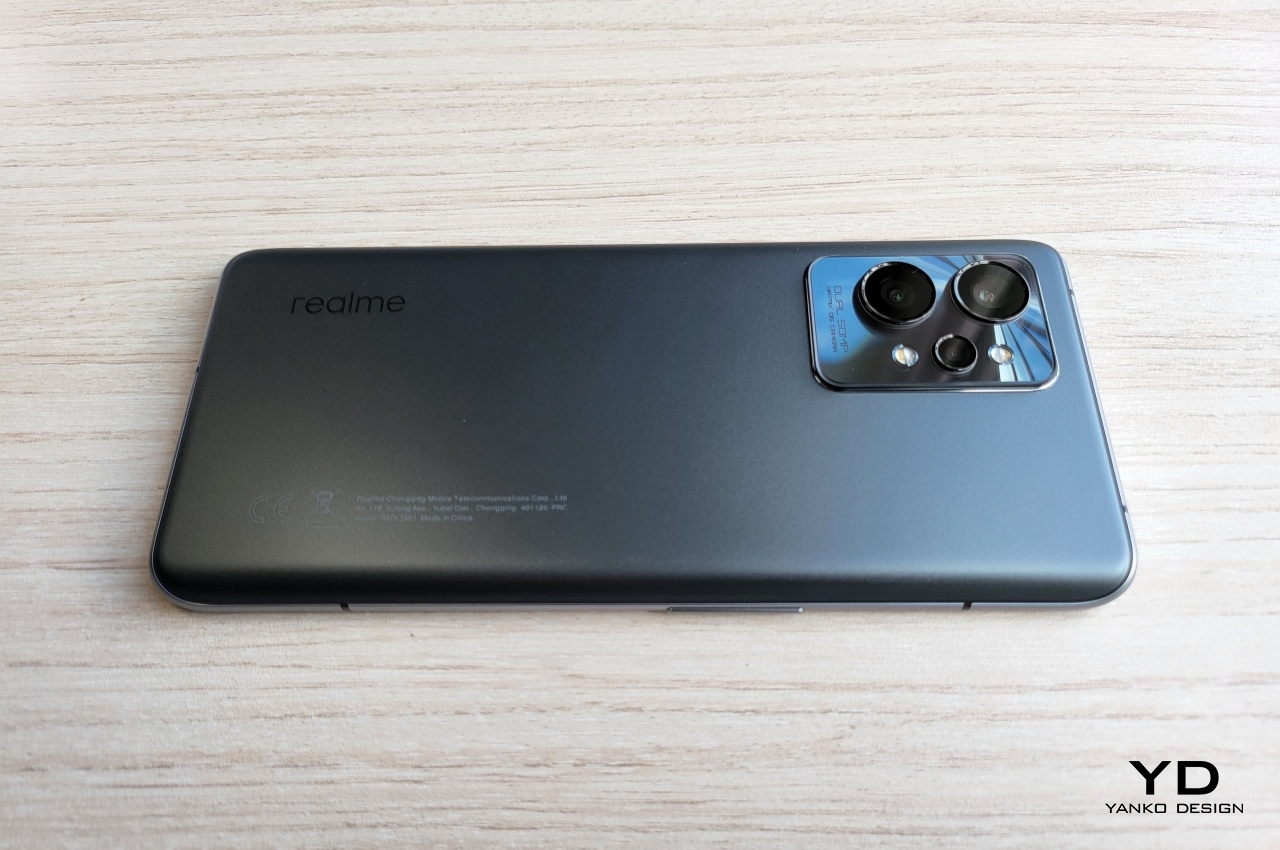
While relatively plain in comparison to the likes of the Google Pixel 6, the Samsung Galaxy S22 Ultra, or even the OPPO Find X5 Pro, the Realme GT2 Pro’s design language has the benefit of familiarity and a bit of minimalism. Where its peers and rivals have camera bumps that span the entire width of the phone unnecessarily, Realme has remained more conservative in its camera designs, retaining the overall design and changing only the size of the enclosure to fit the number of cameras the phone has. There is an element of beauty in its simplicity, especially given how some phone designs today are so radical to the point of being unappealing.
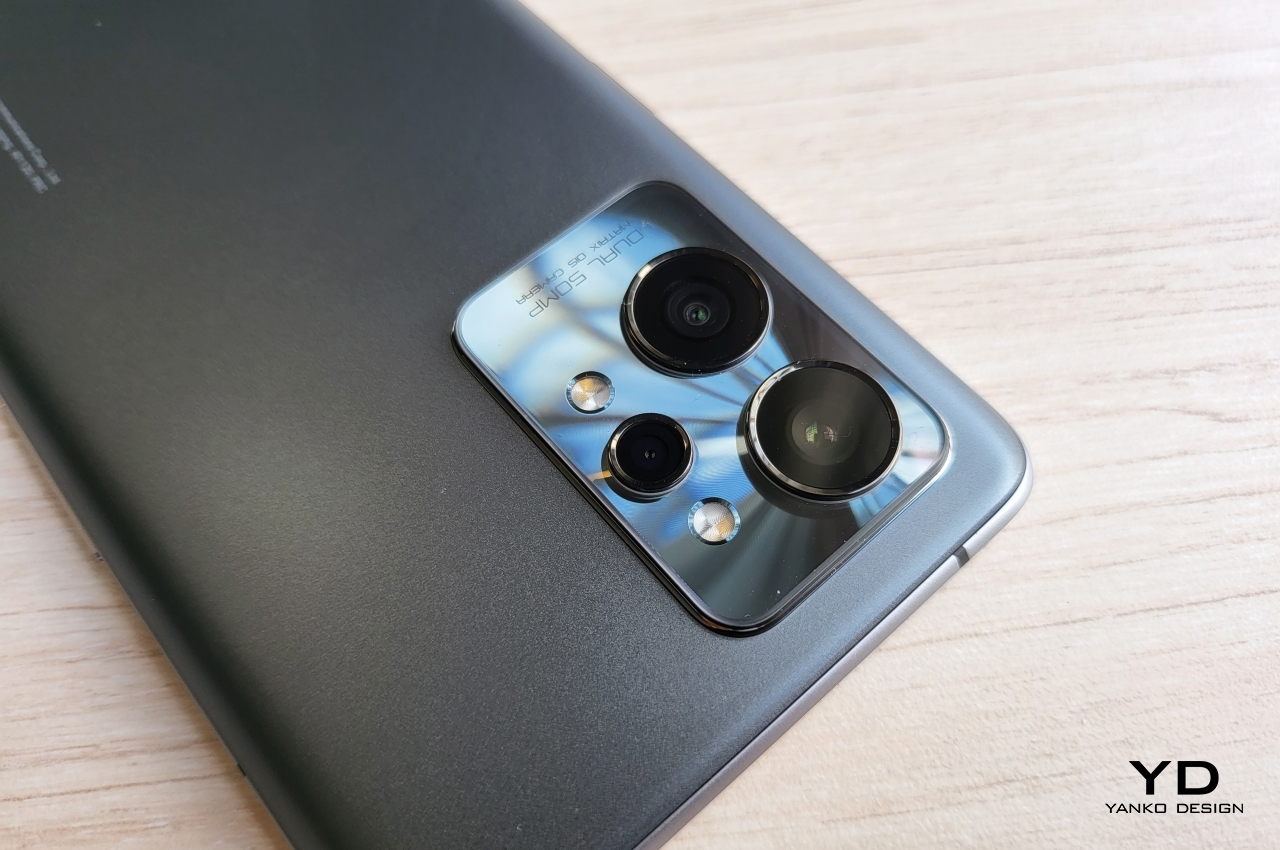
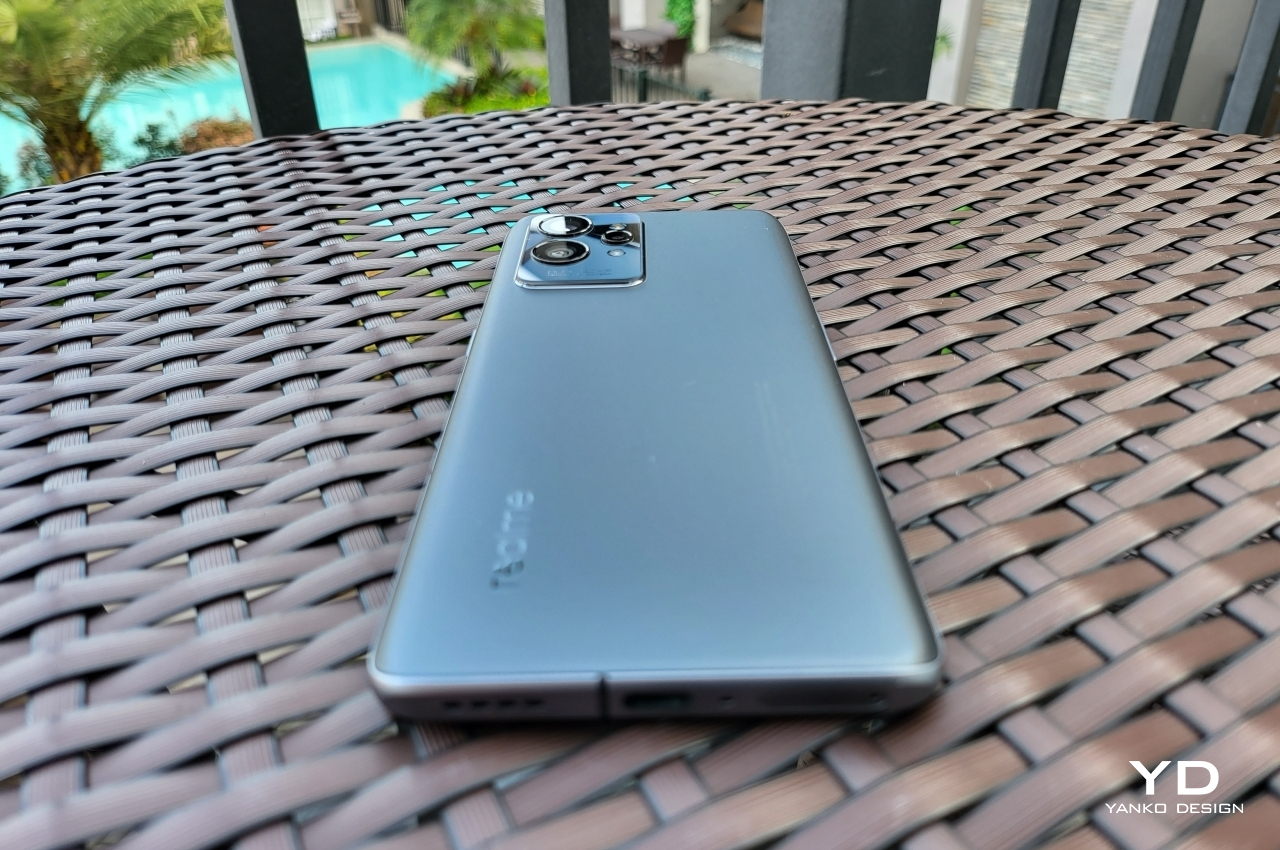
The Paper White and Paper Green colors have a unique personality that goes beyond their makeup, which we’ll get to later. Closer inspection will reveal micro patterns on the surface of the cover, almost like magnified paper grains. Unsurprisingly, the back cover also feels different, though calling it paper-like wouldn’t exactly be accurate. The roughness of that surface does give the phone an easier grip compared even to matte glass, which is the perfect segue to the phone’s other design characteristic.
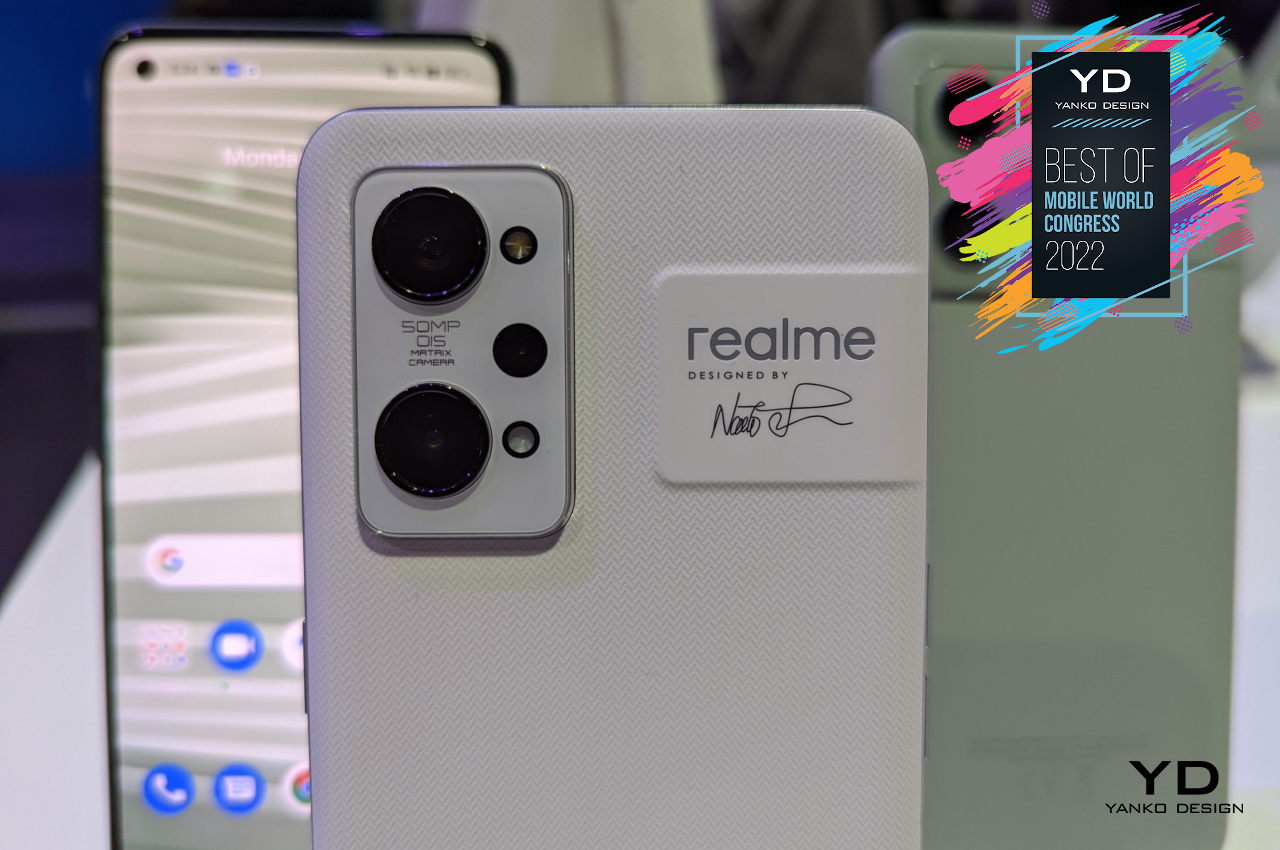
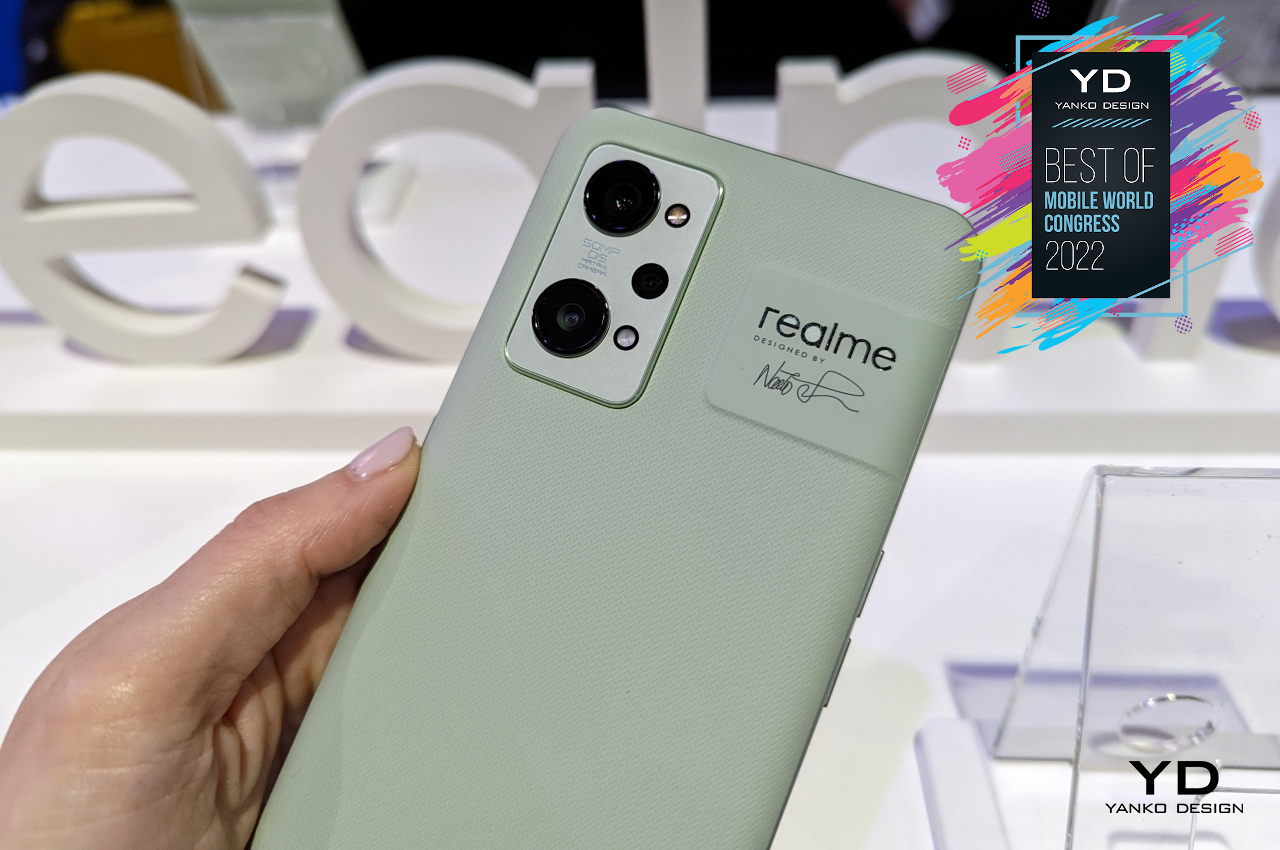
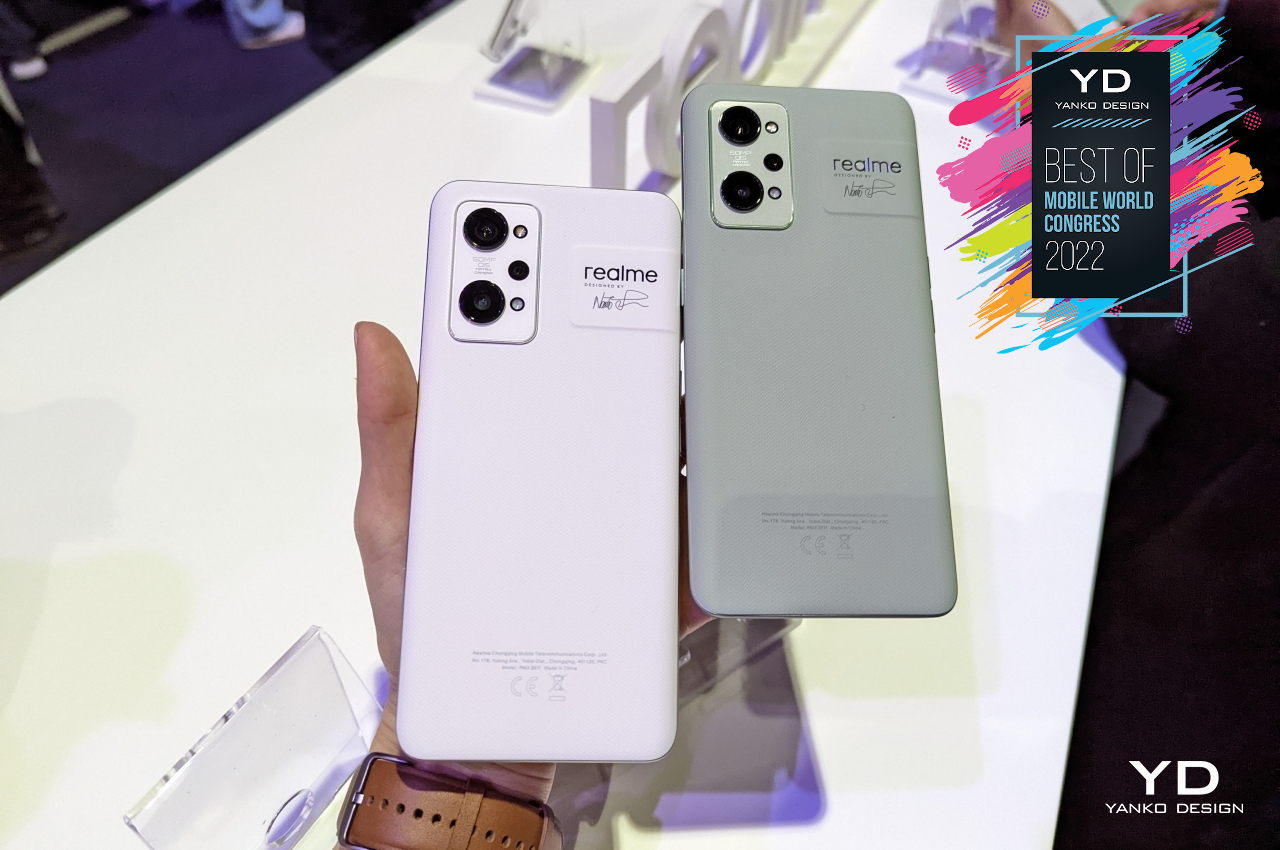
Ergonomics
The Realme GT2 Pro, particularly the ones with glass rears, is smooth and light to hold. Unfortunately, it might actually be too smooth, which could lead to some very disastrous meetings between the phone and the floor. The frosted look and feel of the Titanium Black’s AG glass do nothing to improve its grippiness. In fact, it might have even made the phone even more slippery compared to glass which sometimes has a bit of stickiness on its surface. Realme does provide a gel case for the phone, but it isn’t transparent like what most manufacturers provide.
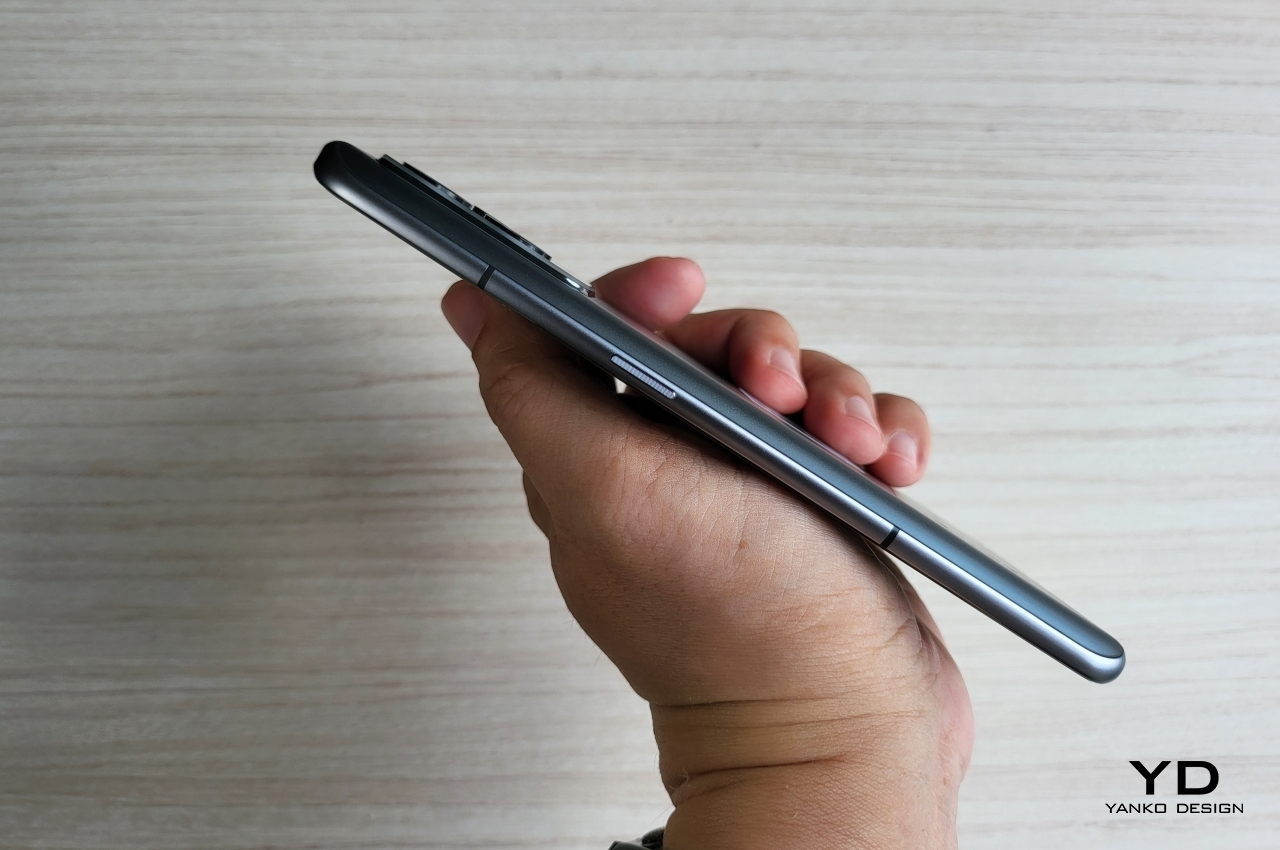
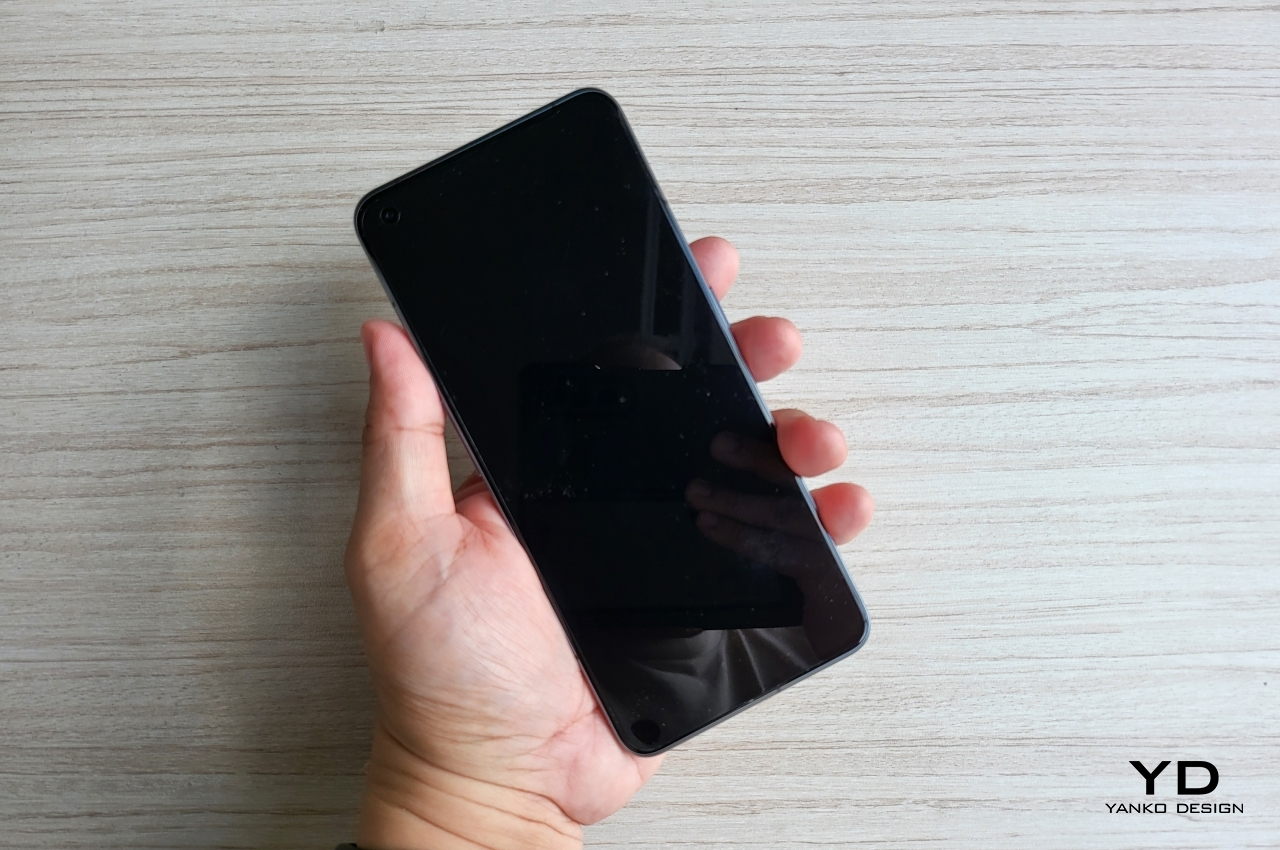
The phone does nestle comfortably in the palm of your hand, thanks to the GT2 Pro’s curved sides and curved edge back. It bucks the current trend of going back to flat edges on all sides, making it look and feel like a blast from the past. Unlike the back cover, the screen is completely flat, another design cue that’s coming back into fashion lately. This “old-school” design has the advantage of avoiding unnecessary screen touches that often plague curved edge displays. All in all, the Realme GT2 Pro is comfortable to hold and use, but you’d be advised to use it with a case, especially if you opted for the Black or Blue models.
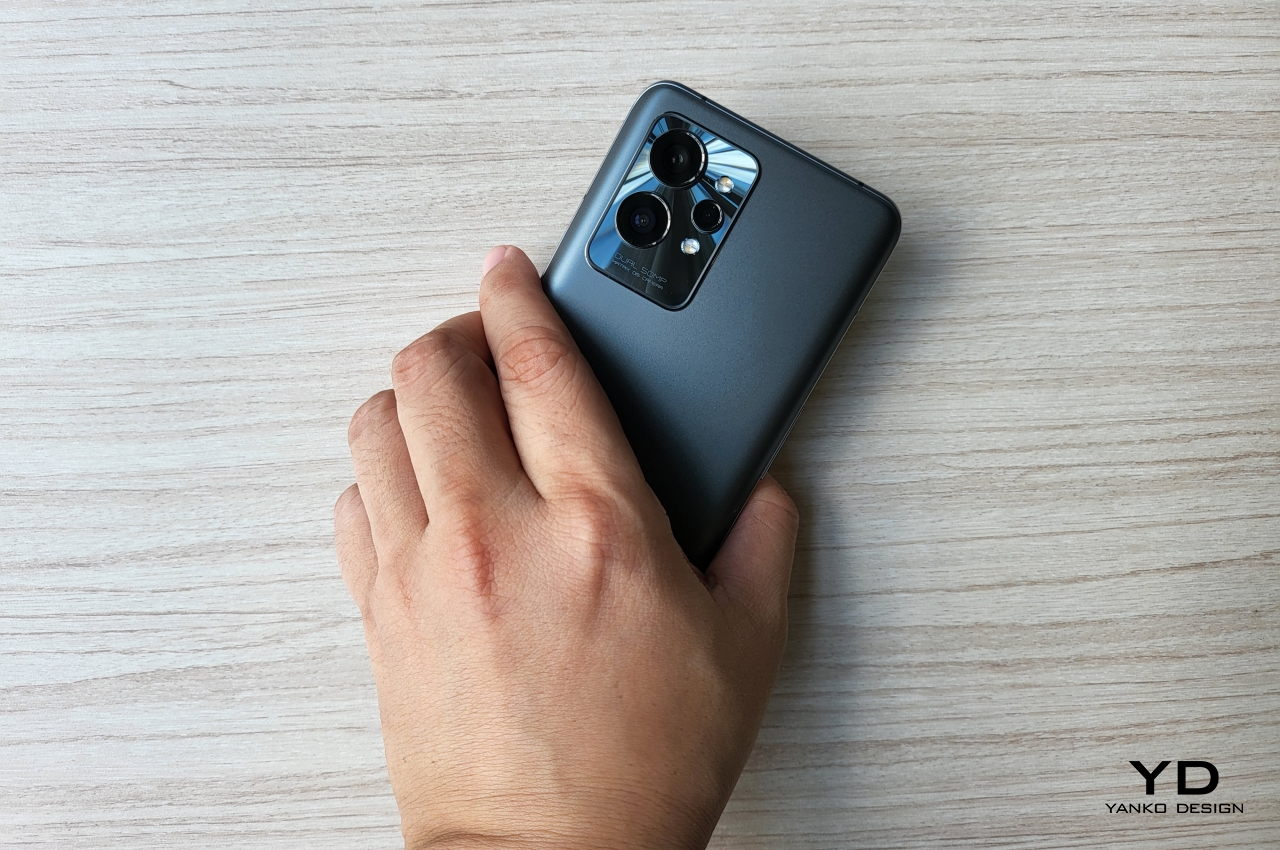
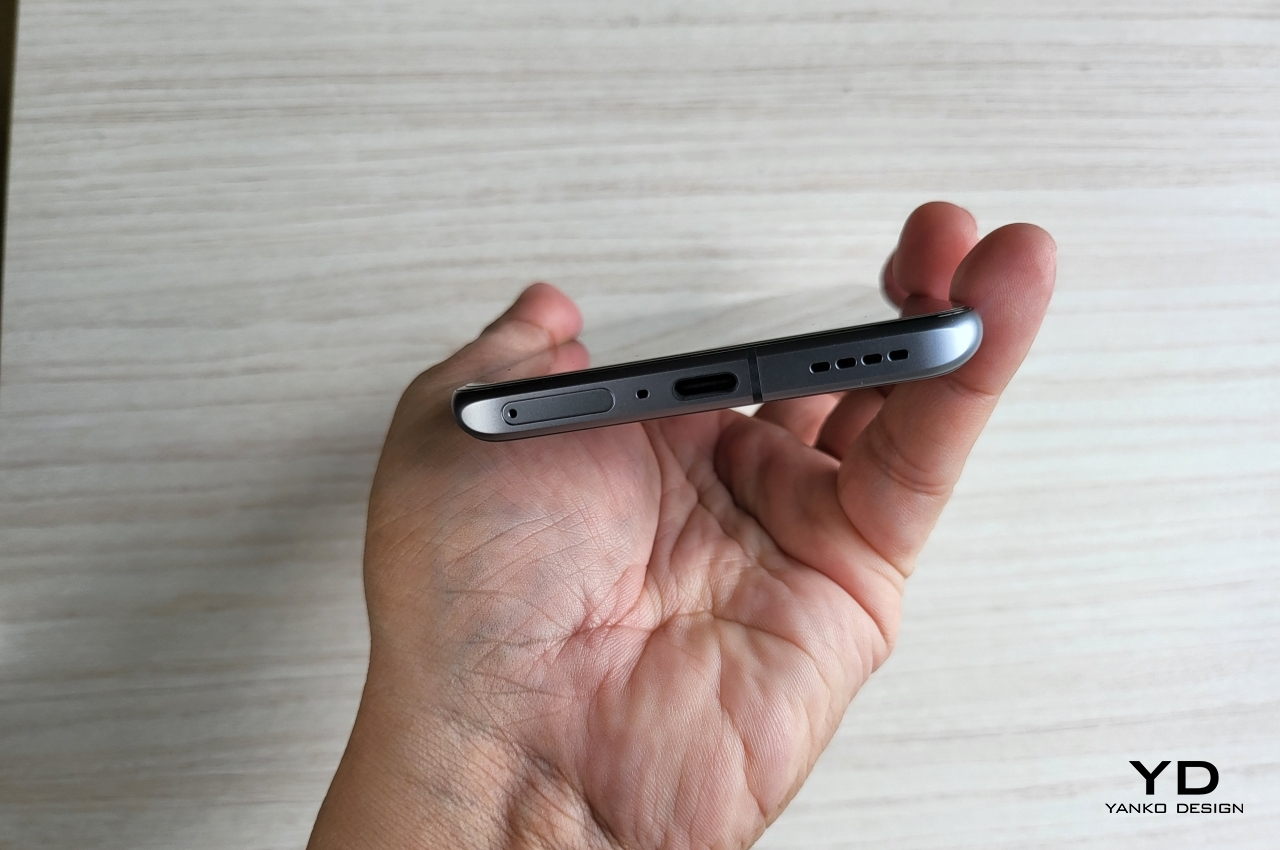
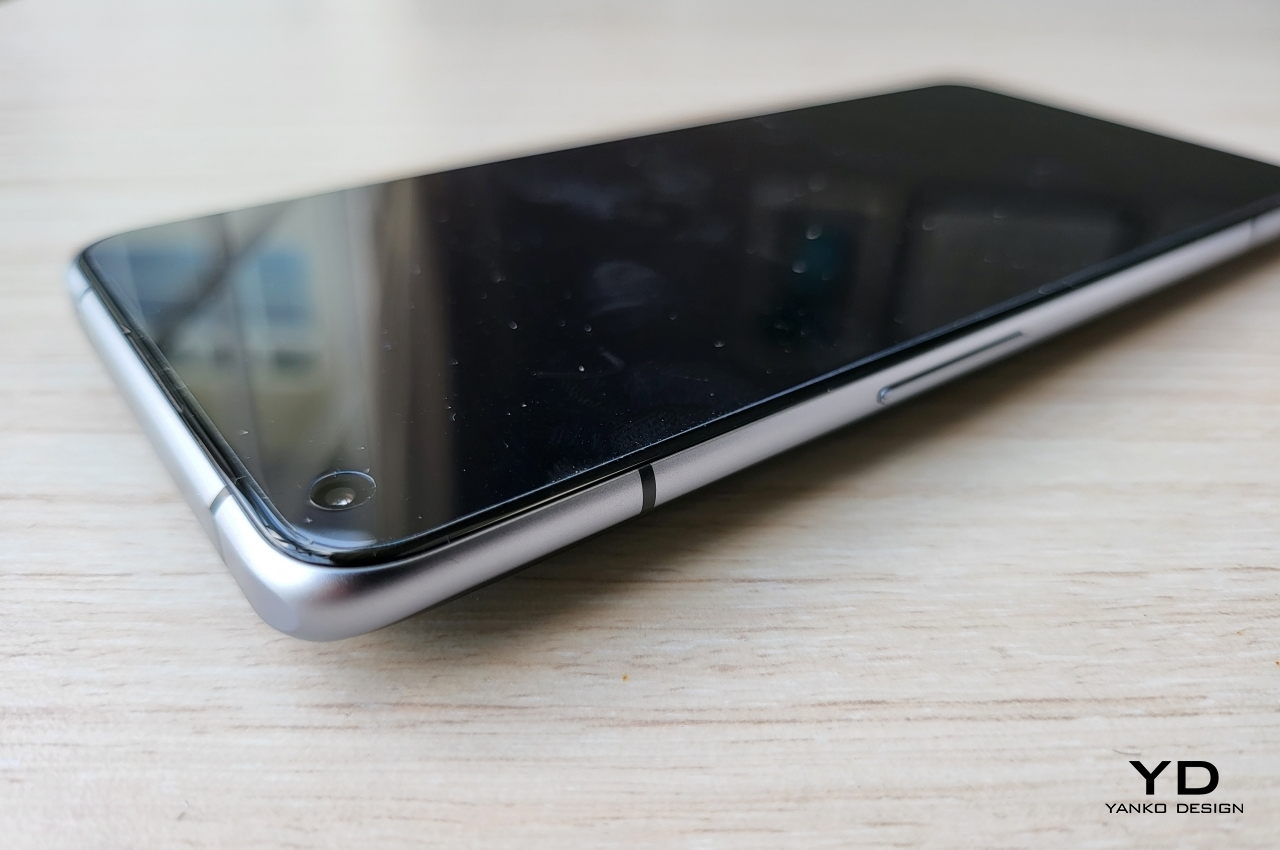
Performance
The Realme GT2 Pro bears the top-of-the-line hardware available to smartphones in the early parts of 2022. That means the somewhat current Qualcomm Snapdragon 8 Gen 1 and 8 or 12 GB of RAM right off the bat. You can expand the RAM by 3GB, 5GB, and even 7GB by taking that much space away from the phone’s fast UFS 3.1 storage. You won’t be wanting in performance, though the phone tends to get a bit toasty under heavy use, a trait that seems to be common with phones using this particular processor.
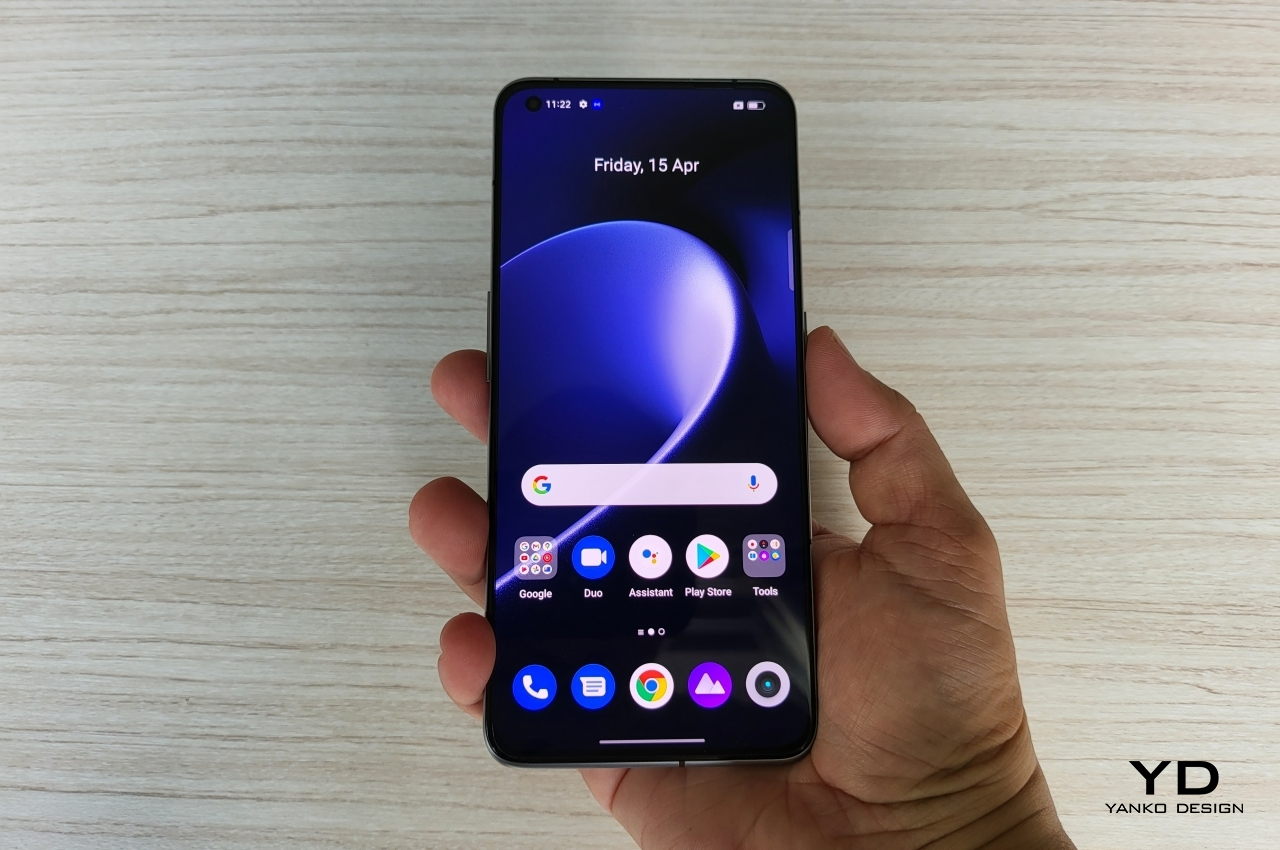
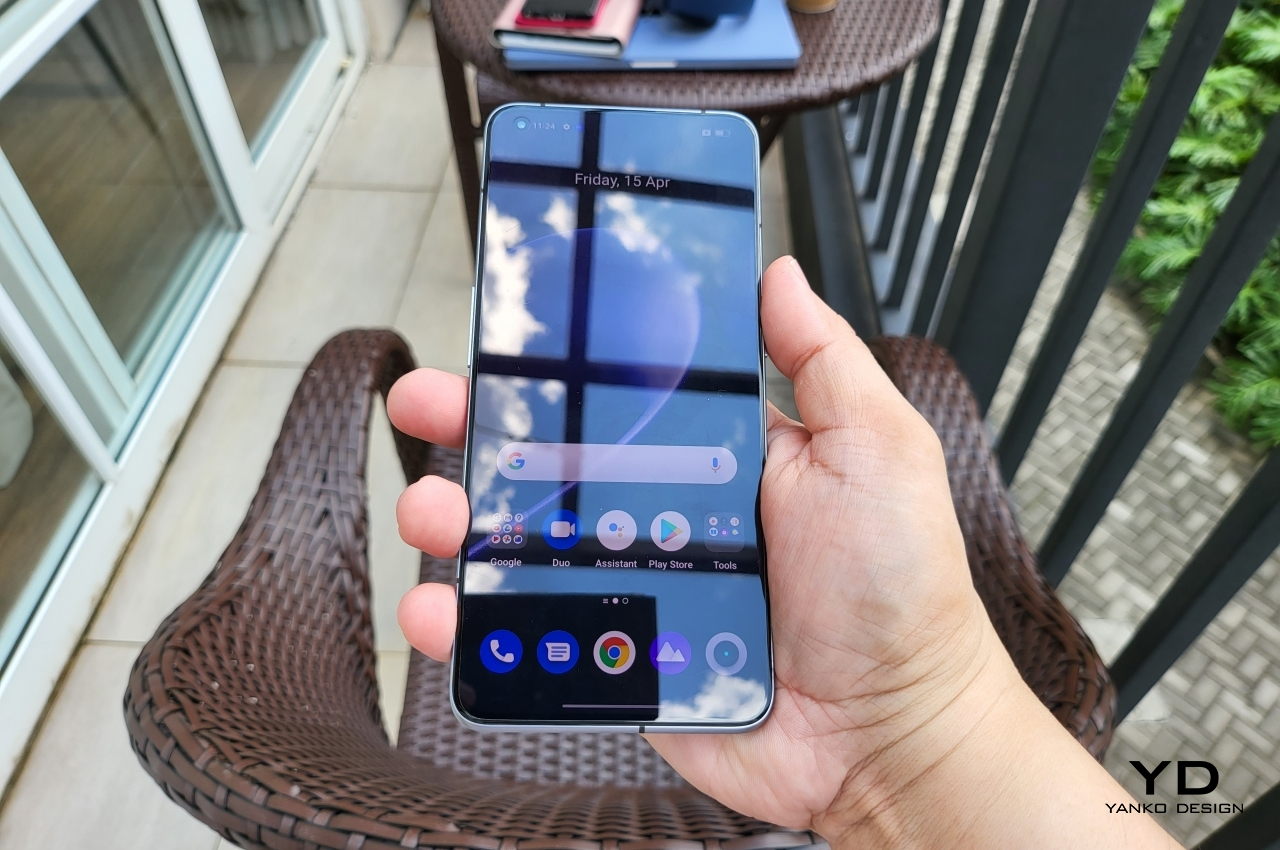
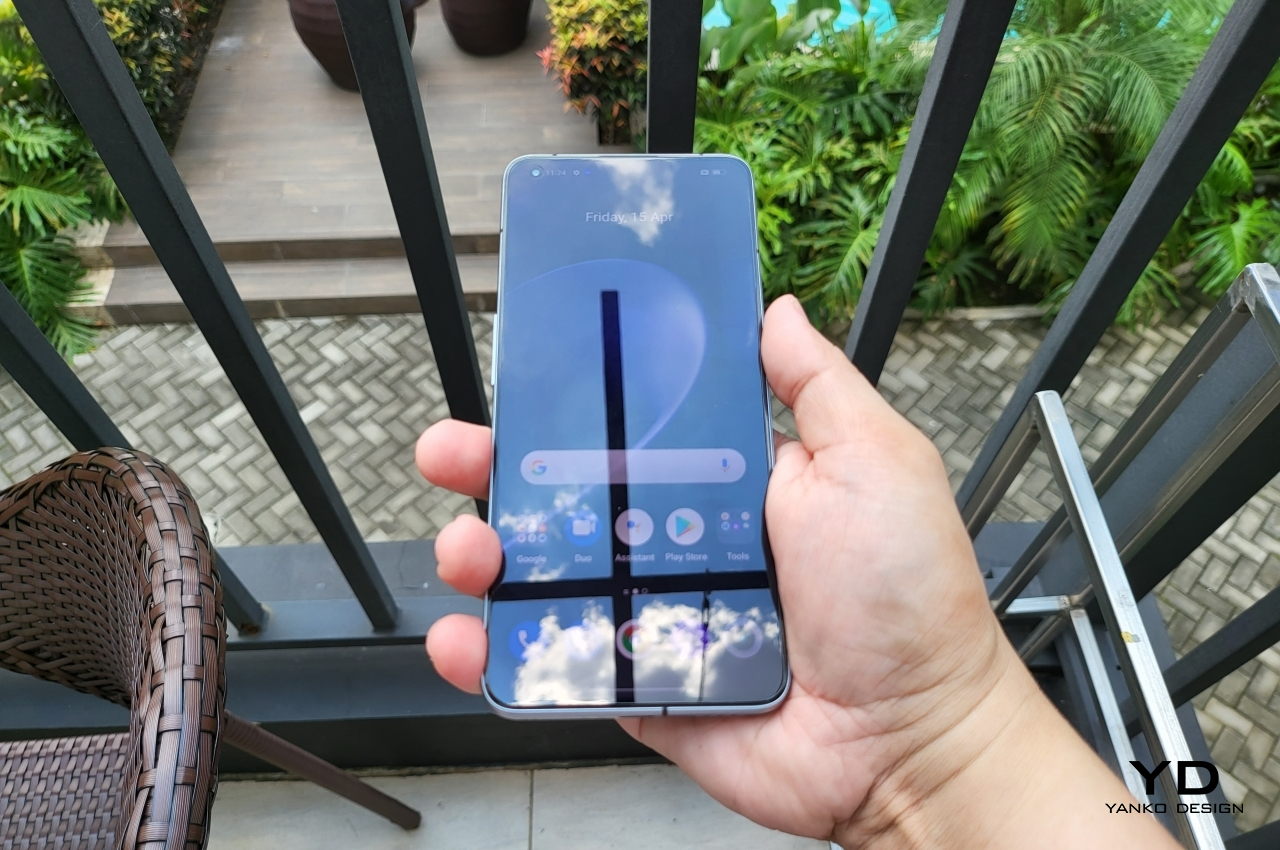
The phone’s display is also topnotch, boating 2K resolution where some of its competitors have stuck with Full HD. It is bright and clear, even under the sun, and colors really pop with a wide color gamut that supports up to 1 billion colors. That comes in really handy when you start taking photos and recording videos. The 6.7-inch LTPO2 screen does have one hidden power you won’t see but will still hopefully notice. Although it can go as fast as 120Hz on some apps, the screen can remain at a steady 1Hz when viewing more static content, yielding a not-insignificant amount of battery savings per day.
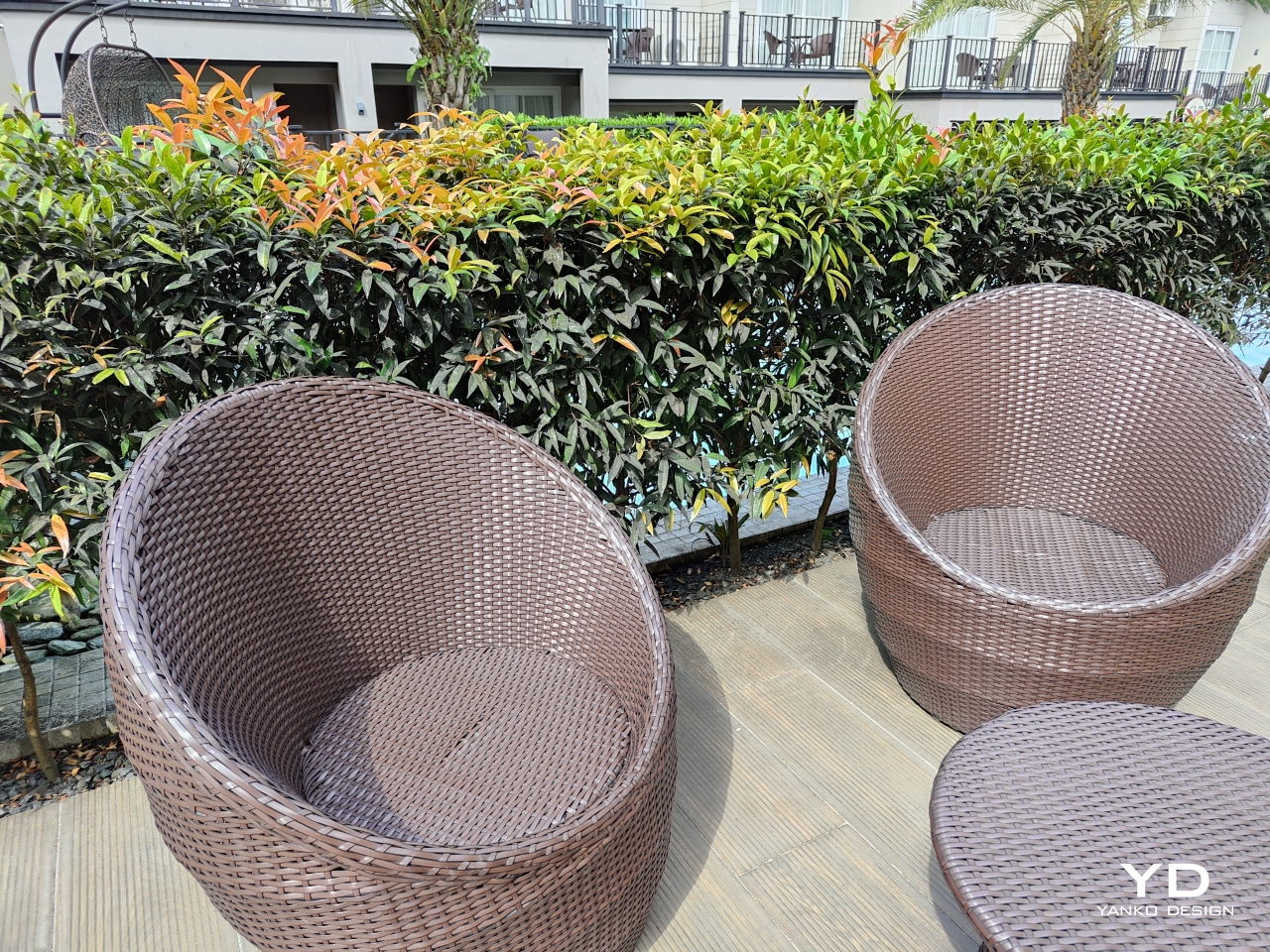
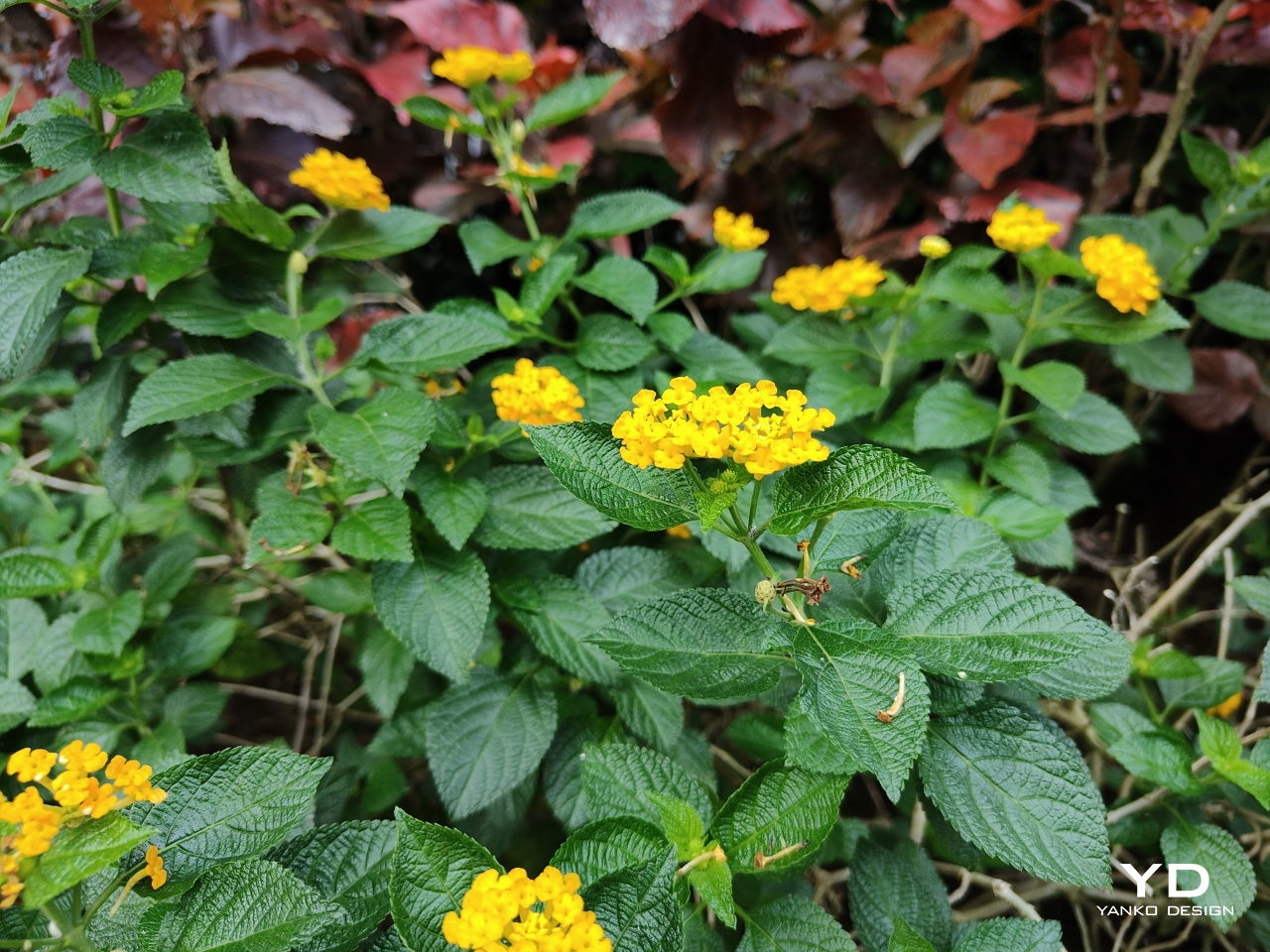
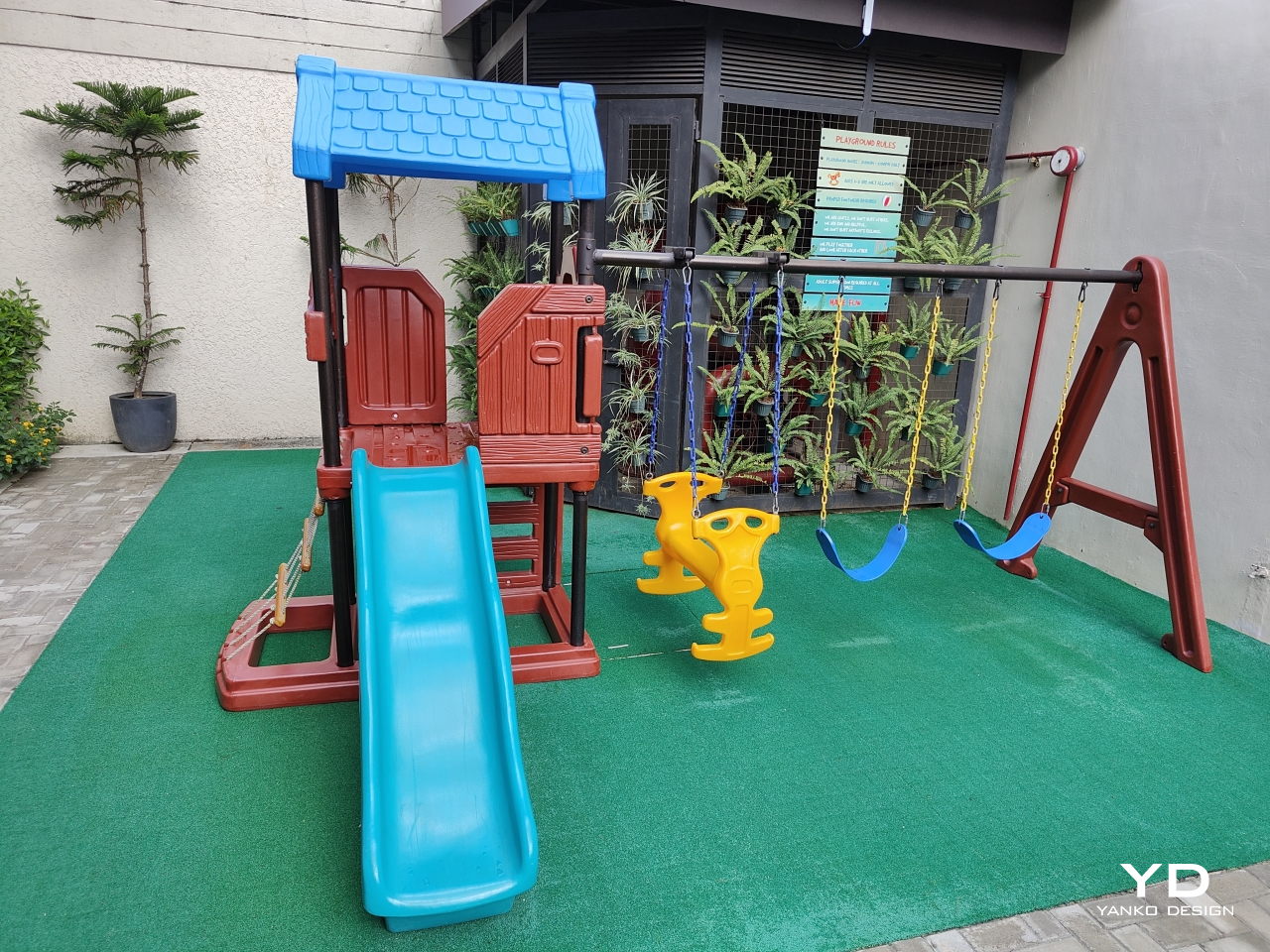
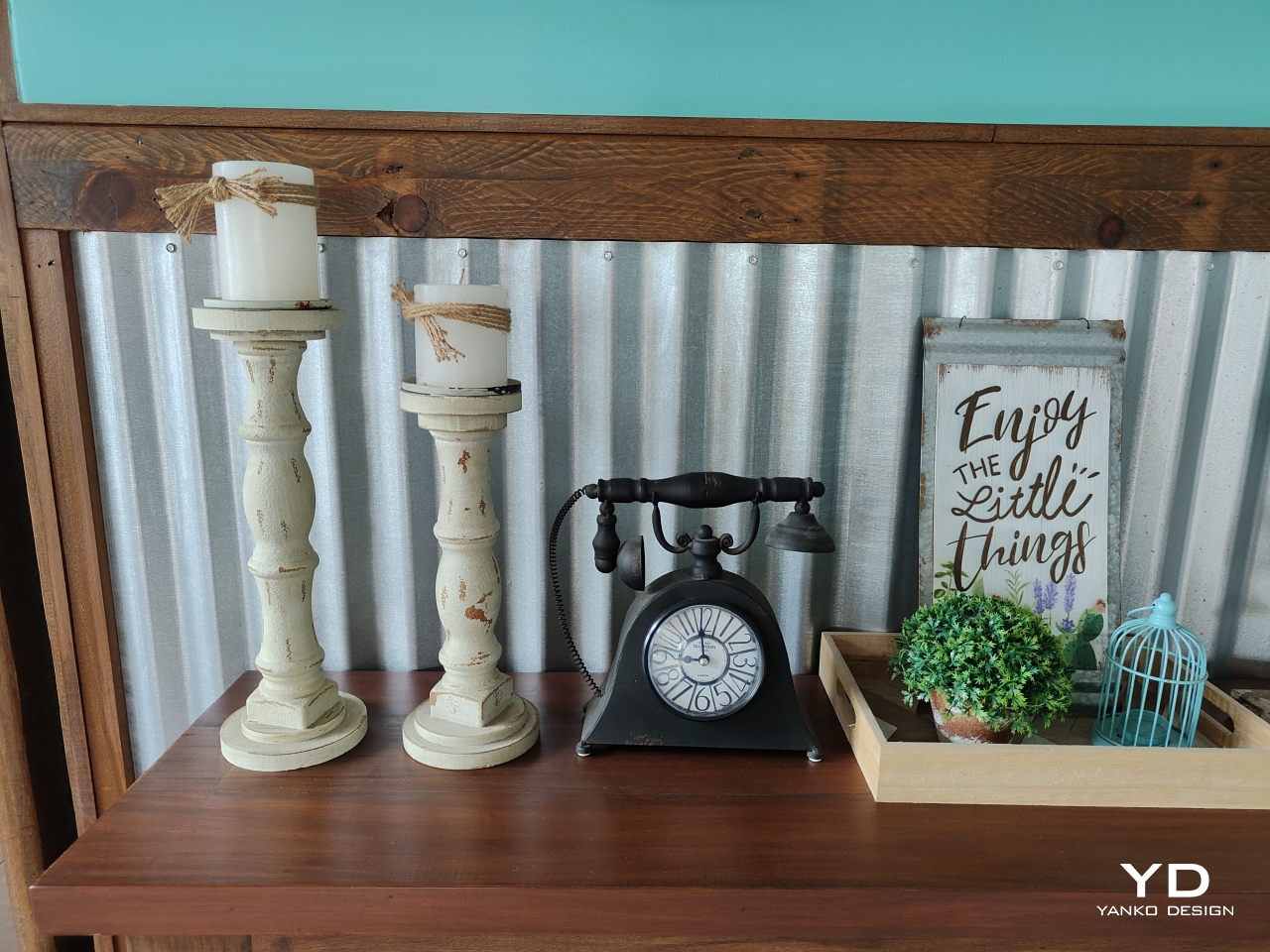
Mobile photography is where it’s at these days, and the GT2 Pro is definitely up there with the market’s understated and unnoticed top performers. The phone has two major cameras, both of which have 50MP sensors. This means that you won’t have to sacrifice quality when you switch from wide-angle to ultra-wide-angle, though you will have to give up the Phase-Detect Autofocus and Optical Image Stabilization when you do. The one drawback to Realme’s camera team is the lack of a dedicated telephoto zoom camera, so you’ll have to make do with shooting at a full 50MP resolution and then just cropping out the section you want to zoom in.
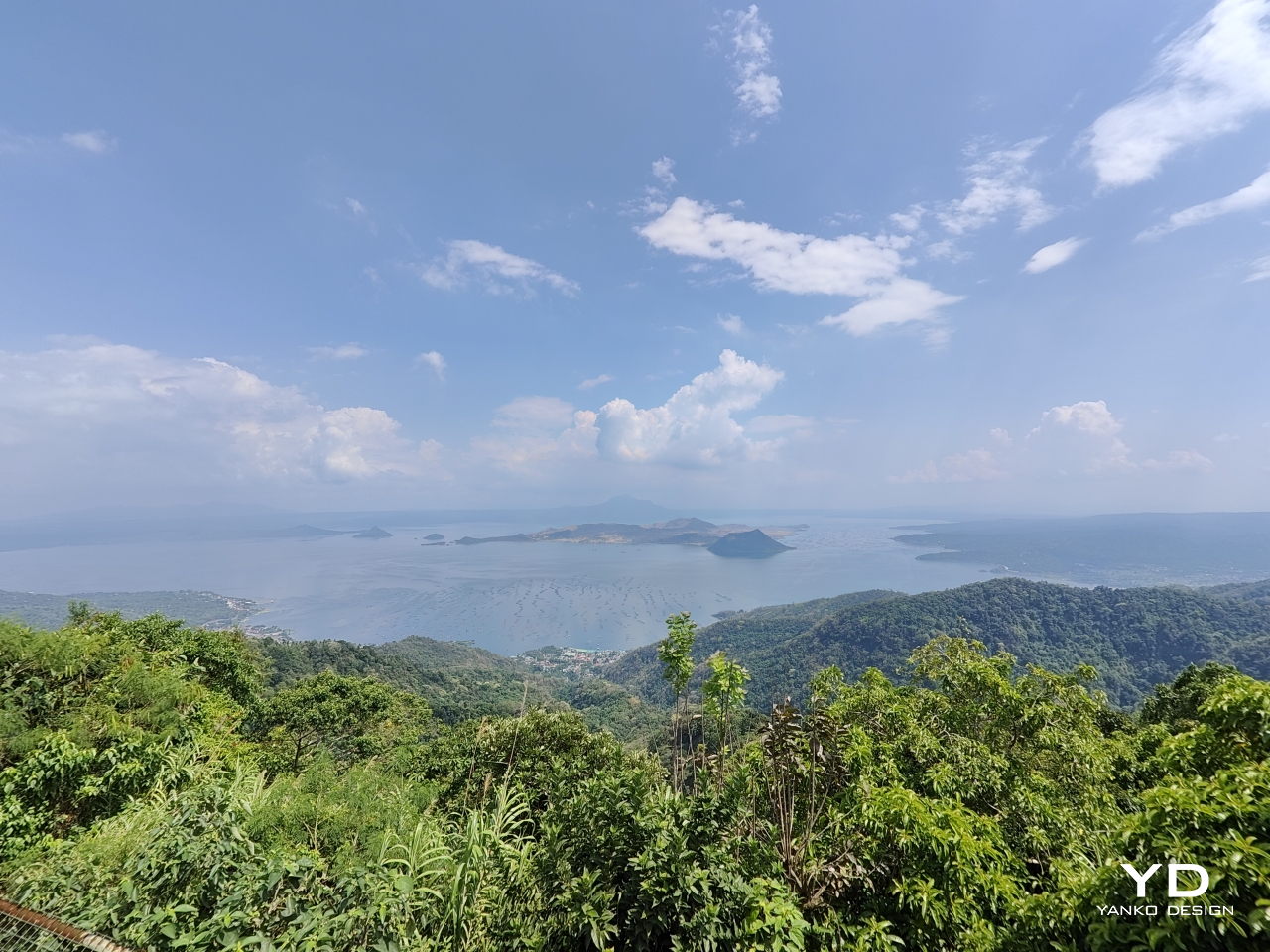


In practice, though, it doesn’t matter much because the Realme GT2 Pro takes excellent photos, no matter the time of day. Colors are accurate, and details are well preserved, especially when there is abundant lighting available. The phone does have a night mode available, but it seems you can’t actually turn it off because the AI automatically detects the scene and switches to it at night. On an overcast day, the camera does have a bit of a problem with noise, especially on surfaces with a single color.

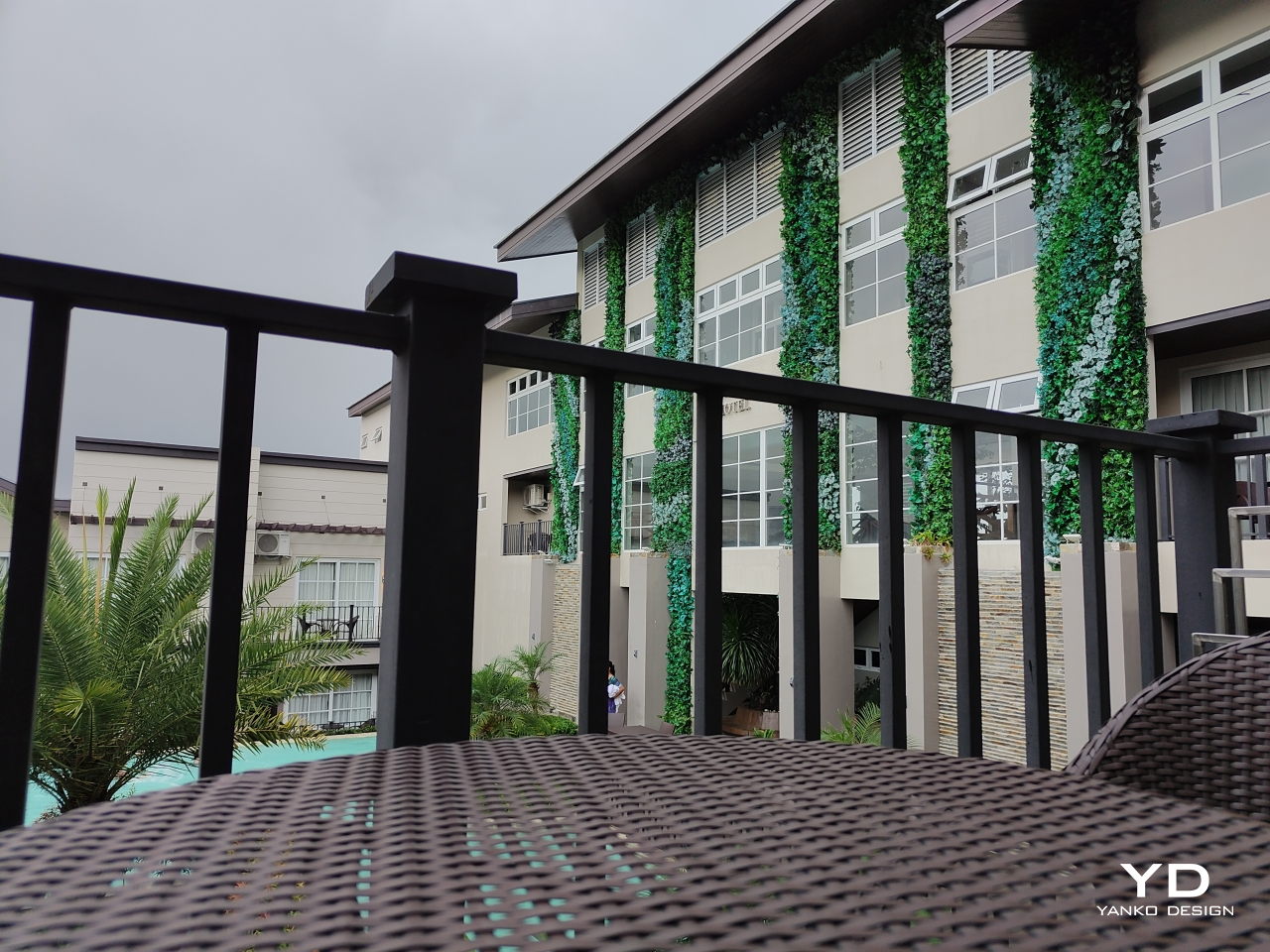
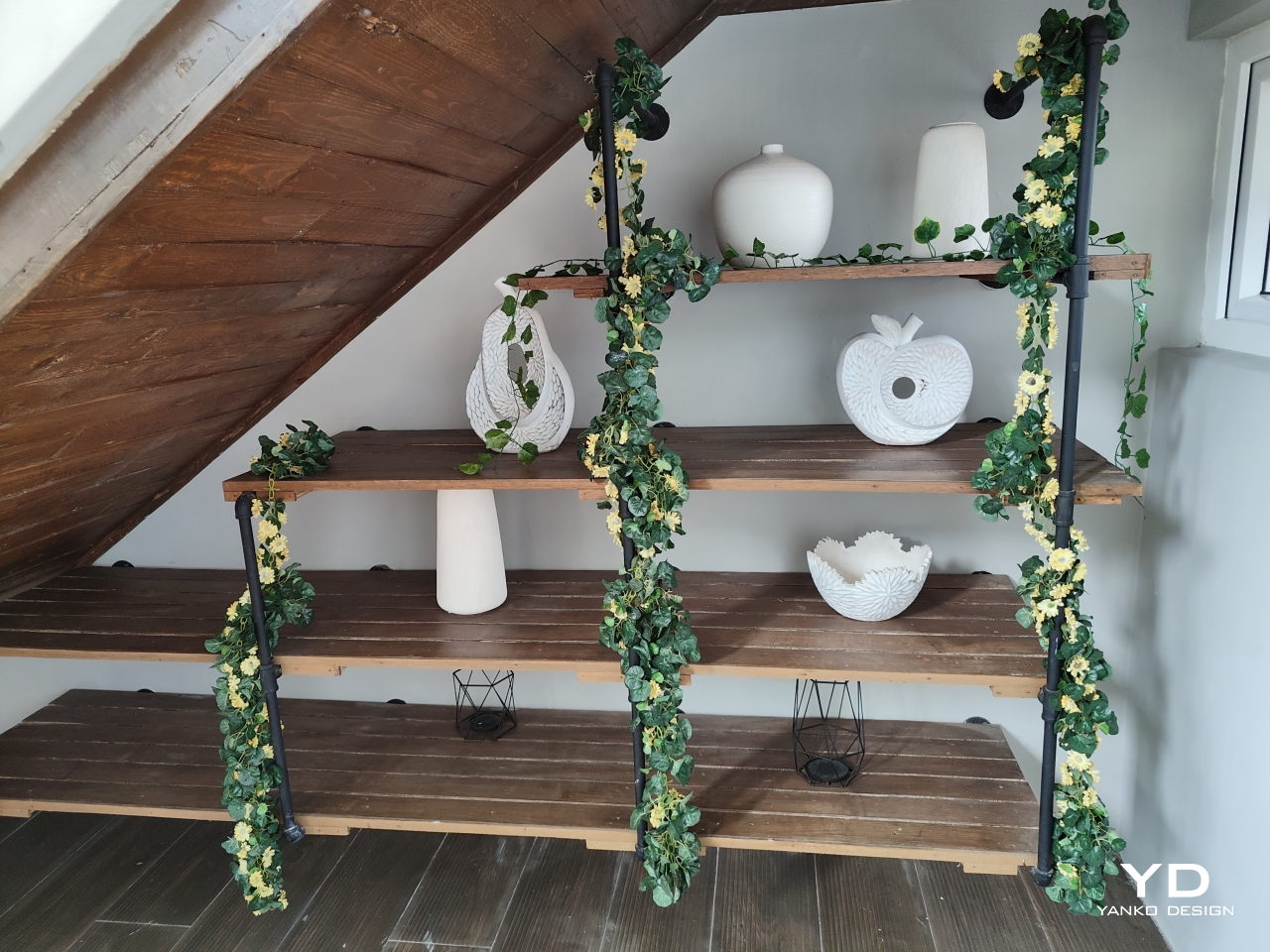
Sustainability
There’s no escaping the fact that smartphones are predominantly non-renewable packages of technology, so every little thing that offsets their negative impact on the environment goes a long way. Some smartphone makers have ditched shipping chargers inside their boxes, while others have started using recycled plastics in bits and pieces. Realme has those as well, but it is going beyond just packaging and manufacturing.
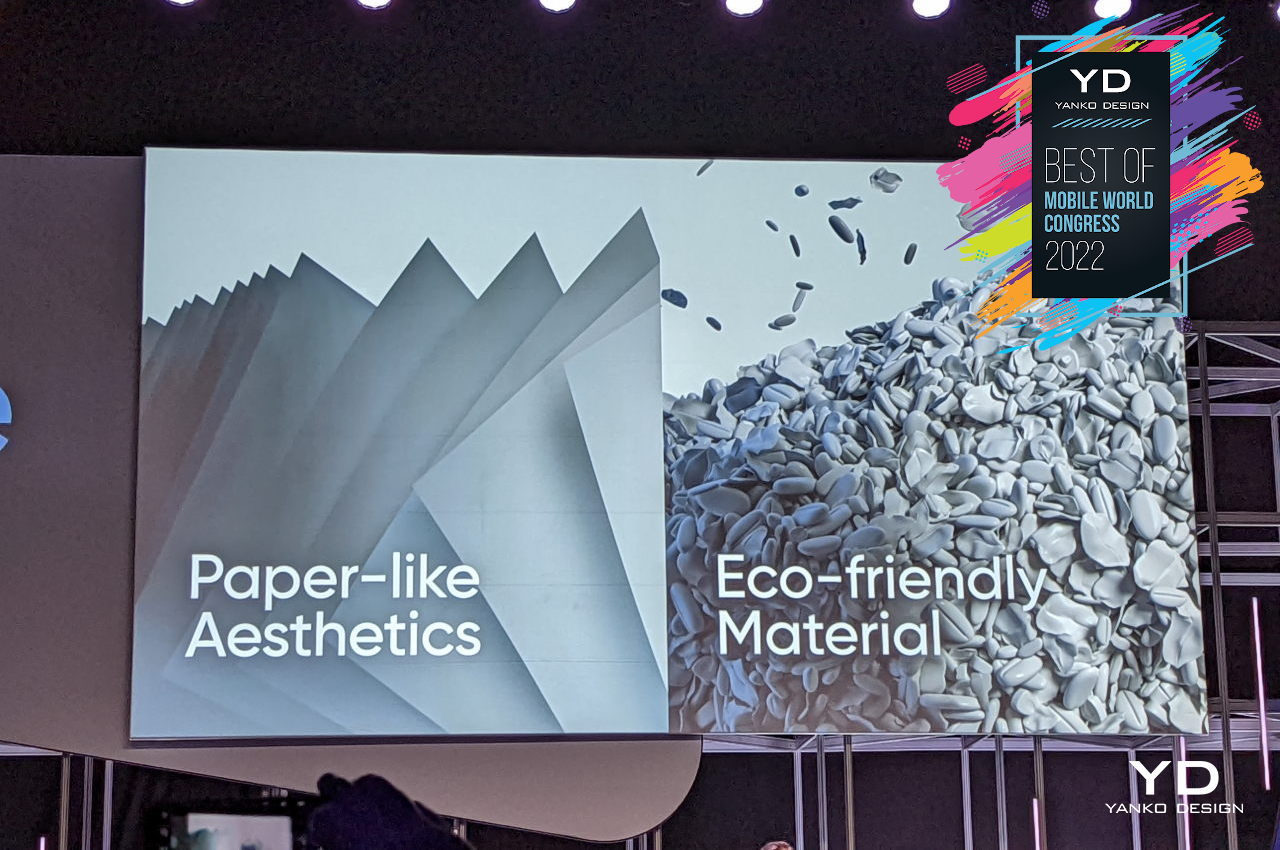
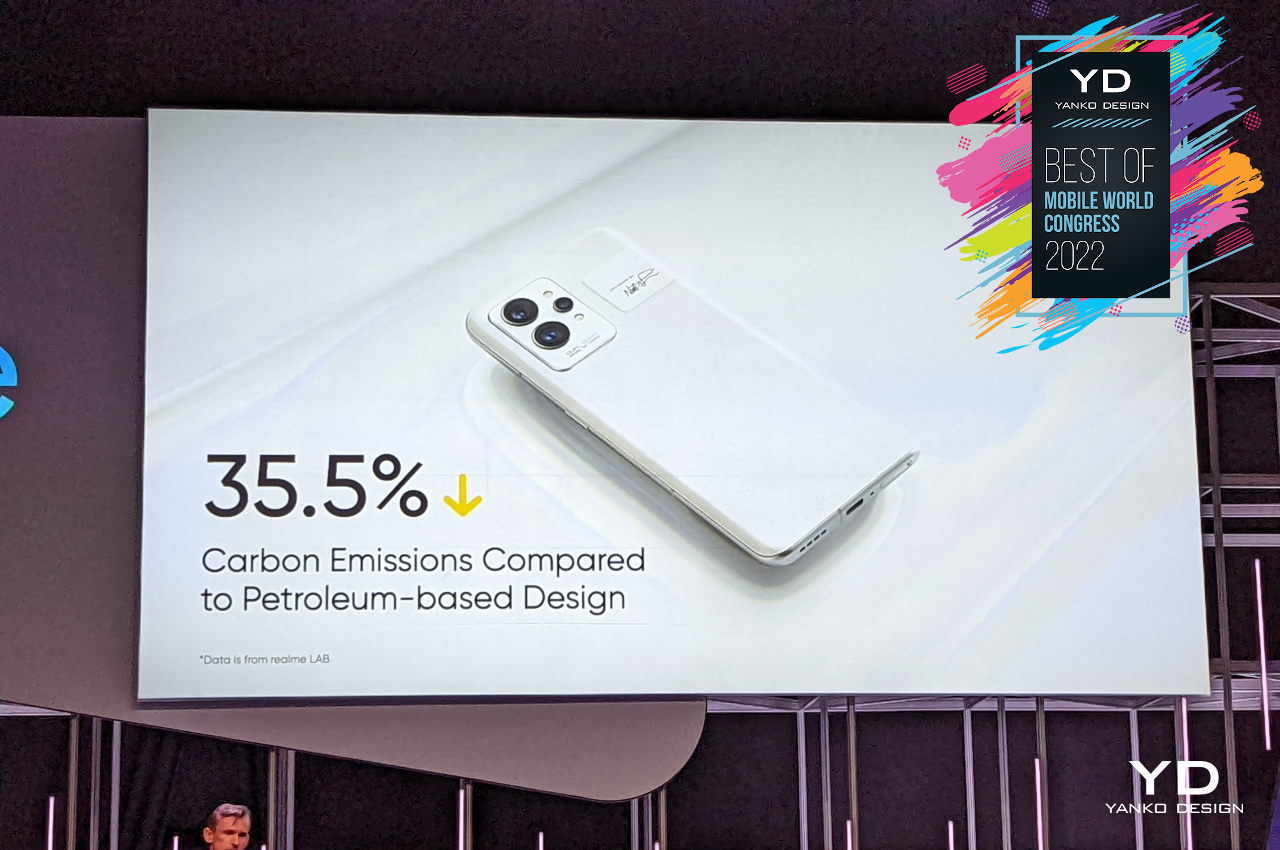
Realme does improve its packaging techniques, like reducing the use of plastic and using soy oil ink, but it also makes commitments that go beyond the sale of the phone. For example, it has a program in partnership with treedom that plants a tree for every Realme GT phone sold. Given how fast the brand is growing globally, that could translate to hundreds of trees that will be greeting our descendants in a few years.
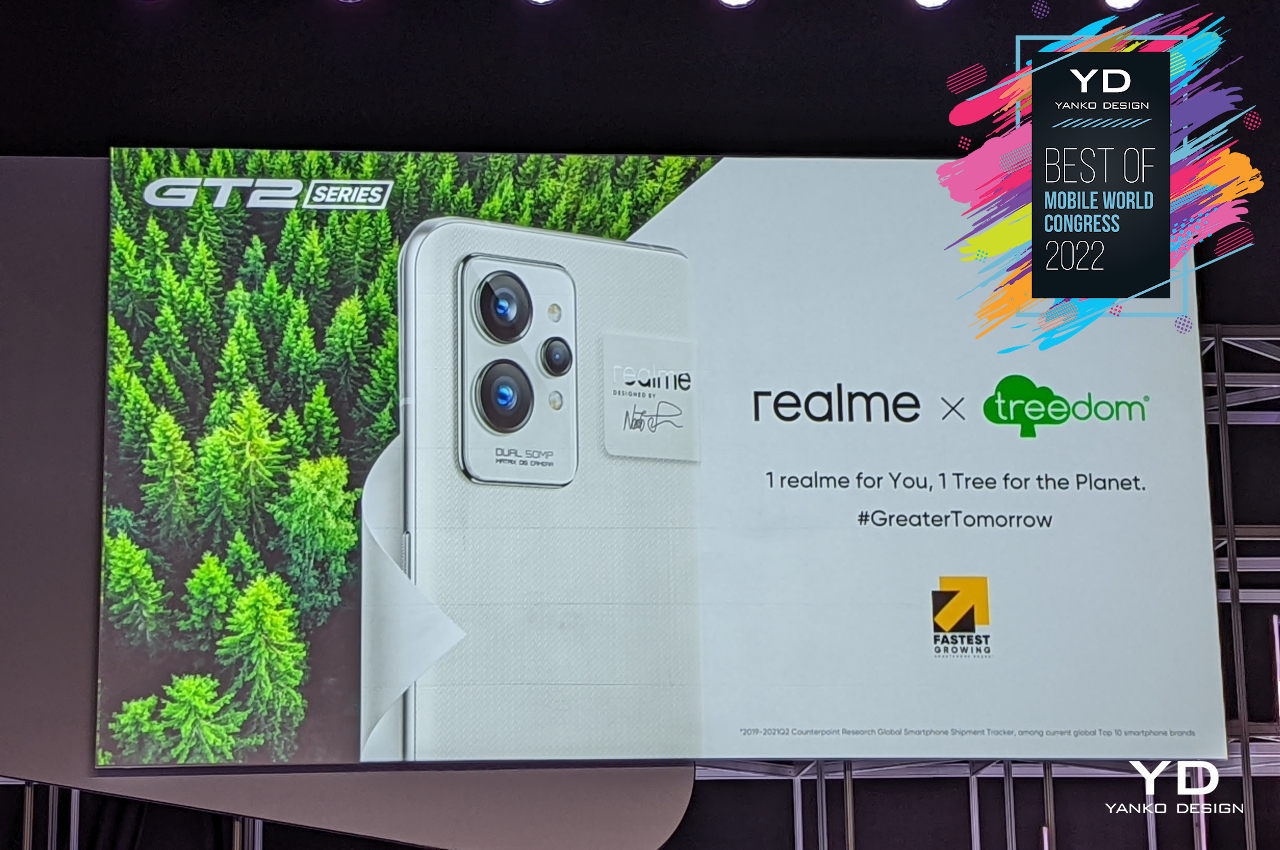
Of course, the highlight of the GT2 Pro is its “Paper Tech Master Design,” made in collaboration with its long-time partner and famed industrial designer Naoto Fukusawa. More than just the appearance and texture of these special editions, the back case is also made from biopolymer, which helps reduce the phone’s carbon emissions during production. It is clear proof that it is definitely possible to use alternative materials that make a phone more sustainable while also giving it a stylish appearance.
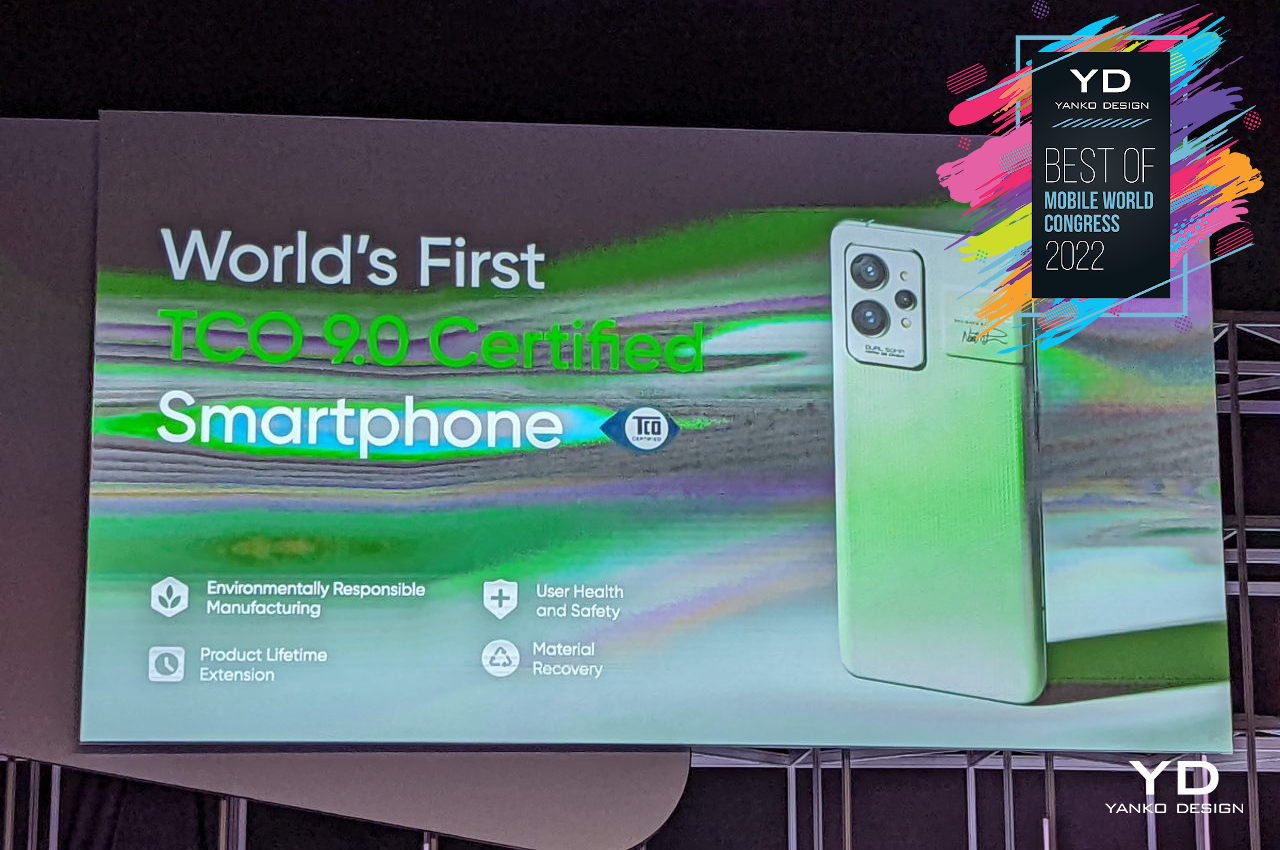
Unfortunately, Realme is still a few steps short of establishing itself as the exemplar of sustainability in the smartphone market. It still has to embrace a repair strategy similar to Apple, Google, and Samsung, opening the doors to self-repair and easier purchasing of genuine spare parts. It also needs to give a stronger statement about how to make sure used or broken phones are disposed of properly or, better yet, sent back for recycling. The Paper Tech Master Design is definitely a step in the right direction, but it’s still a “limited edition” design that’s outnumbered by dozens of “normal” phones. Hopefully, Realme won’t let these efforts become a one-time publicity stunt and slowly but surely make it the norm for future phones.
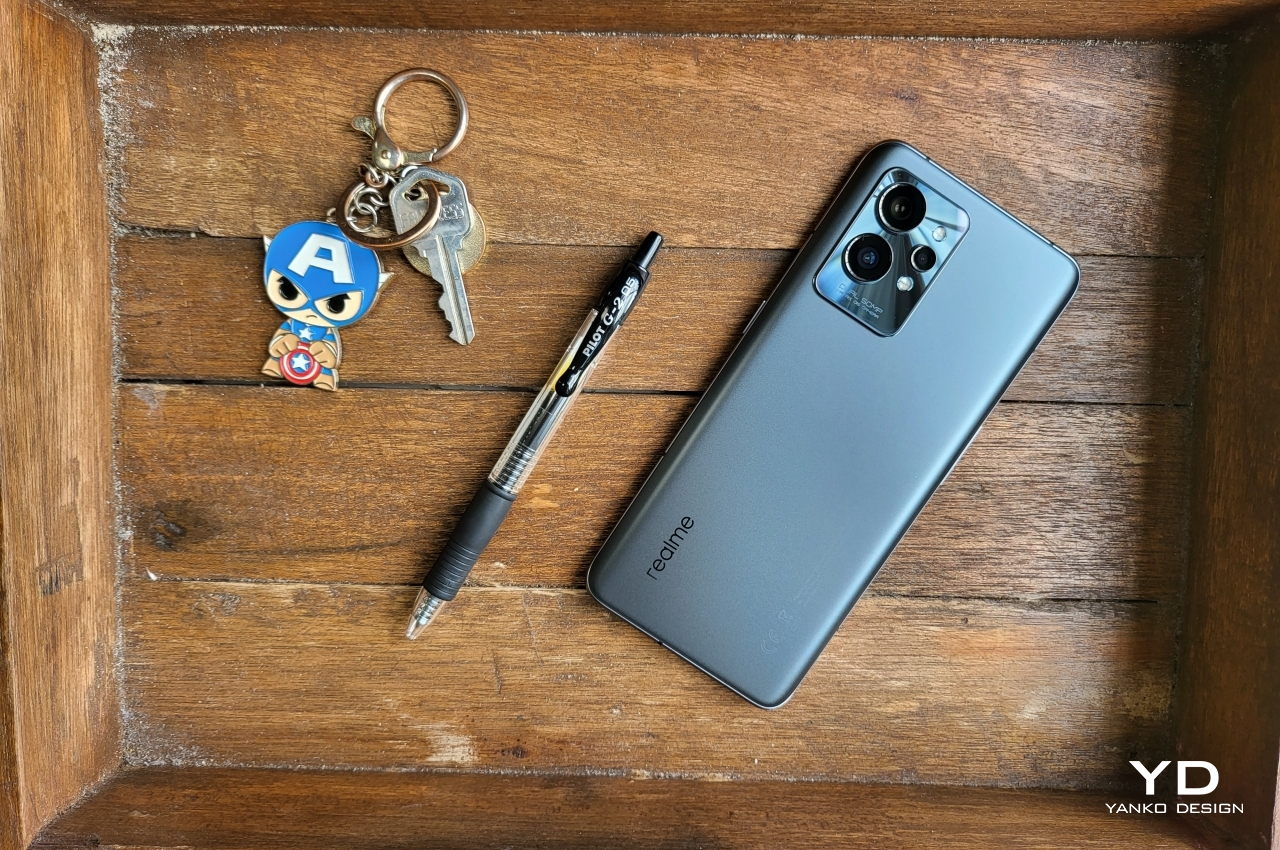
Value
Although it might not look or sound like it, the Realme GT2 Pro is a high-end premium smartphone in heart and in deed. If you get the Paper Tech editions, you even get the chance to flaunt it as a stylish designer phone. It has hardware that’s comparable to Samsung’s flagship Galaxy S22 and has cameras that are surprisingly good, even without all the marketing buzz. Given those factors, it might almost be surprising to learn that the phone costs under $1,000, at least in markets where it is available.
The phone’s value, however, extends beyond its actual features and design. To some extent, it is an embodiment of Realme’s sustainability vision and commitment, especially with the Paper editions. When a single purchase of a Realme GT2 Pro gets a tree planted and reaffirms the use of sustainable materials and practices, $1,000 might not be enough to truly show the phone’s actual value.
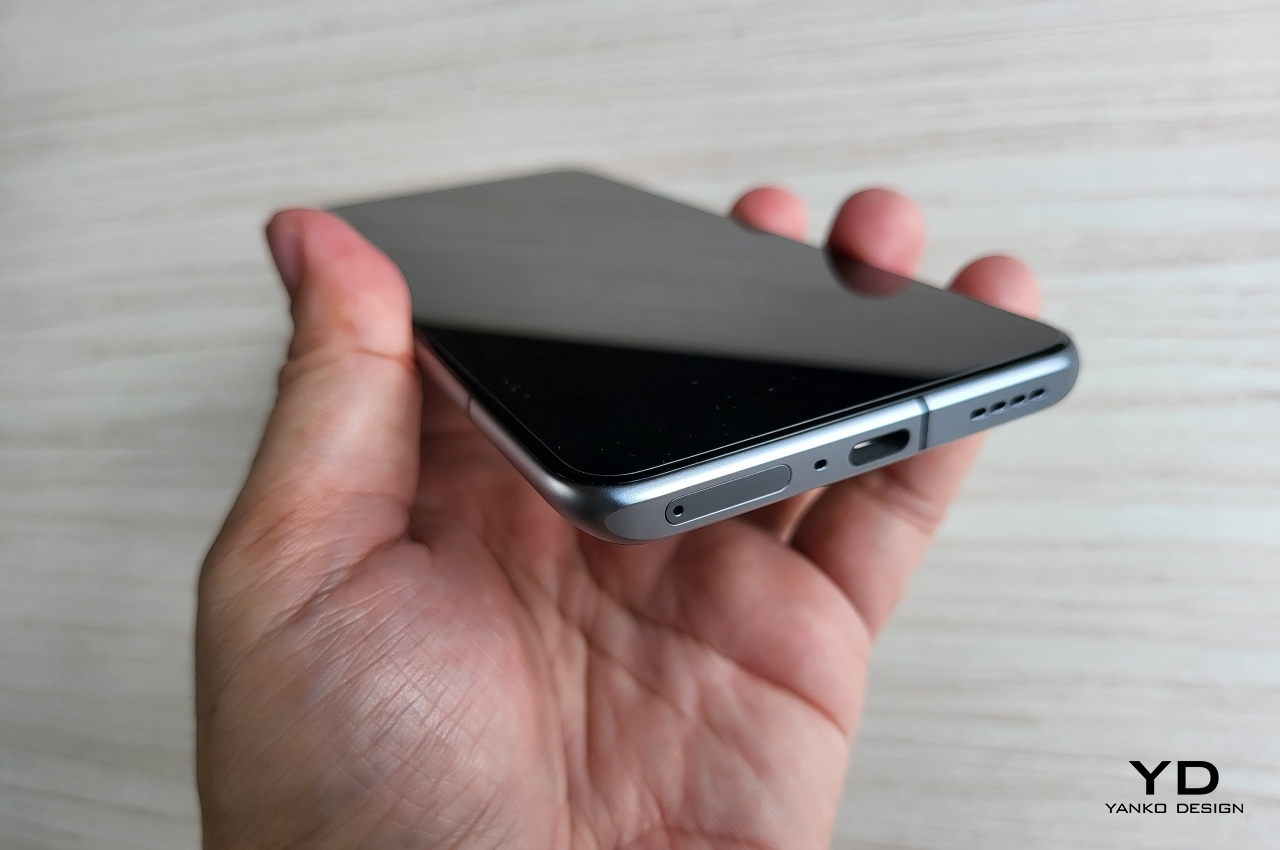
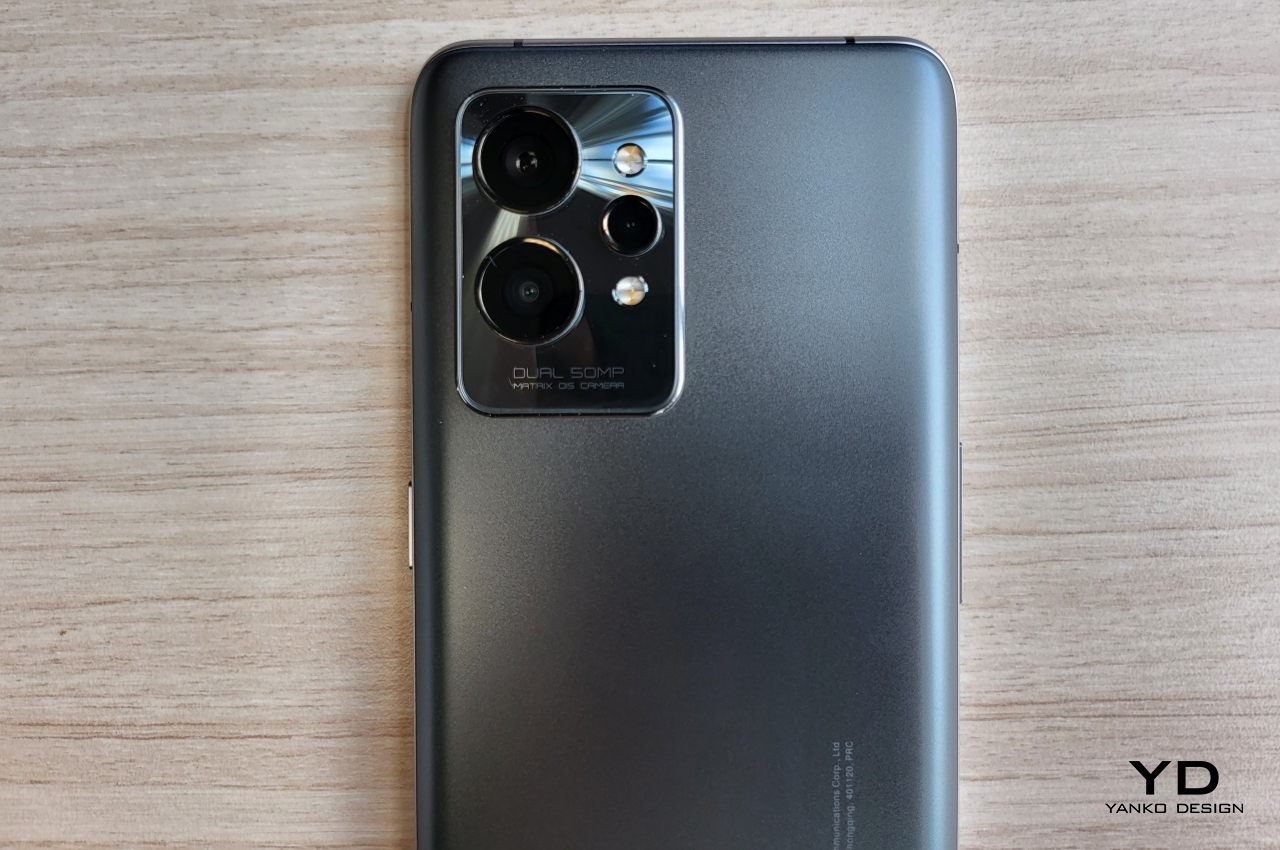
Verdict
Truth be told, it’s hard to get excited over a phone whose design has been used over and over again, especially because the smartphone market has conditioned our minds to equate different with exciting. If not for the Paper Tech Master Design, even the White and Green colors of the phone might not be enough to call attention to it. Unfortunately, that would be a huge mistake, given how the Realme GT2 Pro, despite its subdued looks, is actually a powerful and impressive computer in your pocket.
The phone, however, is more than just its specs and its design. It stands for a different way of thinking and a different way of making phones. This year, Realme made a big splash about its sustainability efforts, putting its vision of a Greener Tomorrow front and center. Hopefully, it doesn’t stop with the GT2 Pro, and the company will continue making noise in every new generation of phones that will flood the market.
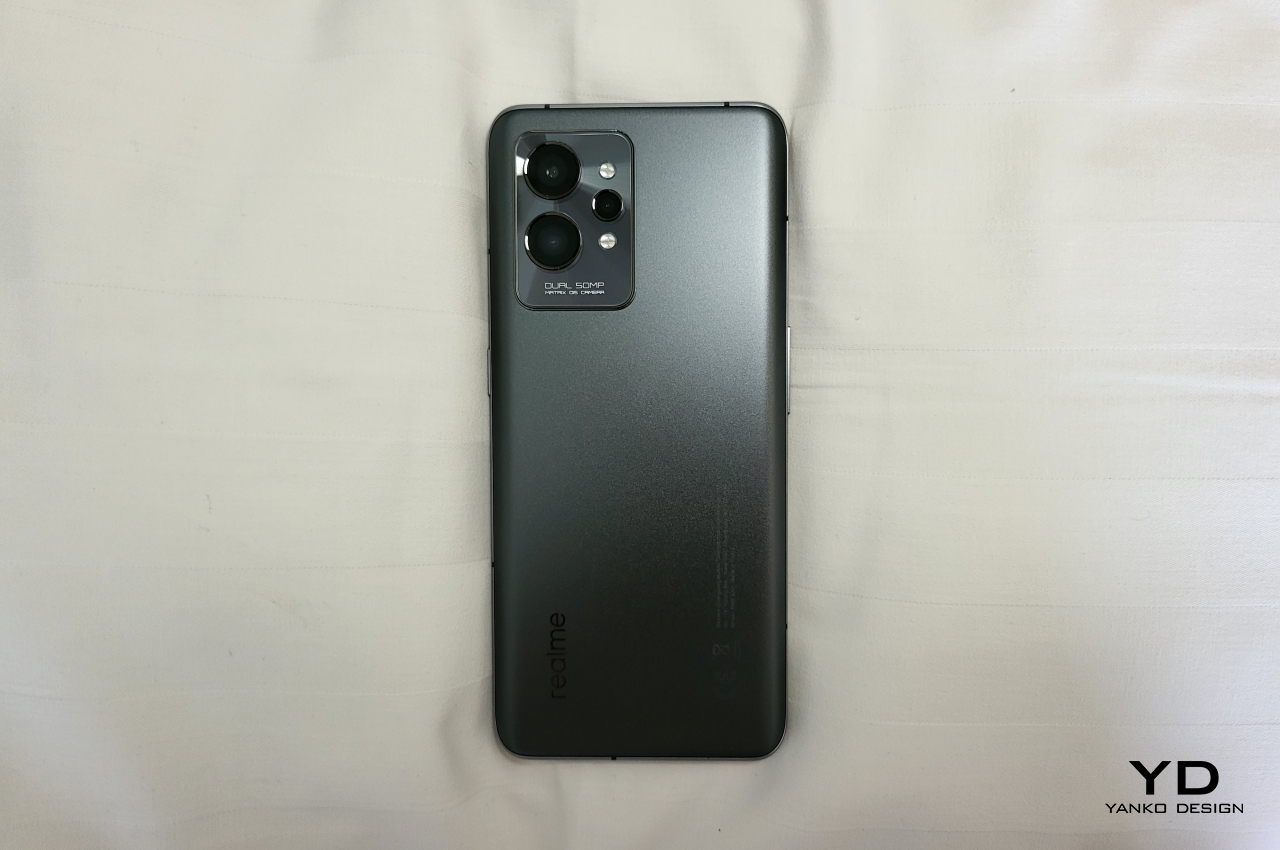
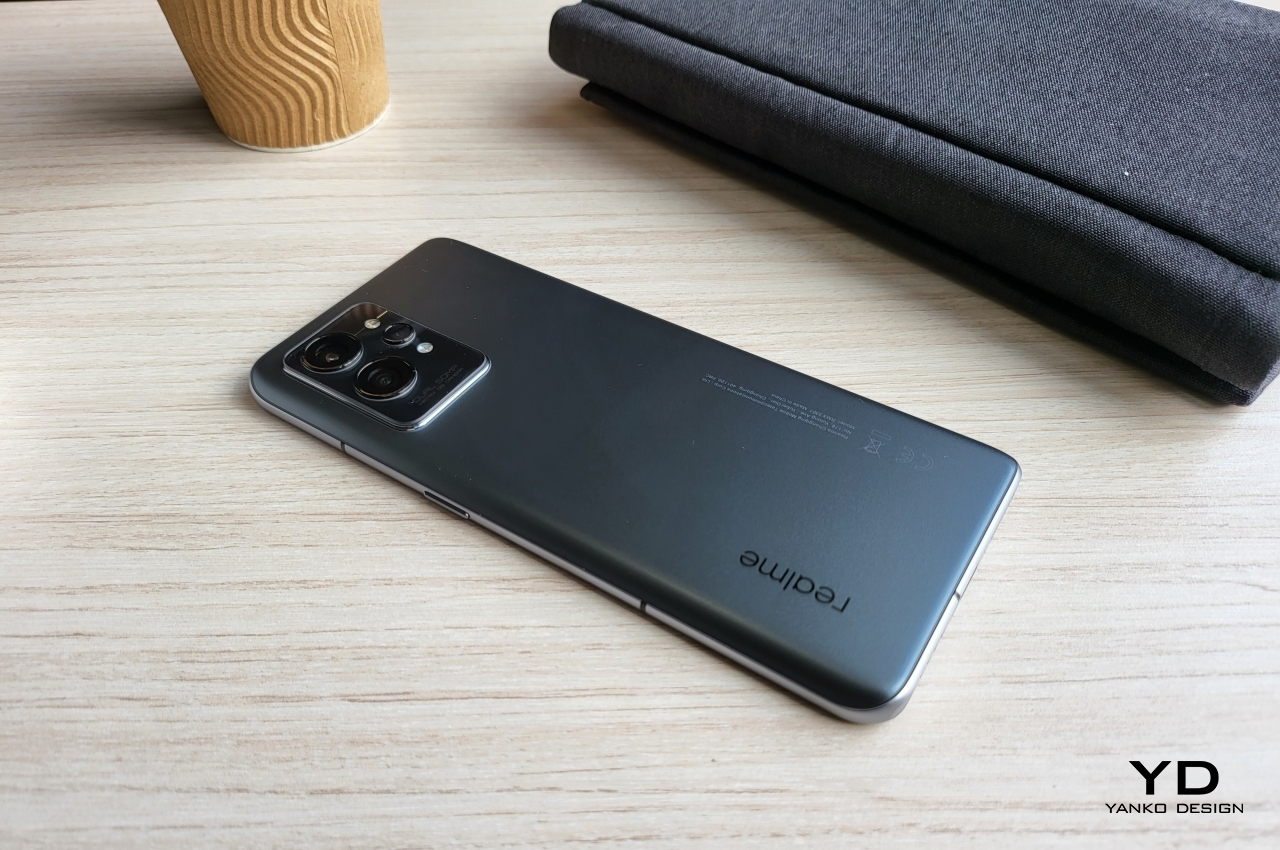
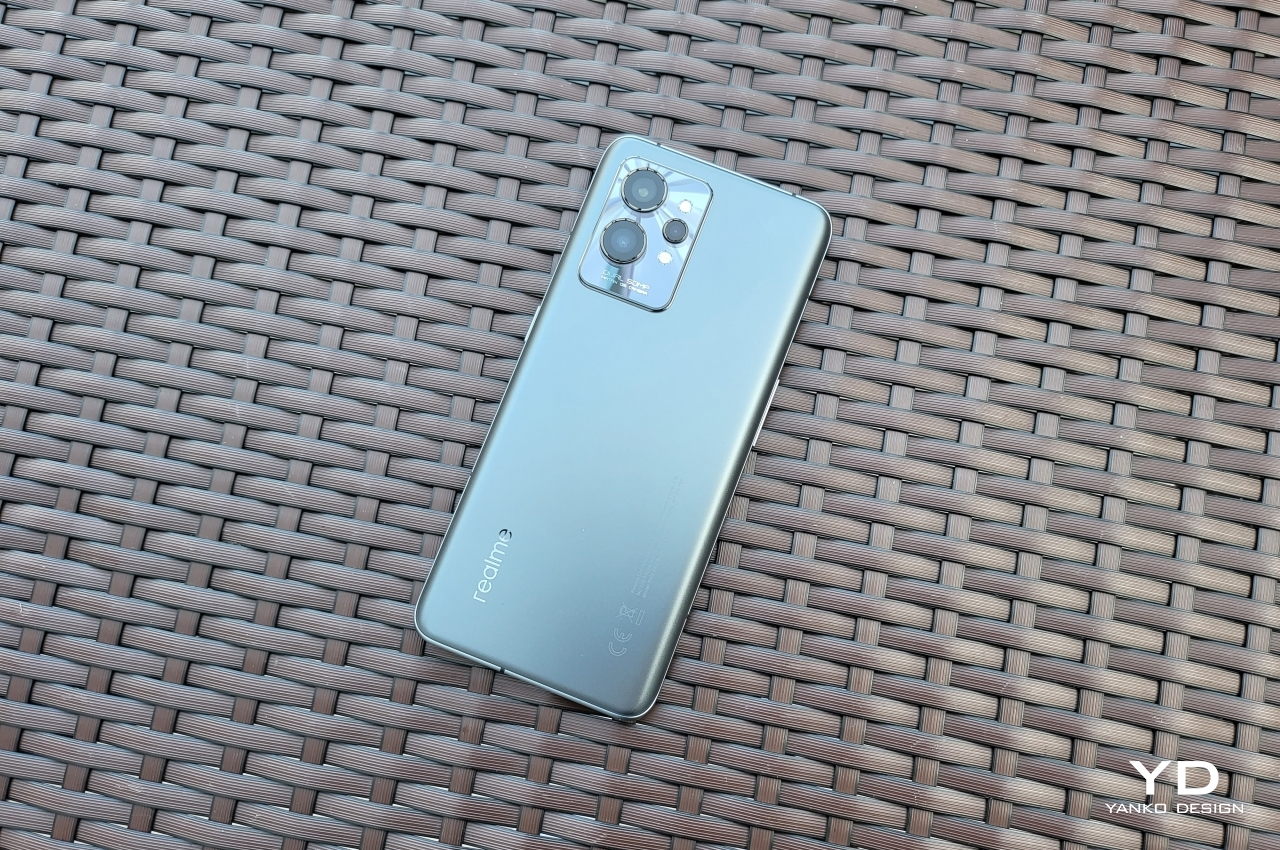
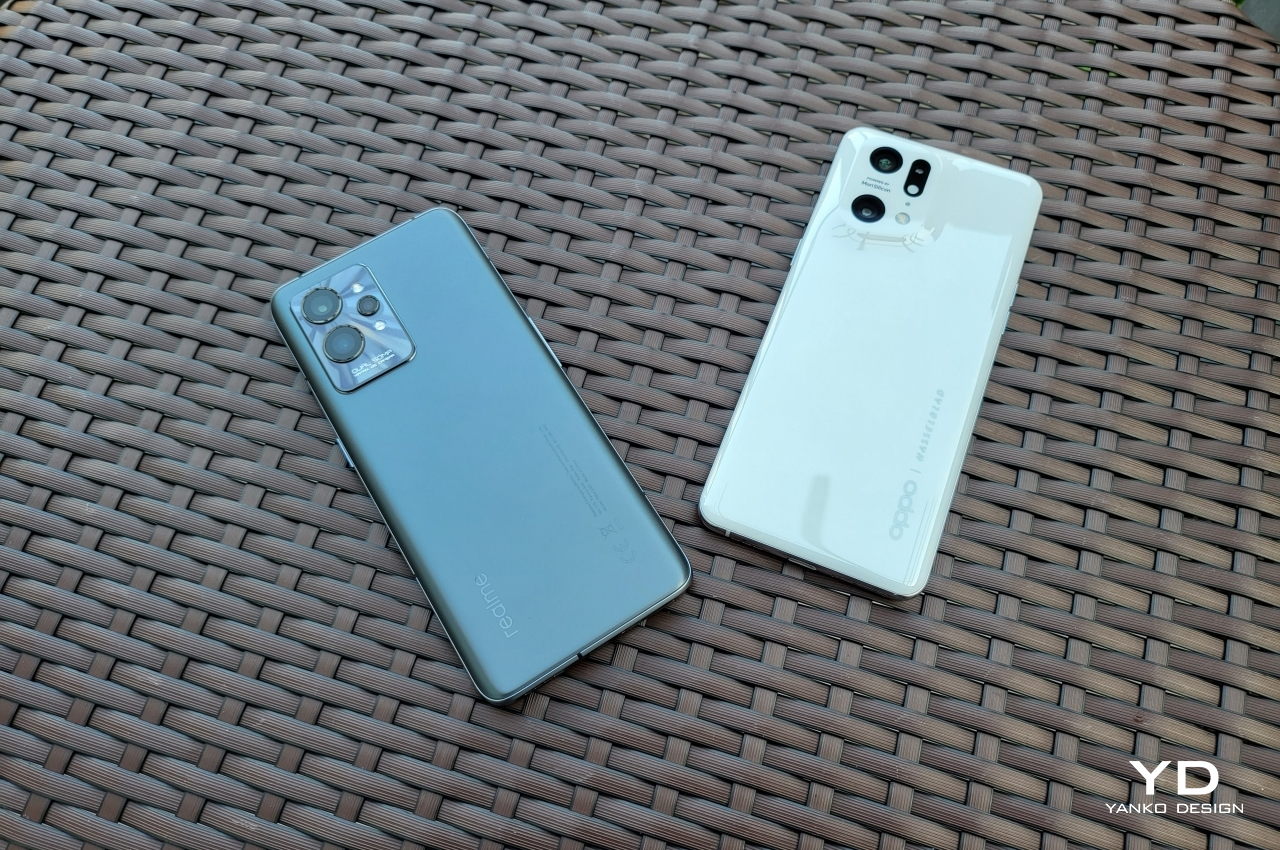
The post Realme GT2 Pro Review: Designing a Greener Tomorrow first appeared on Yanko Design.


